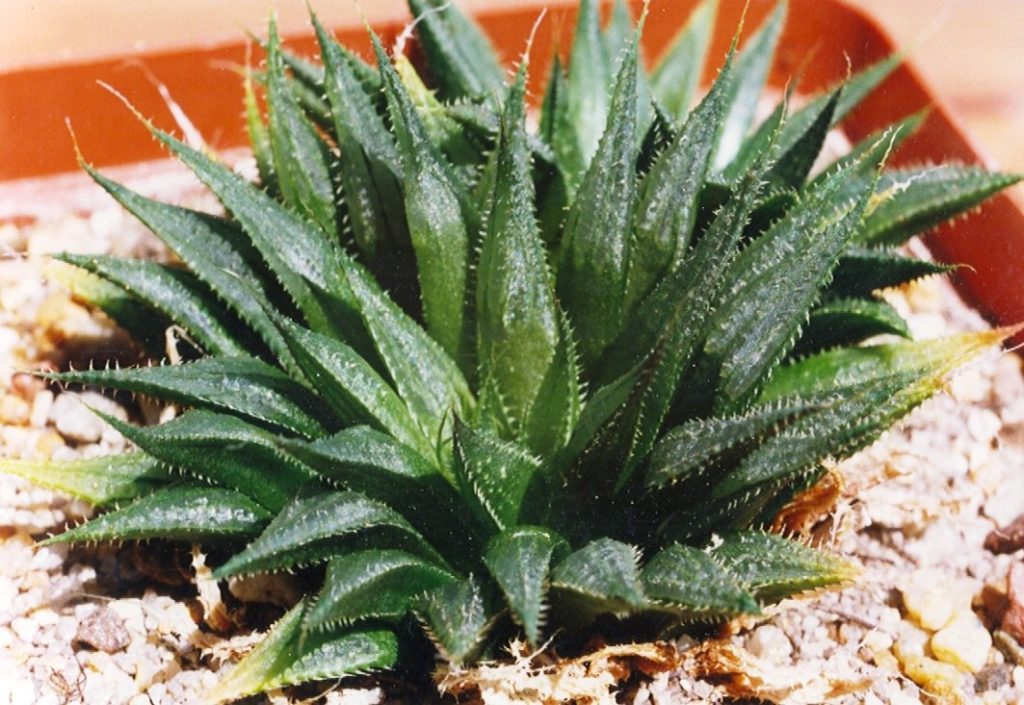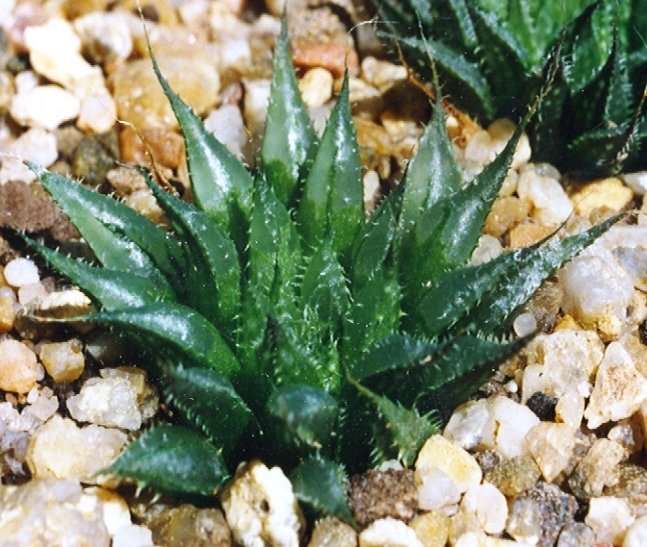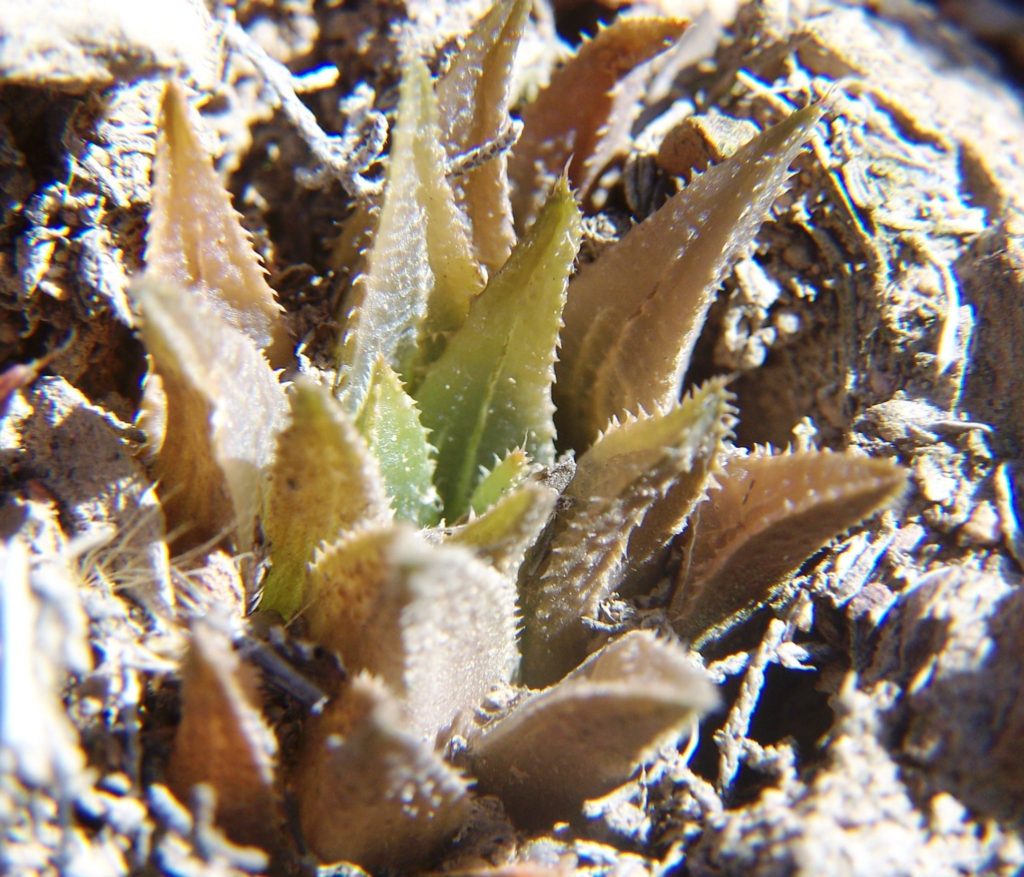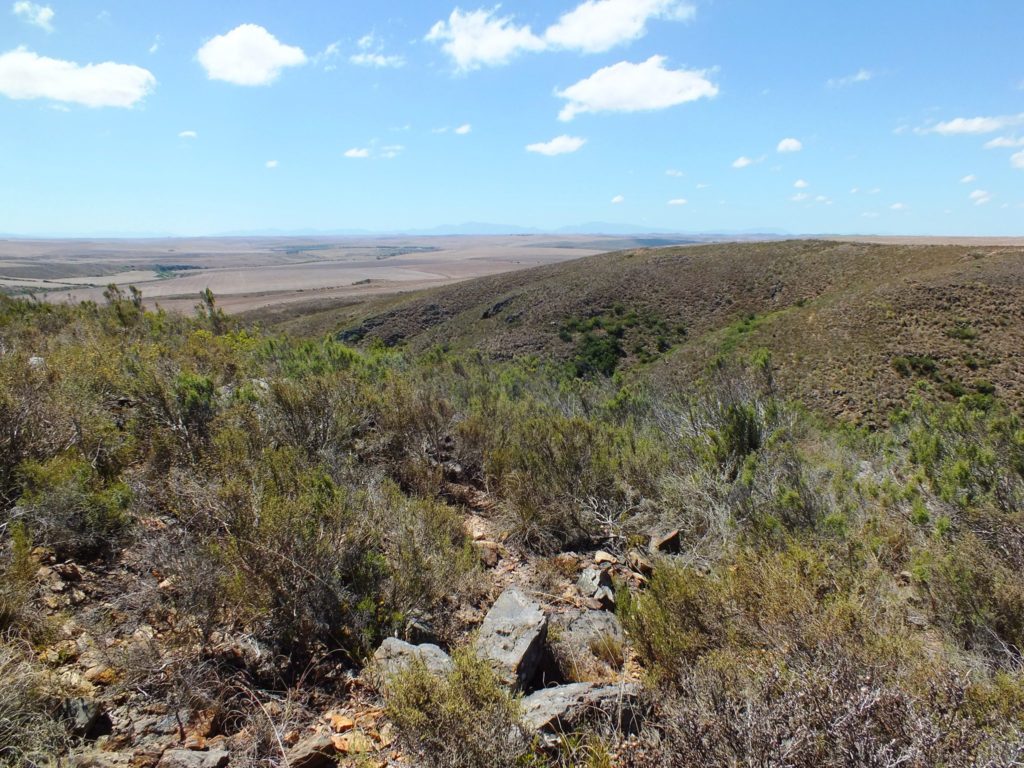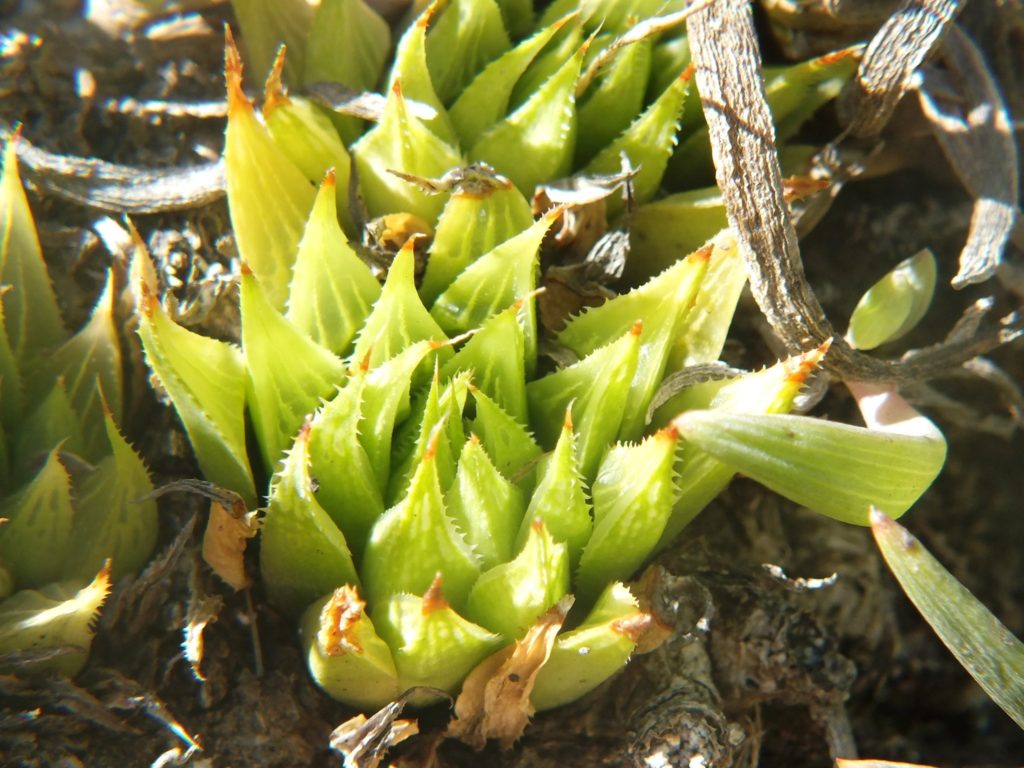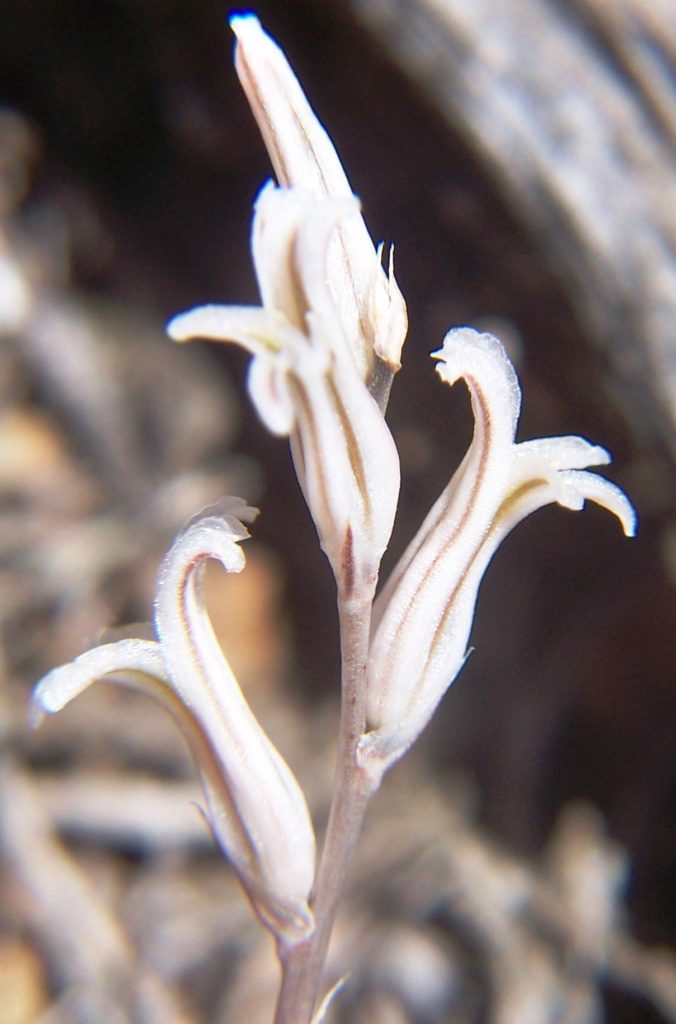While generally presenting the things that constitute mirabilis, I have mentioned rossouwii. It seems to be generally assumed that the species are real discrete things that can be fitted into some sort of classification structure. This is definitely not true. At one stage I thought there might be a species heidelbergensis, and consequently named a population north of Bredasdorp as its var minor. So let us look at the issue. Before I get to that particular population, look at these plants to the west …
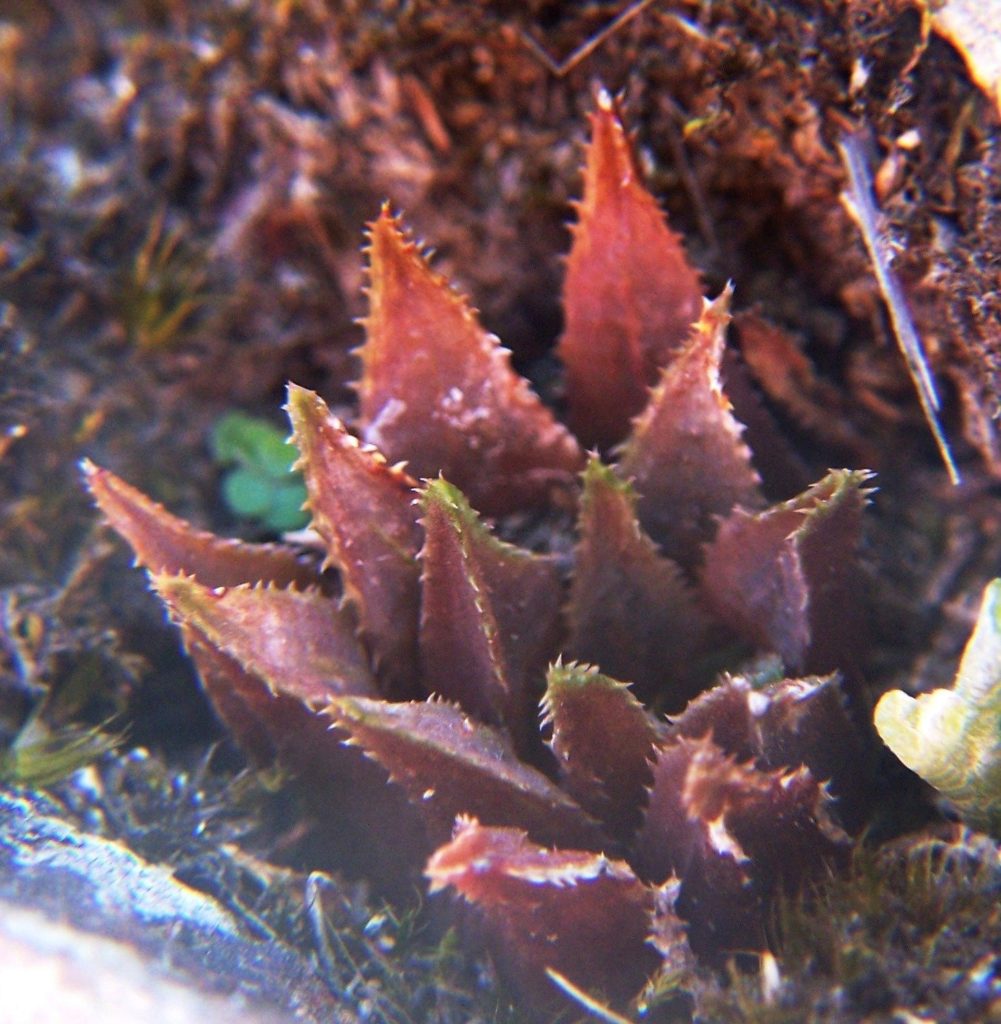
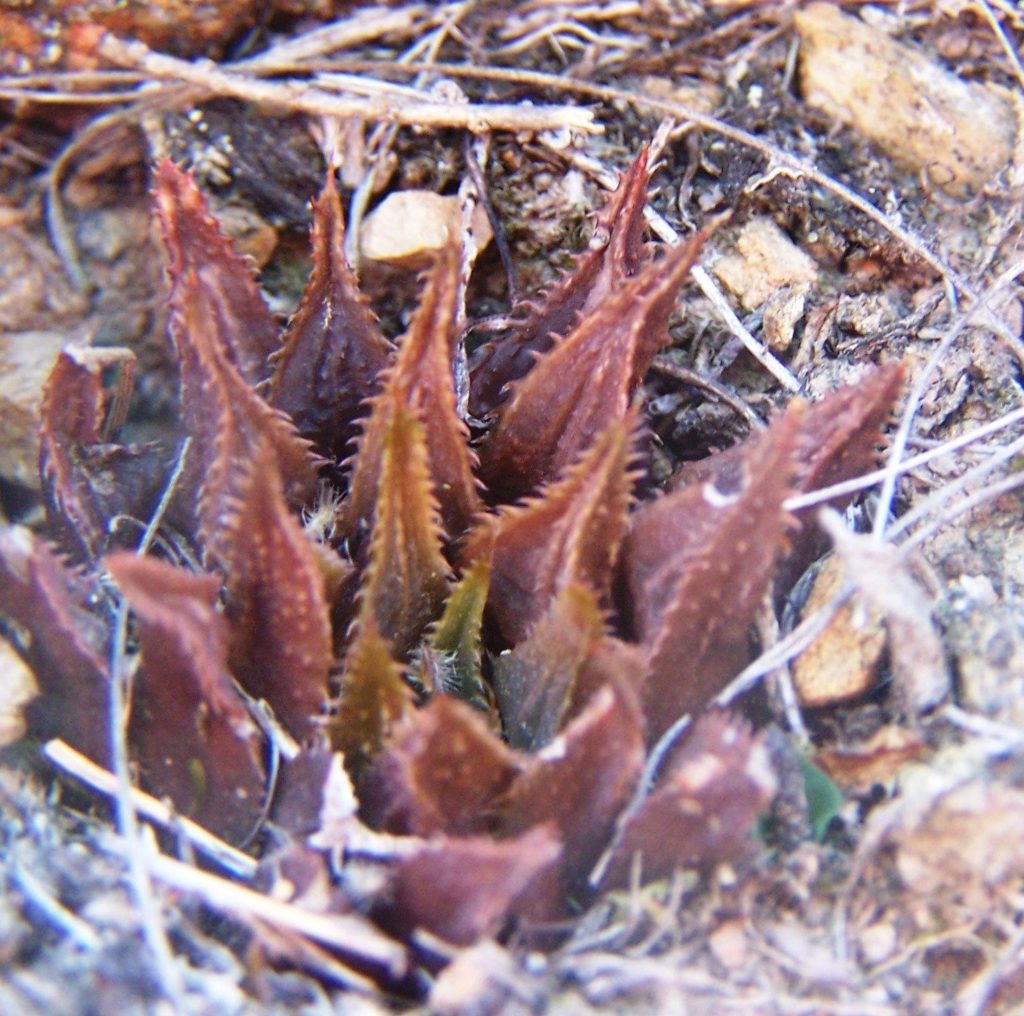

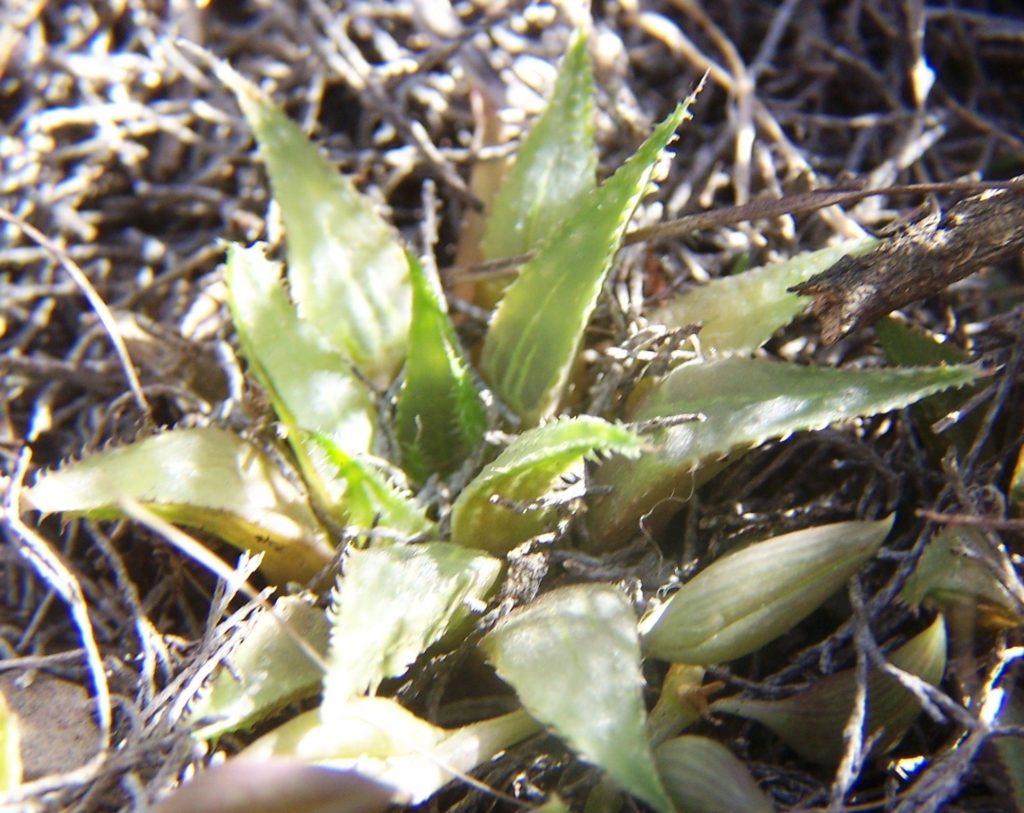
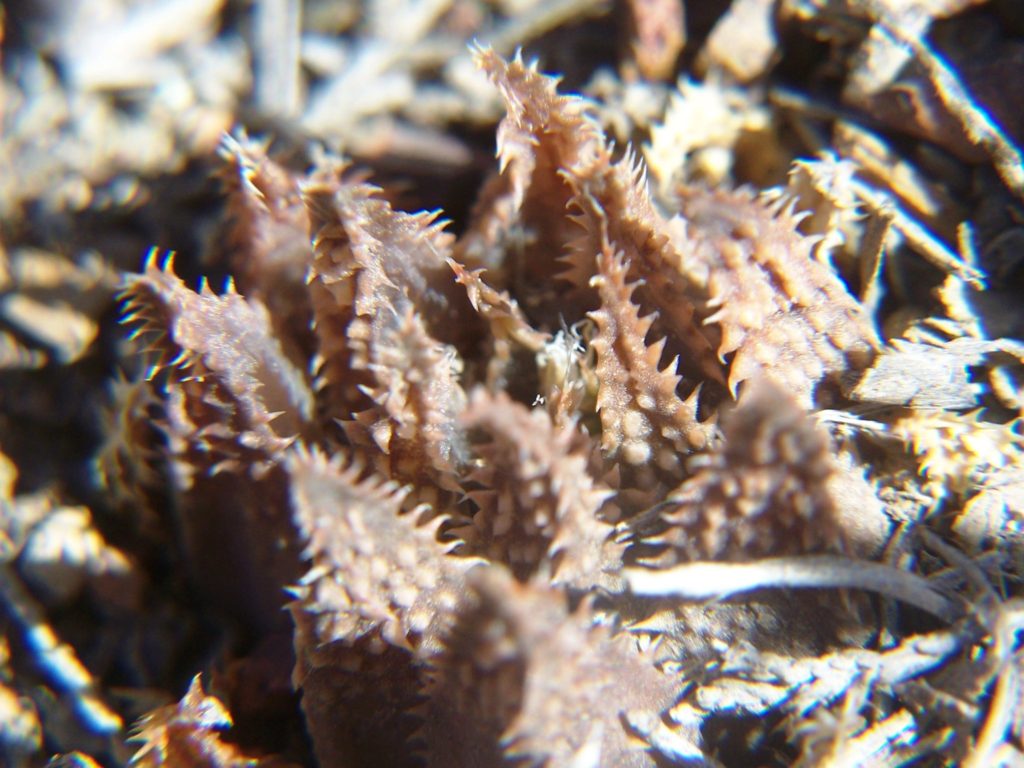
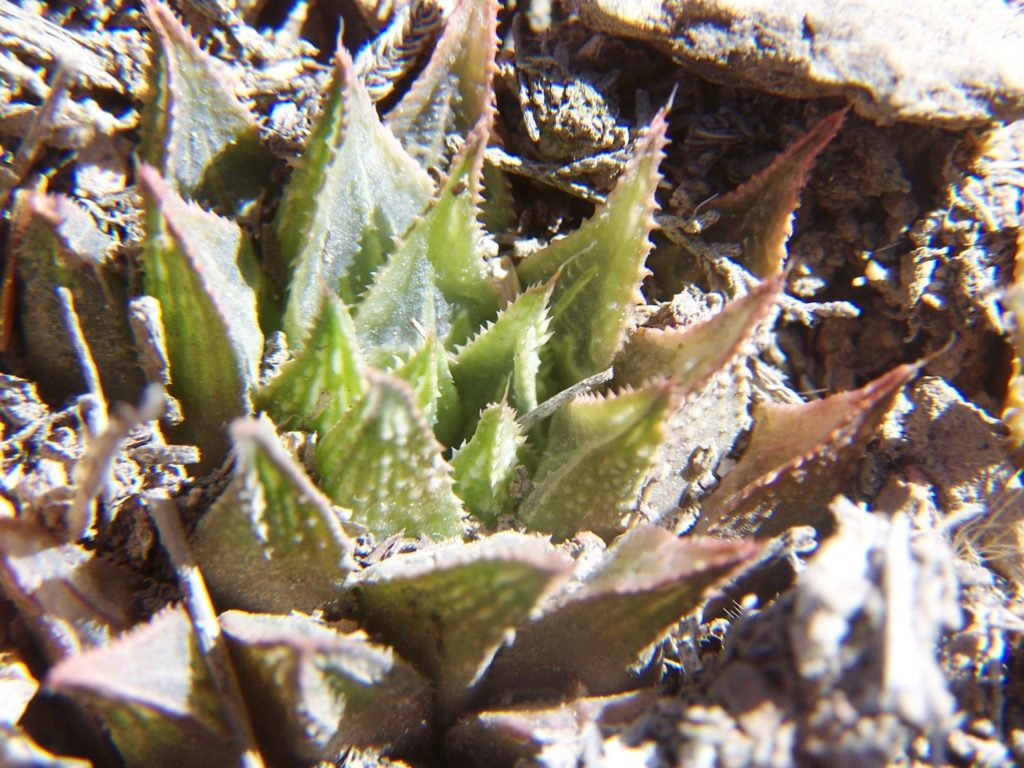

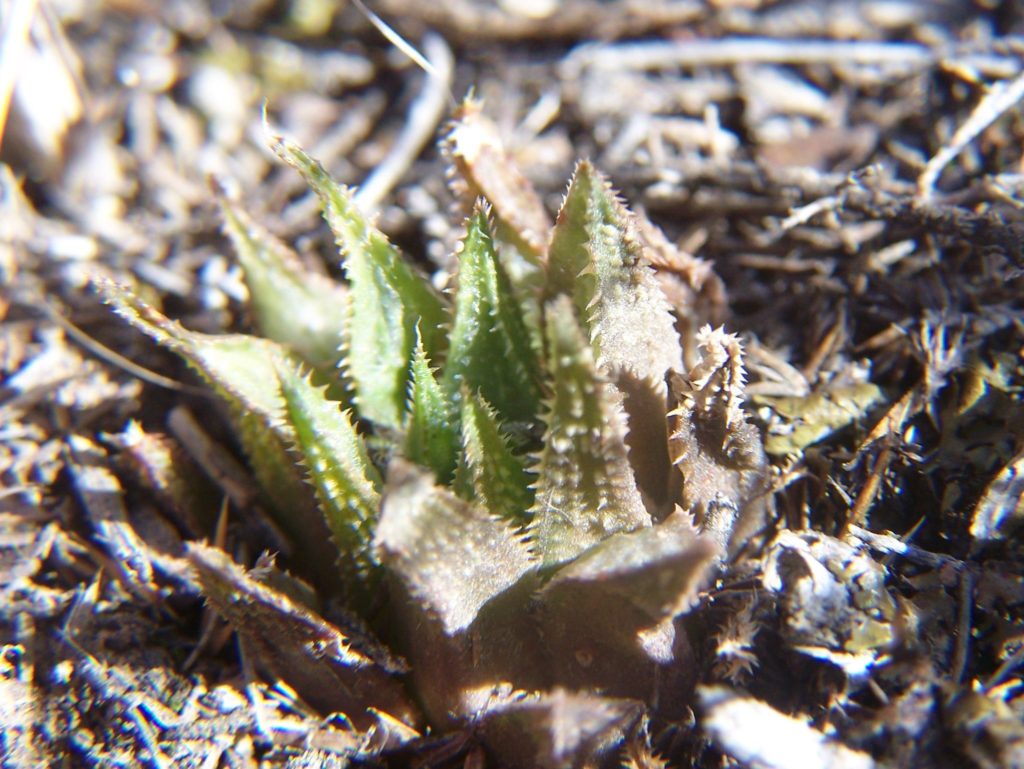
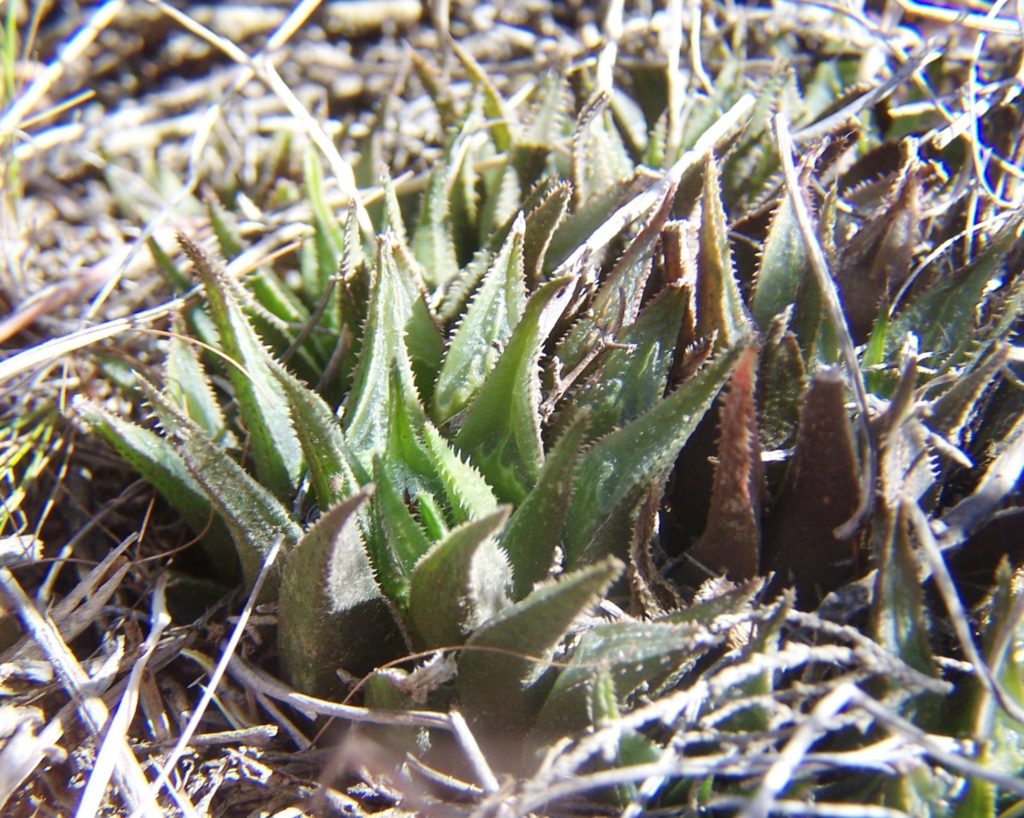
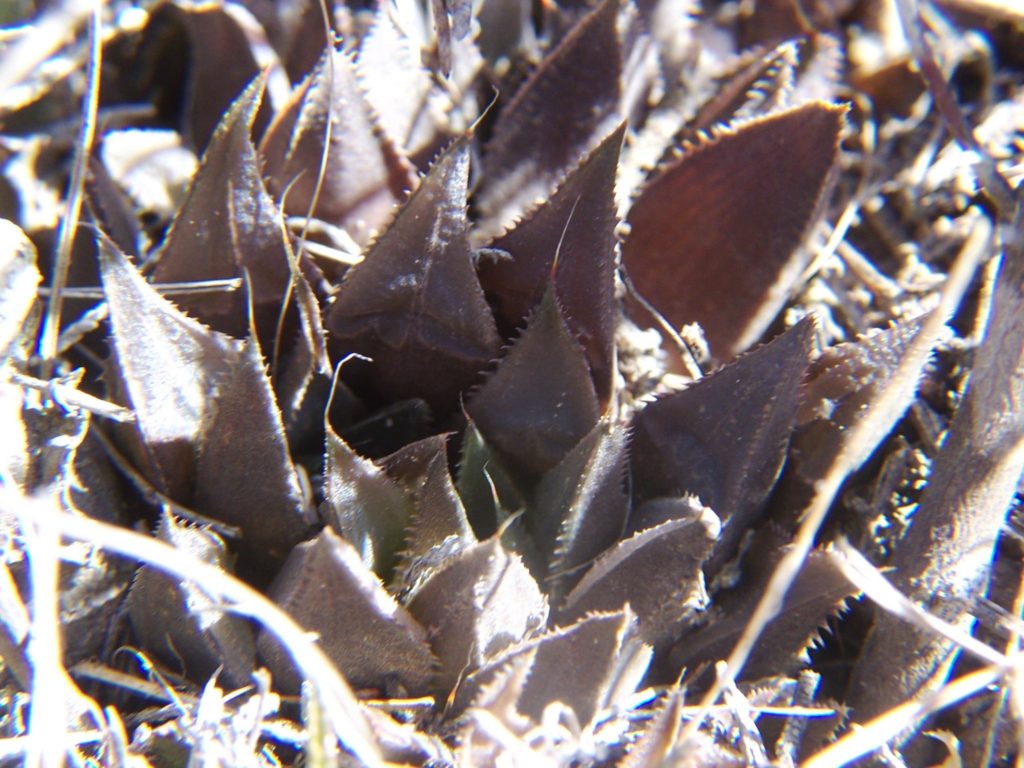
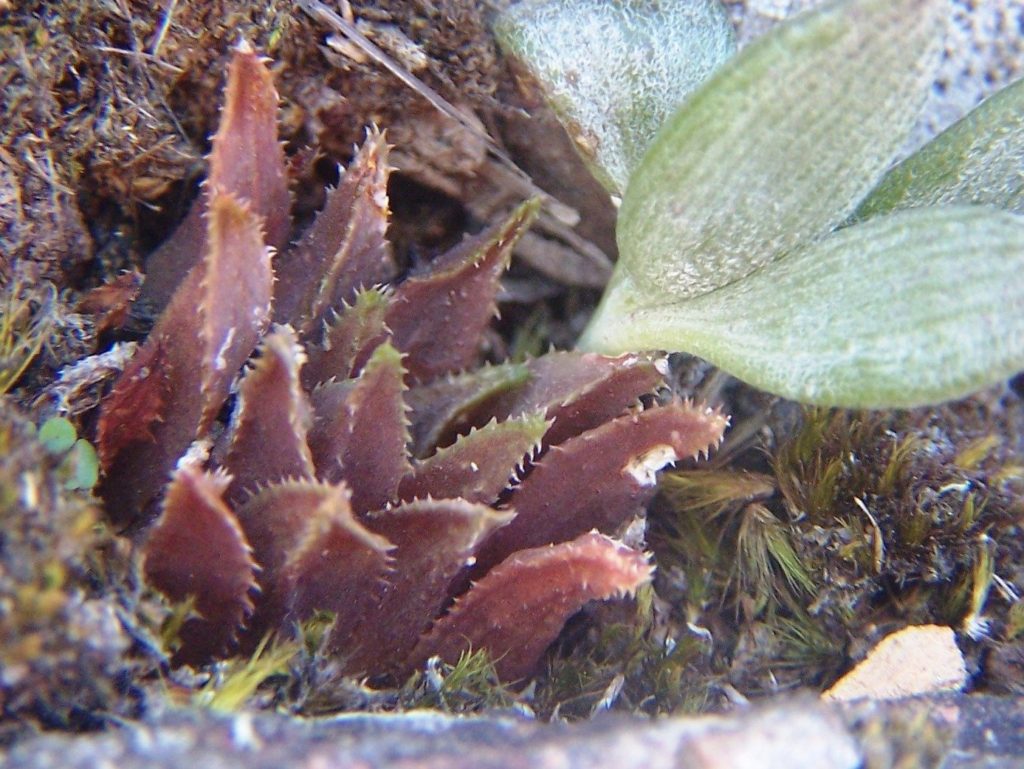
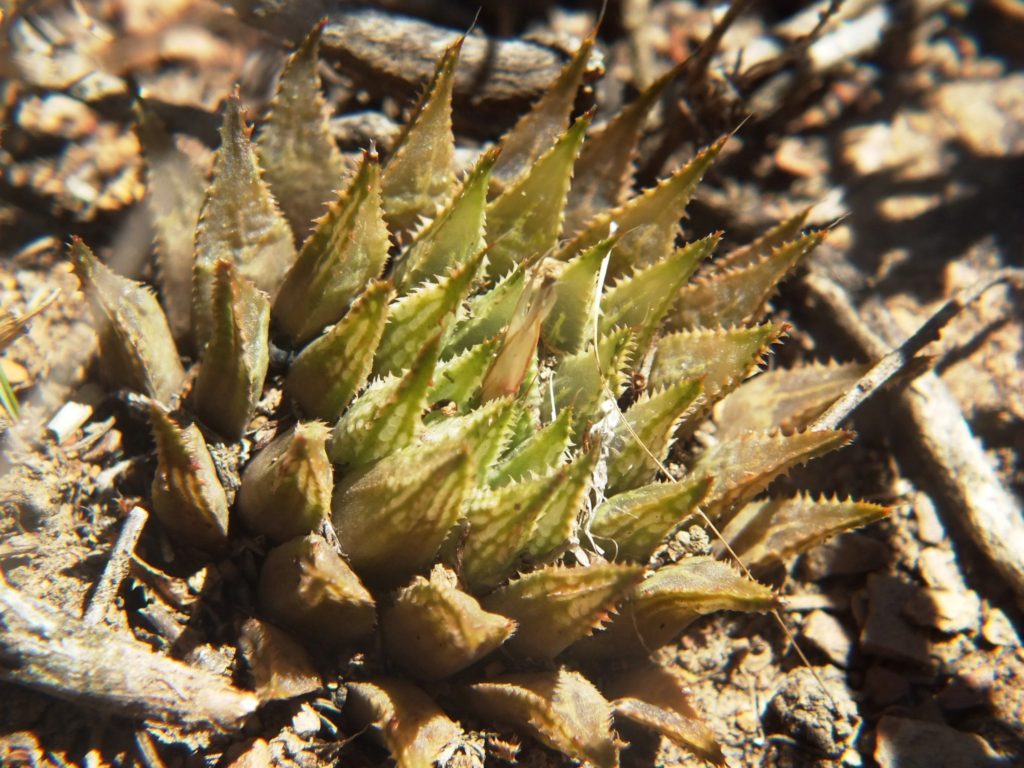
When my hard drive crashed I was just going to start the mirabilis heidelbergensis conundrum. It is not an area I like at all because there is no clarity as already indicated. So here is a population close to the origin of Smith’s “heidelbergensis” – but these are big plants and I file them as retusa/turgida when they could better be turgida/mirabilis or retusa/mirabilis. It is so easy to generate opinion and comment when there is not much information available. So I made a selection of photographs of 20 or so populations to indicate what has to be incorporated in a classification – somehow or other! Often pictures are poor and then I only have since about 2004. Another problem is seasonal difference. One is not always lucky to get to a population when the plants are filled out and actively growing, while they are not the same year by year either. Much is made of growing and observing these plants in cultivation. Bananas! All very well for ten, twenty even 100 populations. But impractical for hundreds.
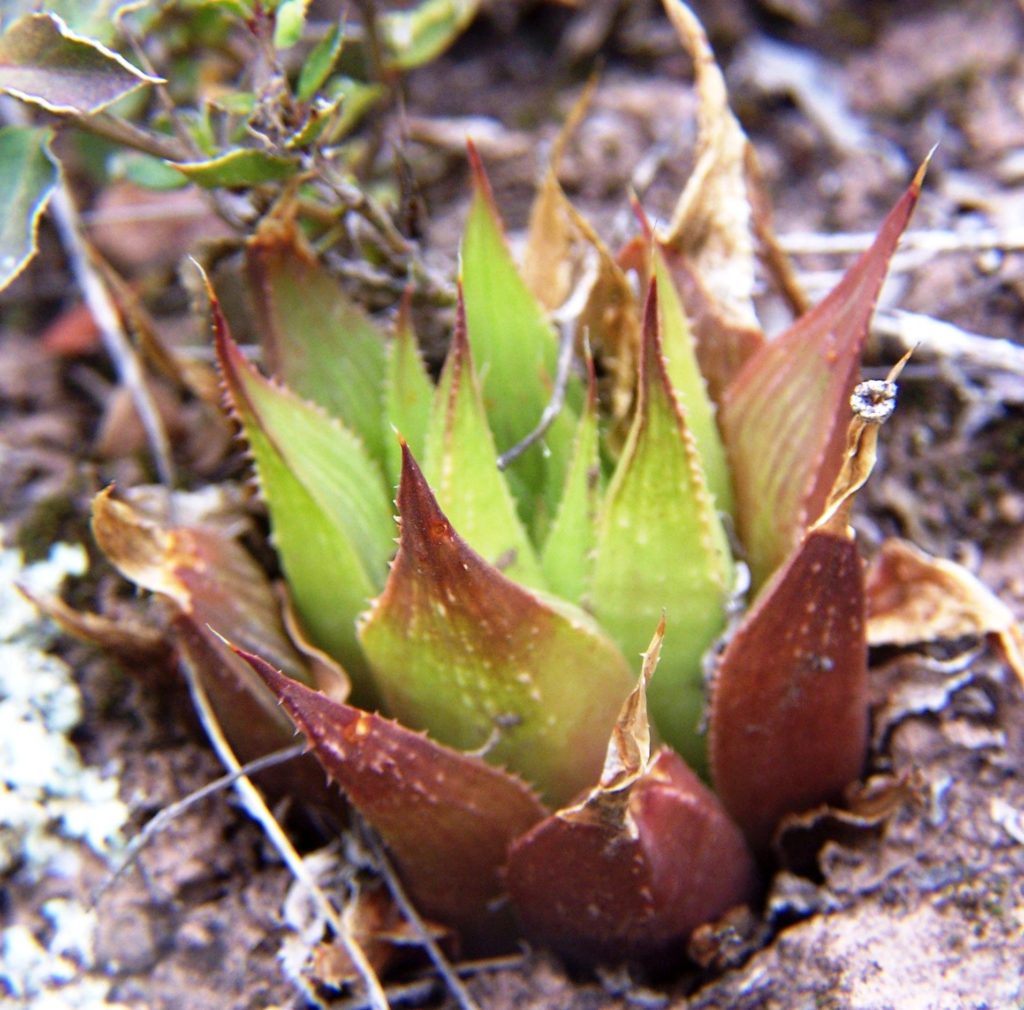
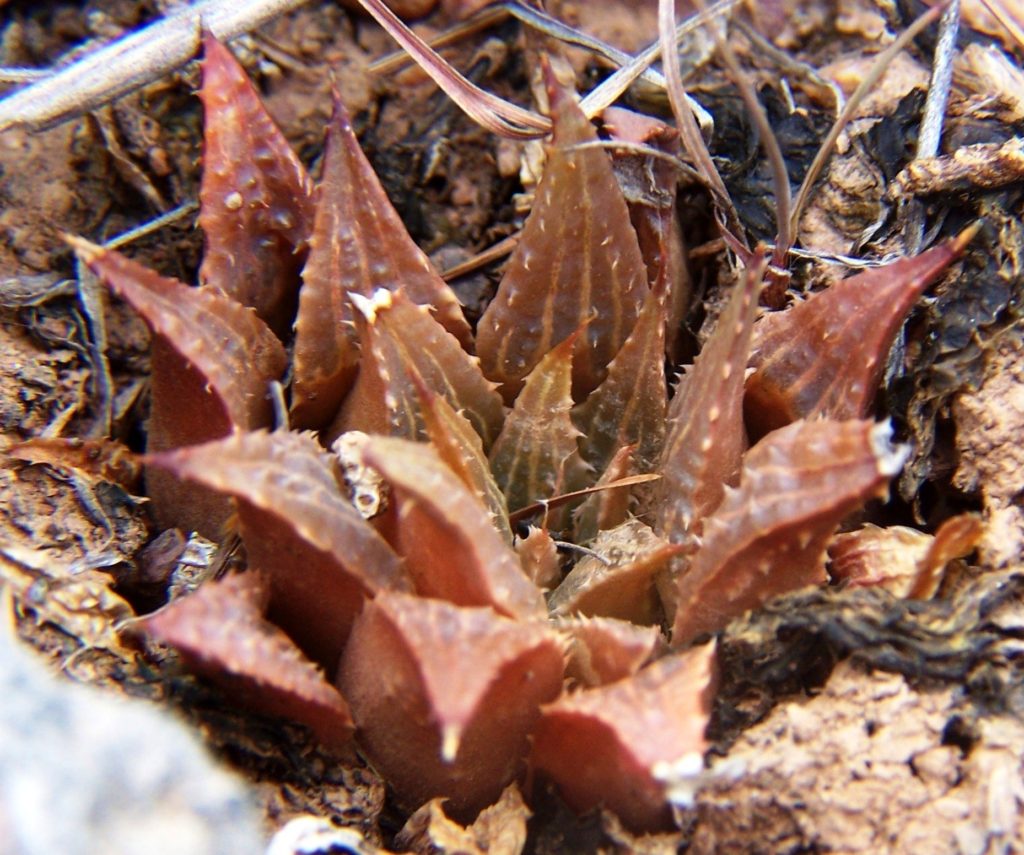
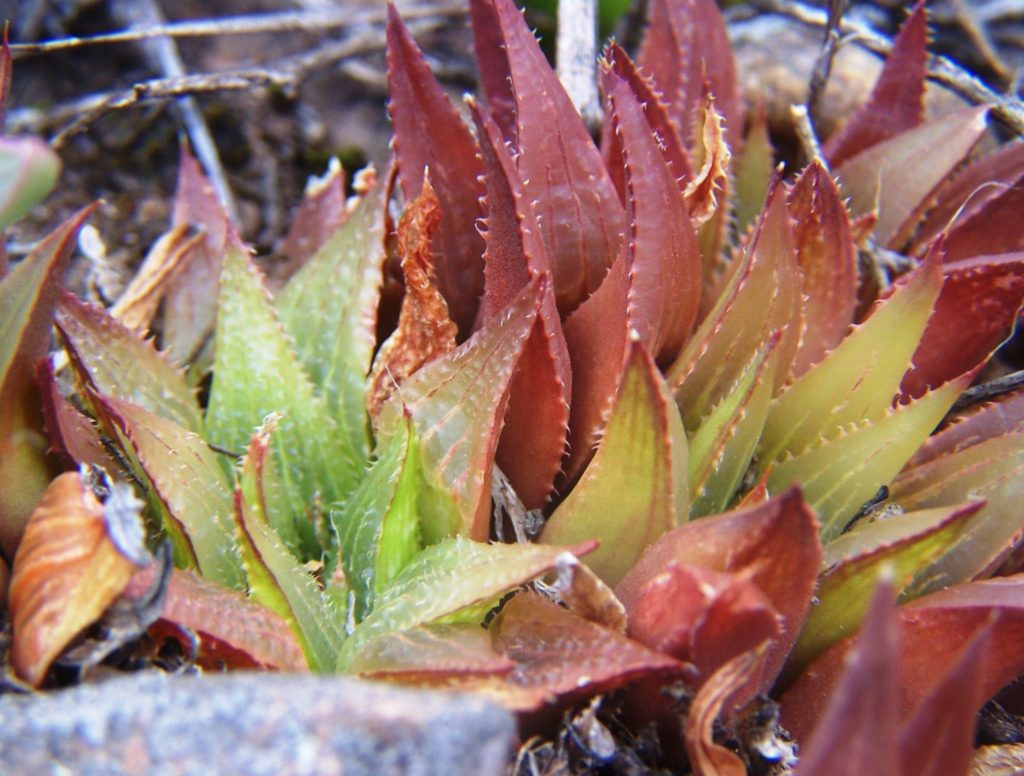
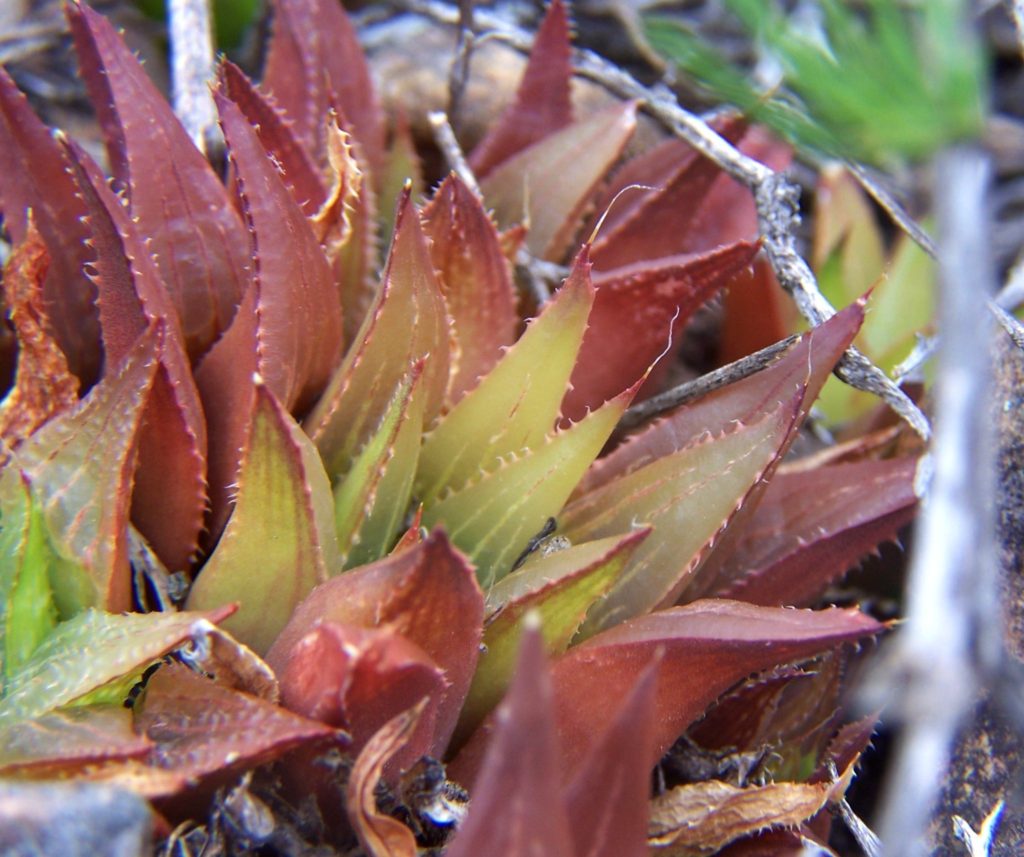
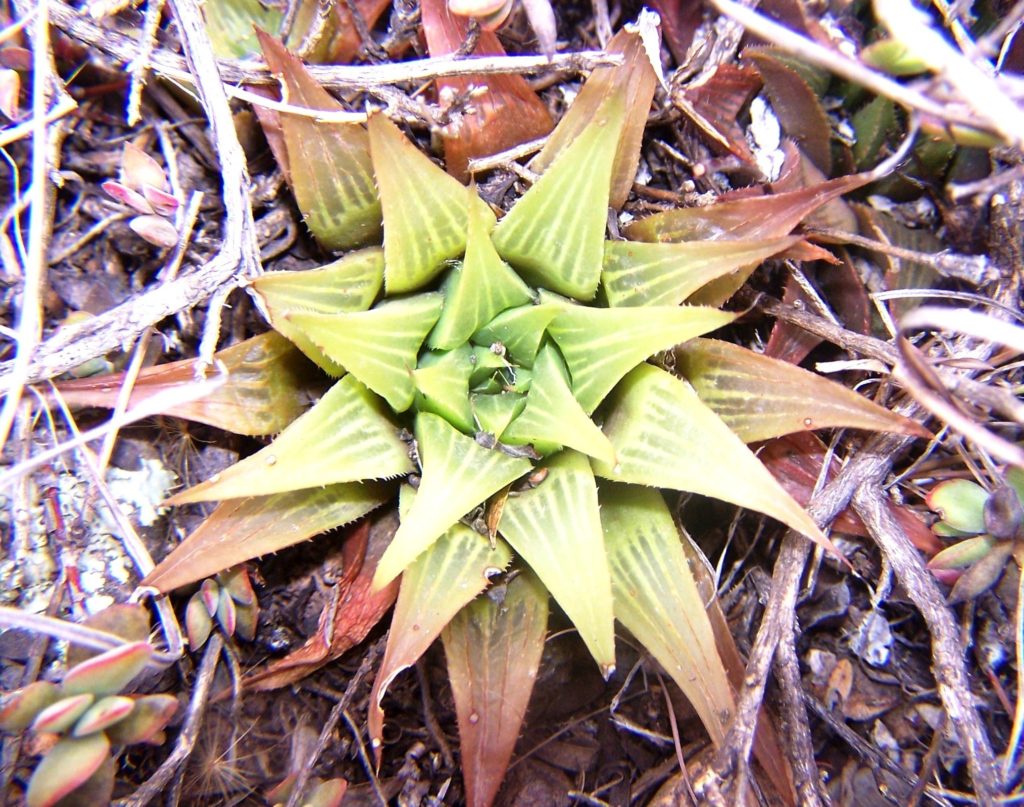
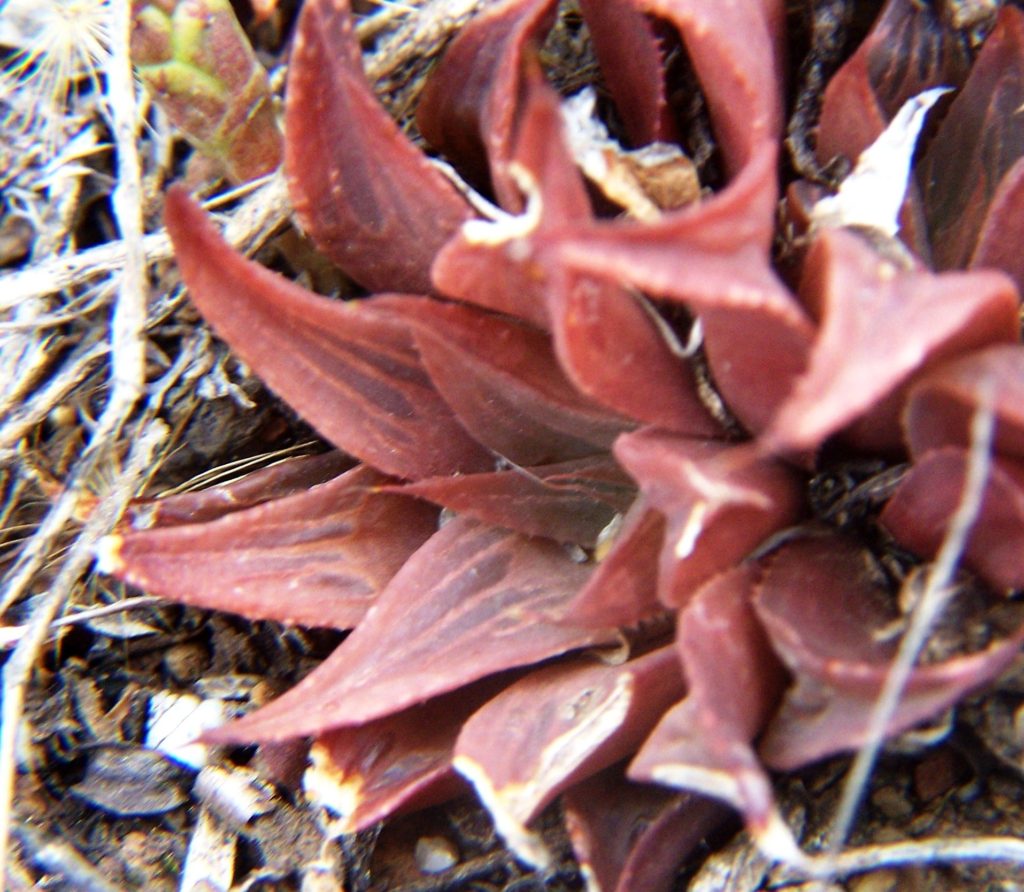
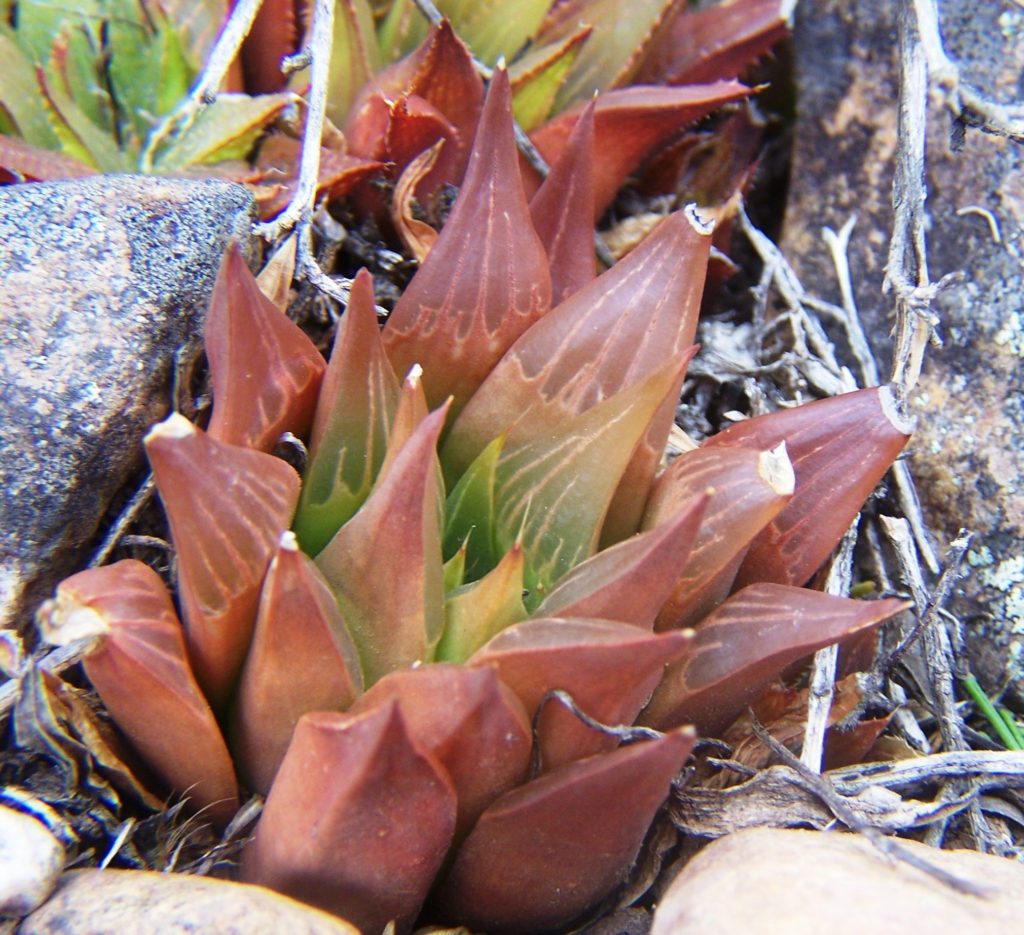
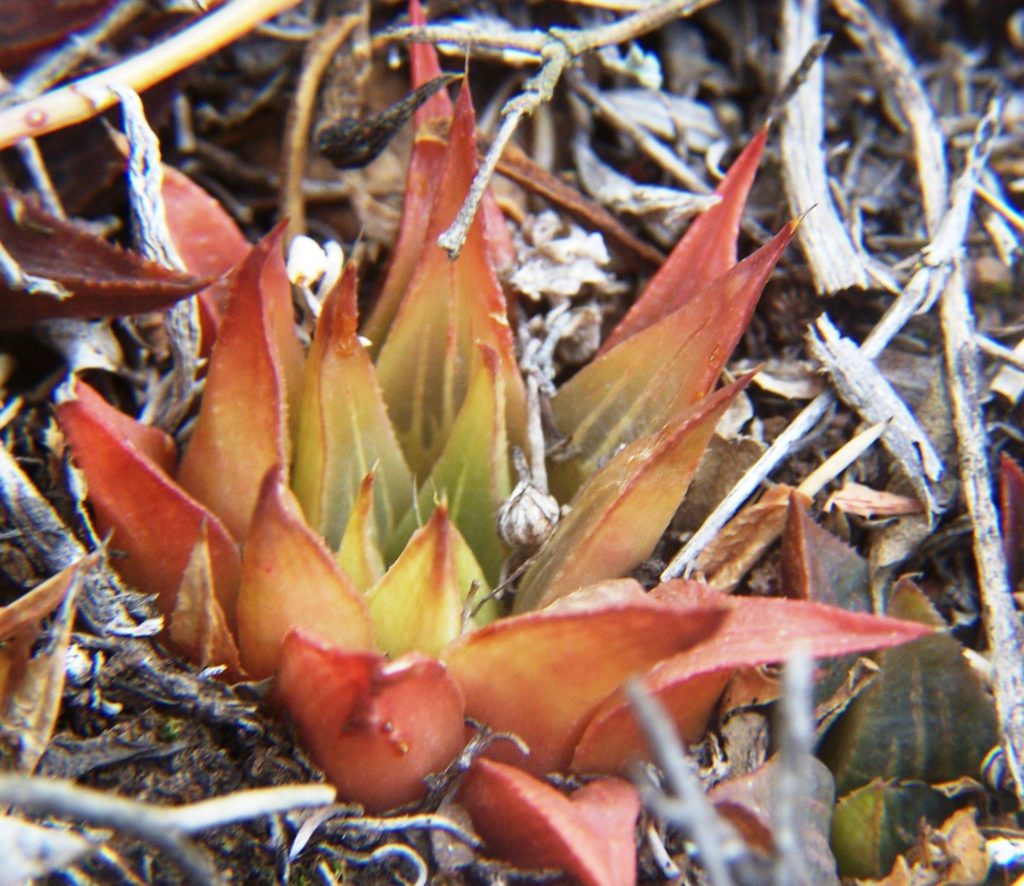
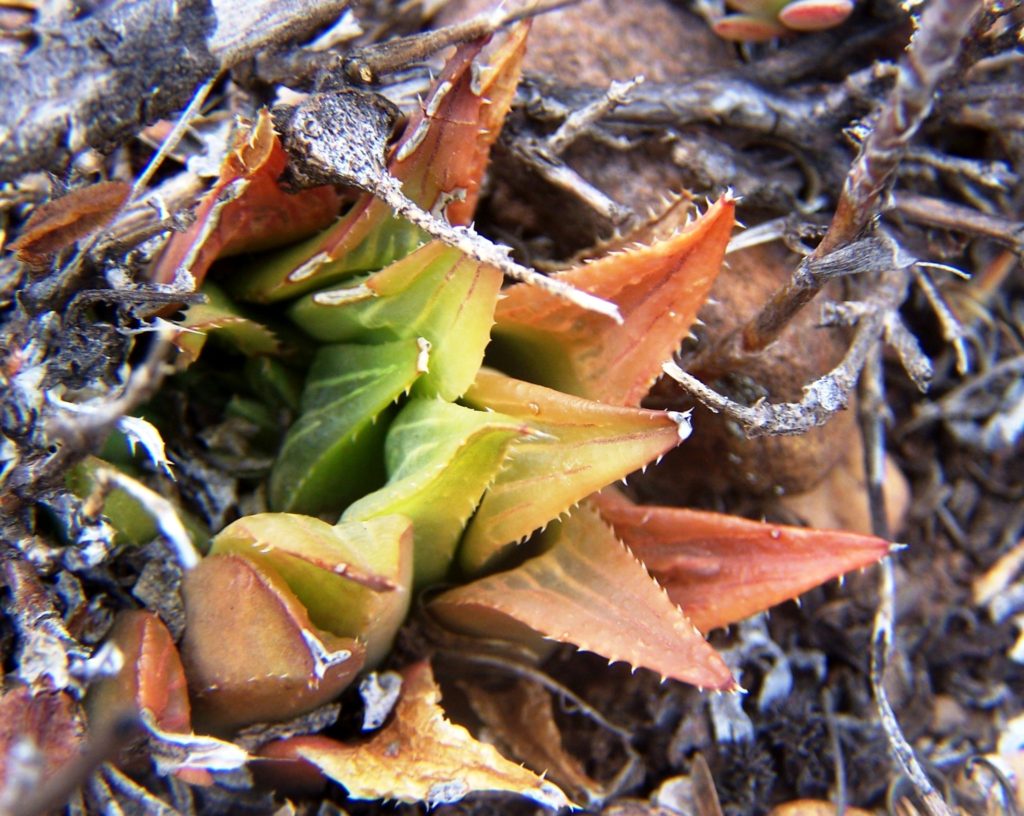

About 800m west of the type locality for “heidelbergensis” and 400m N of the previous post of large plants, these are small and roughly equate to ‘heidelbergensis’. Here the plants are turgid and greenish coloured as opposed to the much darker and shriveled in the dry season or spell. Being dark coloured they are invariably well sheltered under other vegetation.

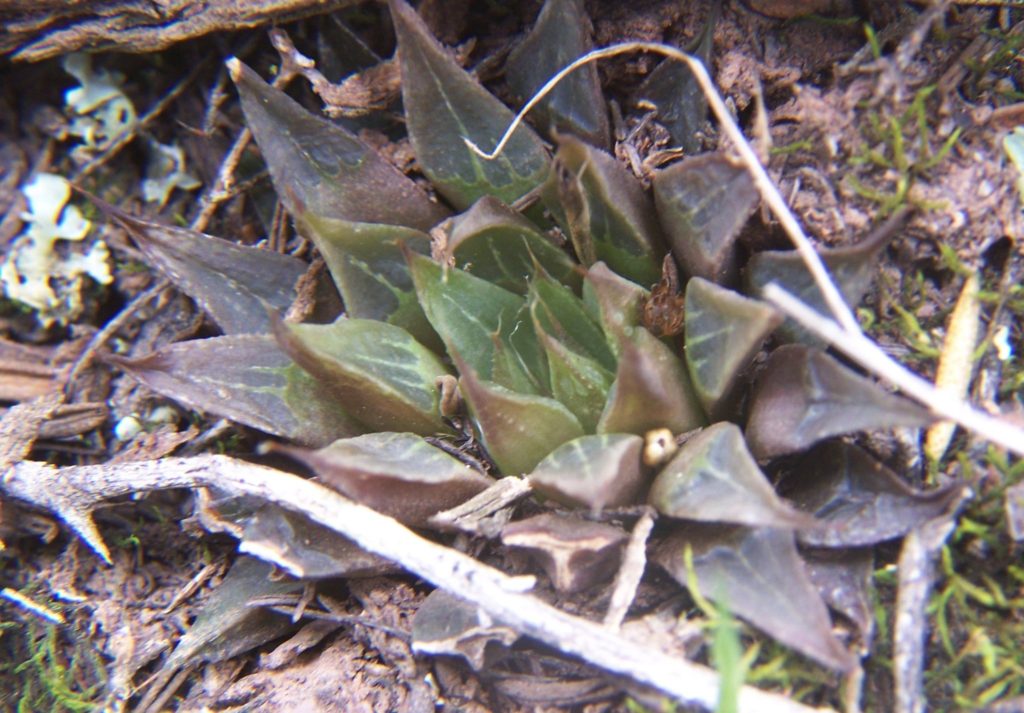


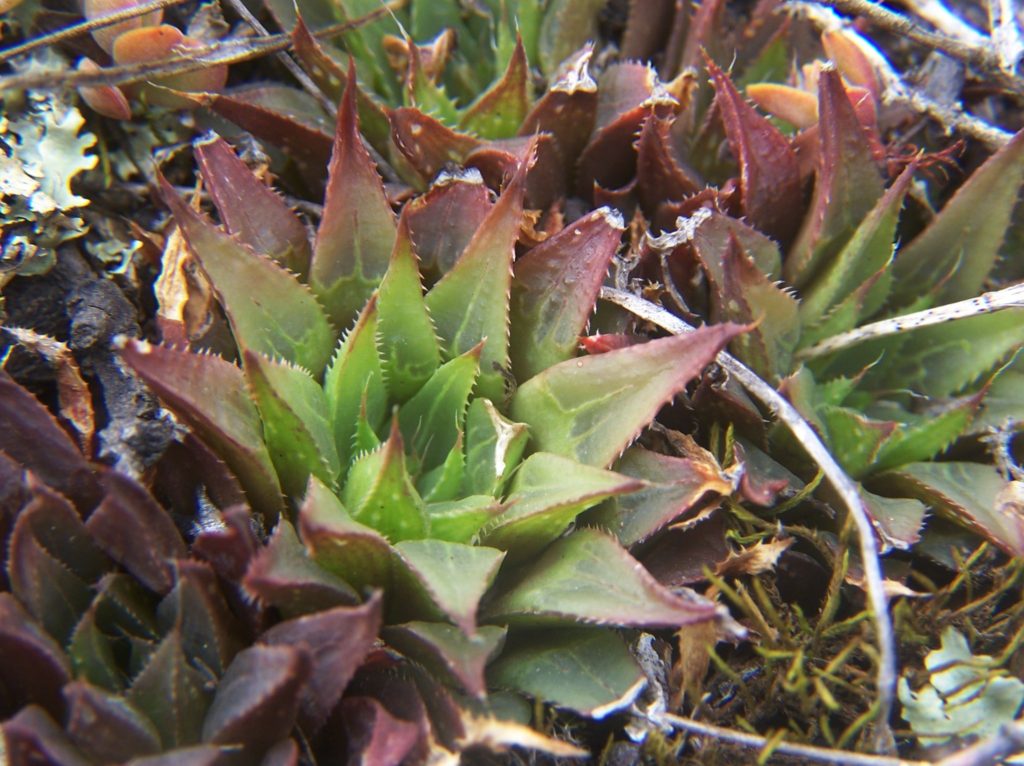
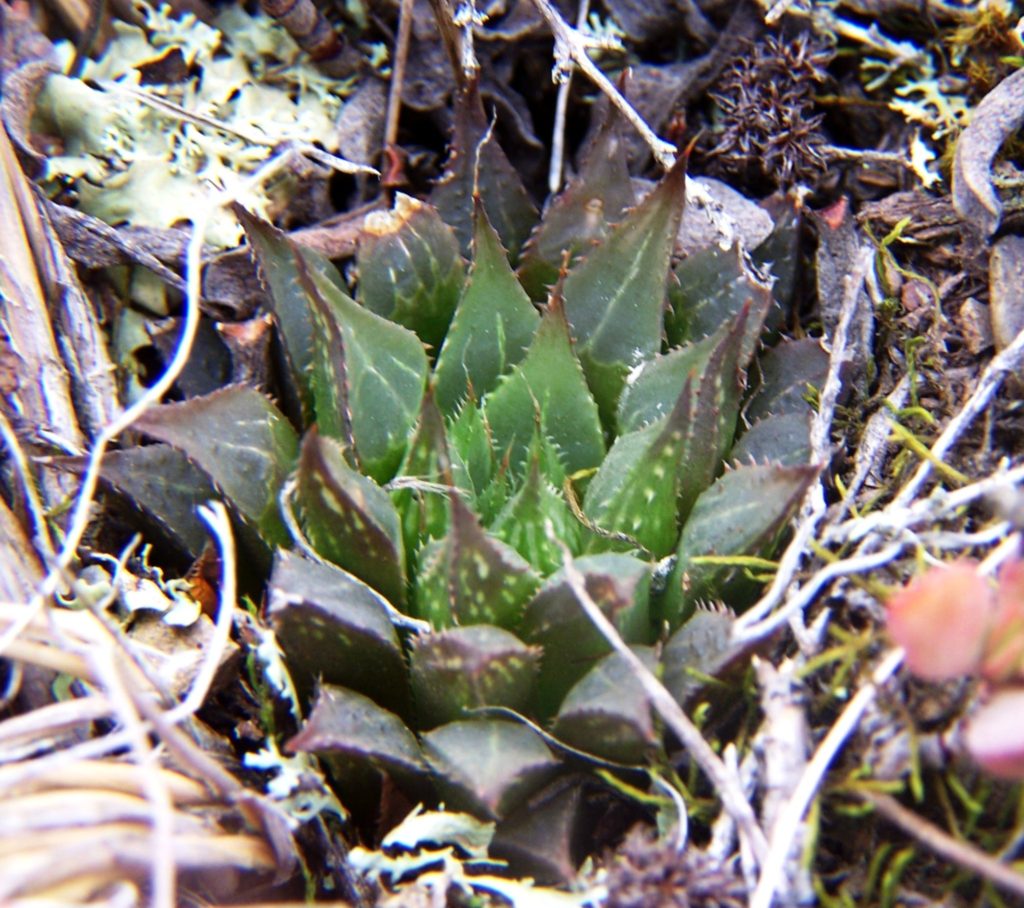
H. mirabilis is generally a dark coloured plant. Thus mirabiloids are dark coloured vs. the retusoids(turgidoids) that are lighter. Of course in shade or cool conditions the plants green up. Here is a “light coloured” mirabilis from Greyton to just demonstrate that making any statement to distinguish mirabiloid from retusoid is difficult. My conclusion is indeed, because they are the same species! “To avoid confusion” I must also add that when I say that plants that look different are the same species, some critics get highly apoplectic? This is the problem my posts are addressing and there is not much evidence available to me that the message gets received or is welcome. Perhaps the latter sentiment is most true because I find it uncomfortable myself.
Just east of Heidelberg is another population of these small plants that fall in the ambit of what actually is heidelbergensis. Growing in think moss and lichen it is a slightly different habitat. These pictures are of plants in cultivation.
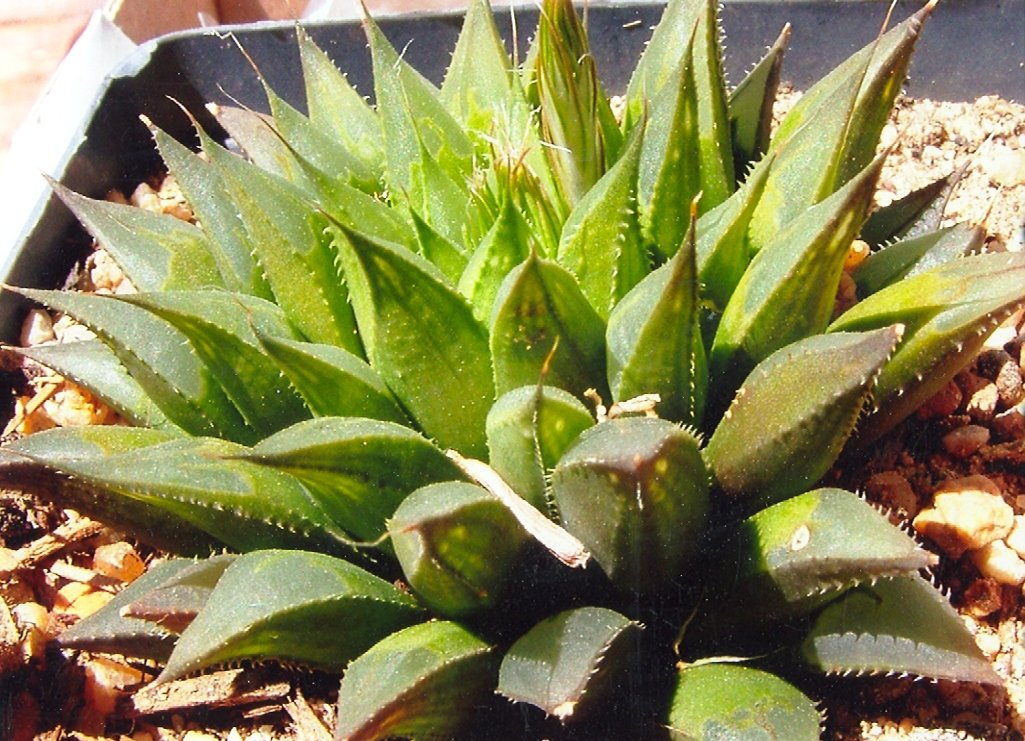

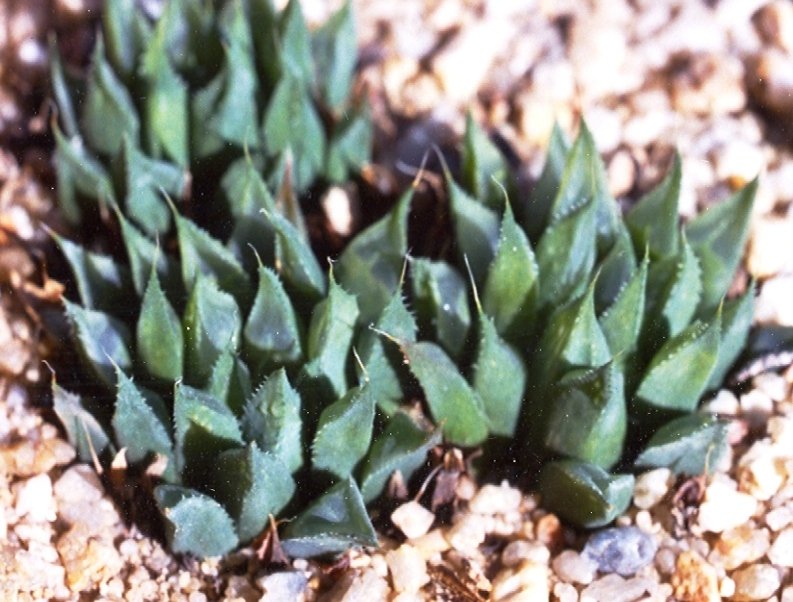

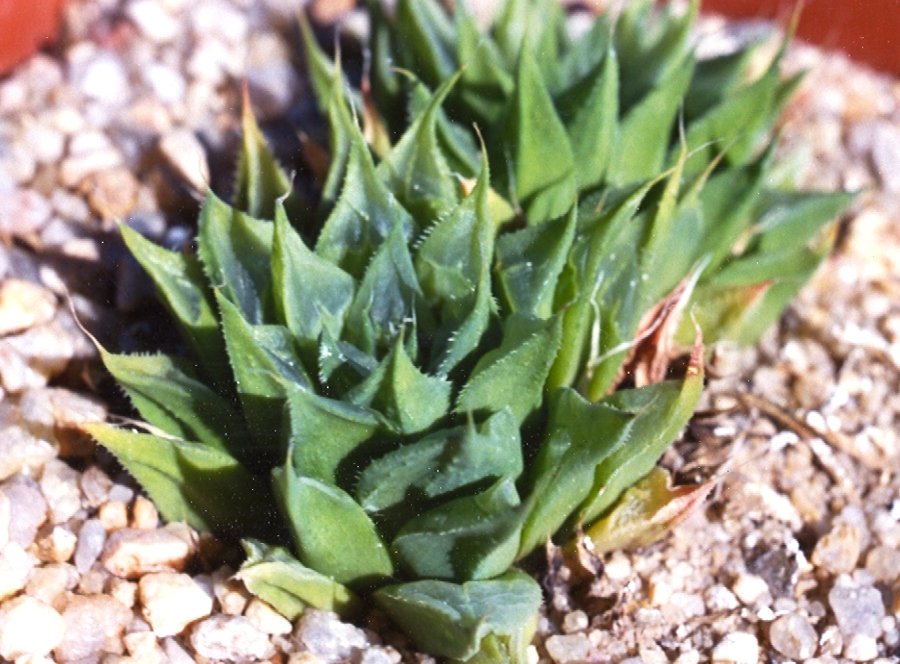
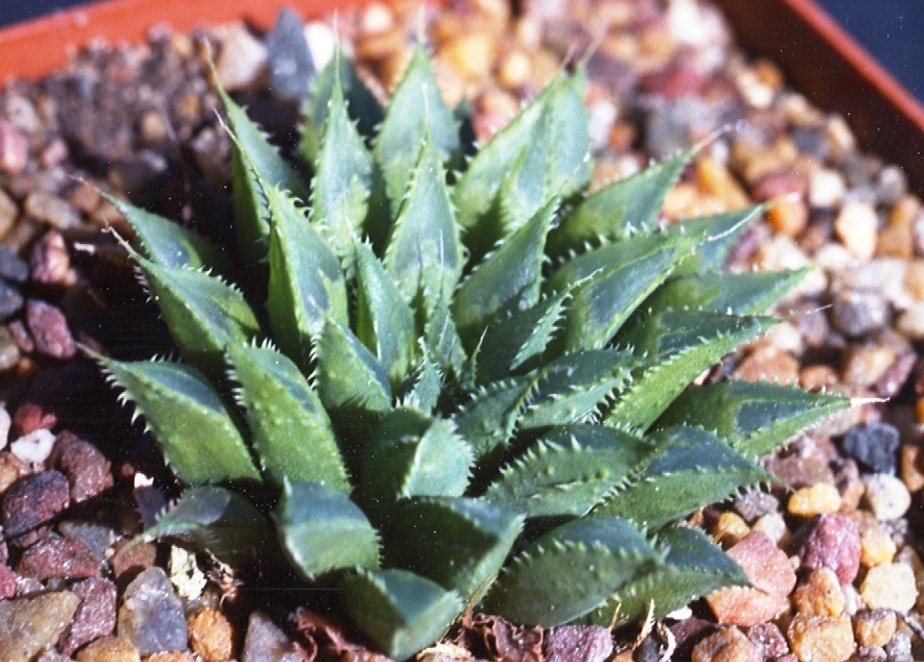
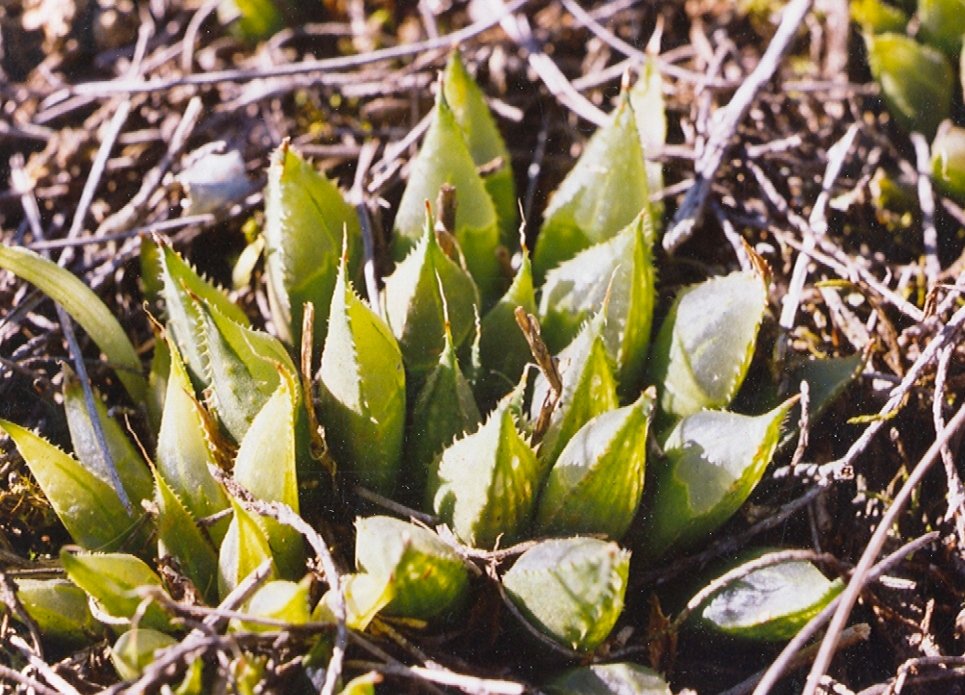
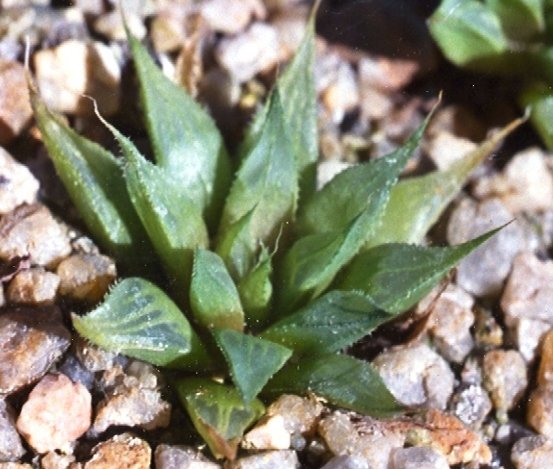
These are a few km S Heidelberg. Now I am enthralled by what my own pictures are telling me. I write to find out and establish what my observations mean! I just deeply wish I had prepared sufficiently for the end stage when the pieces fall into place. What is happening here in floribunda is included in the compromise. Nearby we have a retusa var. ‘nigra‘ for which the story has been told. ‘Heidelbergensis’ is for me a deep insight into the connection between the mirabiloids and the retusoids (turgidaoids). Colour is a significant character, so is the bend back of the leaves as well as the rounded leaf-tip. A thing to note is that “retuse” as originally used was to mean “bent back like a thumb” and NOT the modern usage for a flat leaf in which the margins grow ahead of the leaf point. So erect vs retuse leaves is also significant, but in Haworthia it is not a species determinant and more than colour or rounded leaf-tip OR even flowering time. These pictures help to demonstrate this fact. If just one population did this we could perhaps dismiss the issue as hybridization. And this is my greatest regret. I just do not have enough or good enough pictures taken at all seasons and of more variants, or for all the populations I have been so privileged to enjoy. Because i am going to be succeeded by “taxonomists” intent on imposing their own opinions for the sake of effect rather than reality?

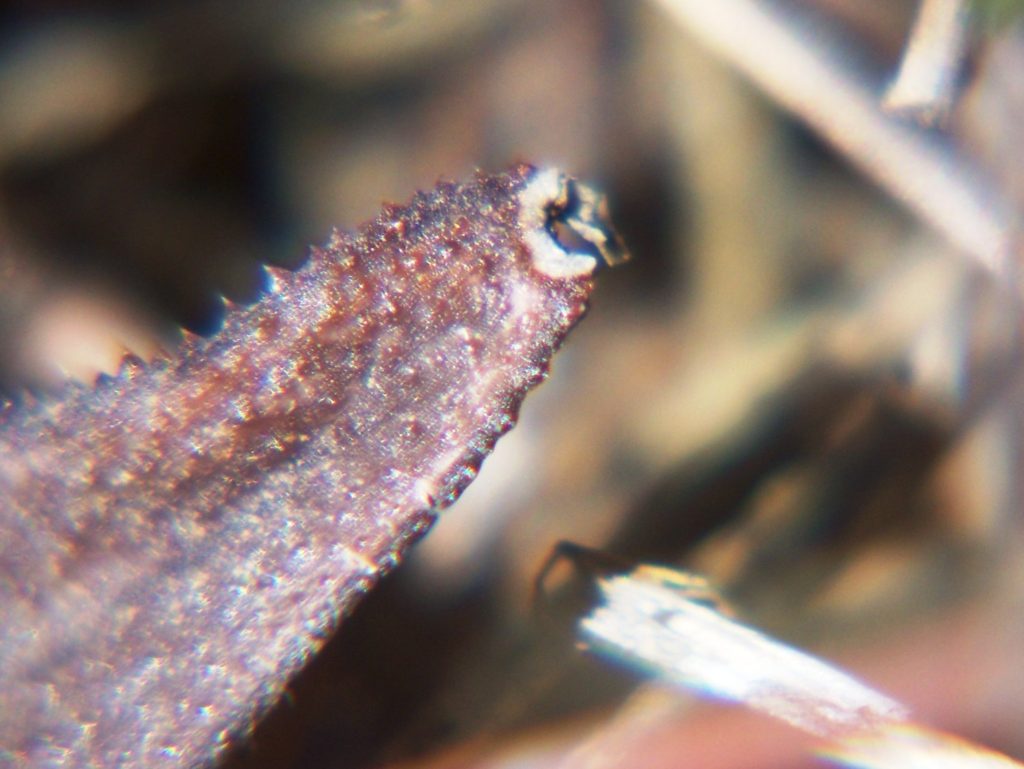


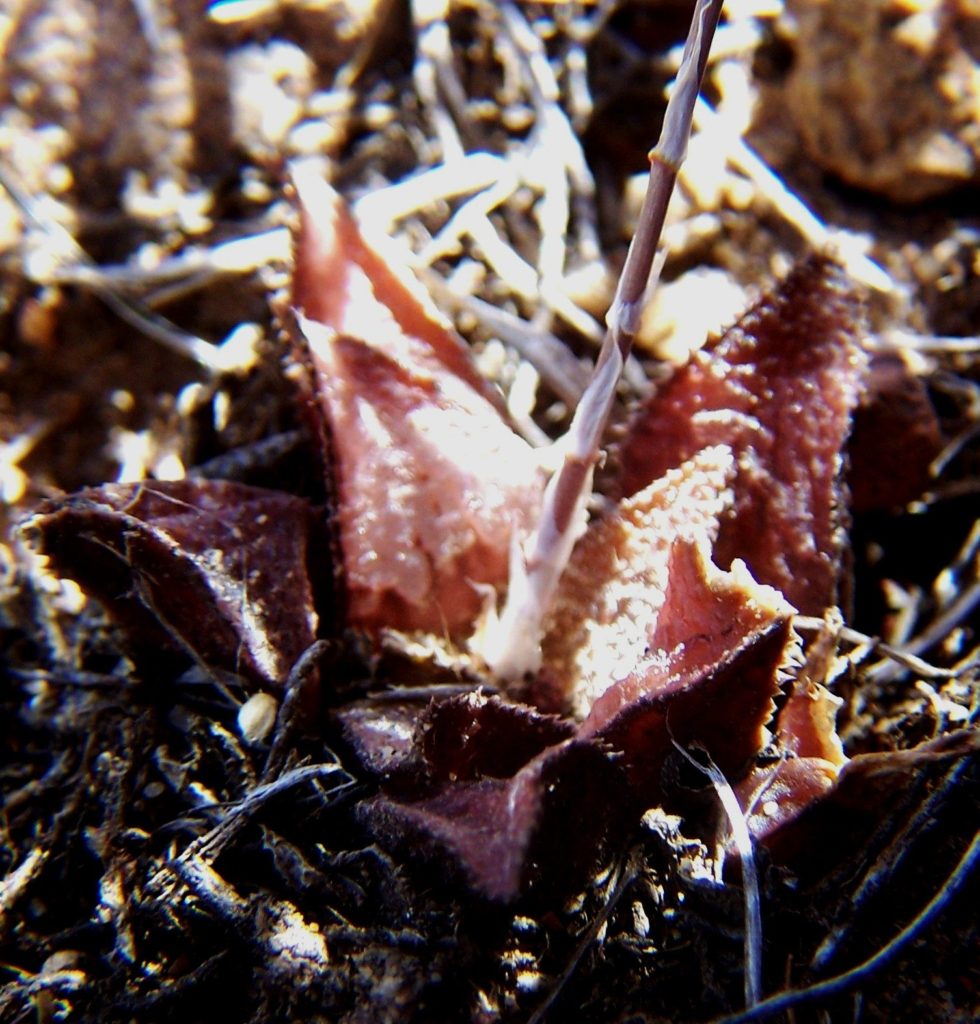
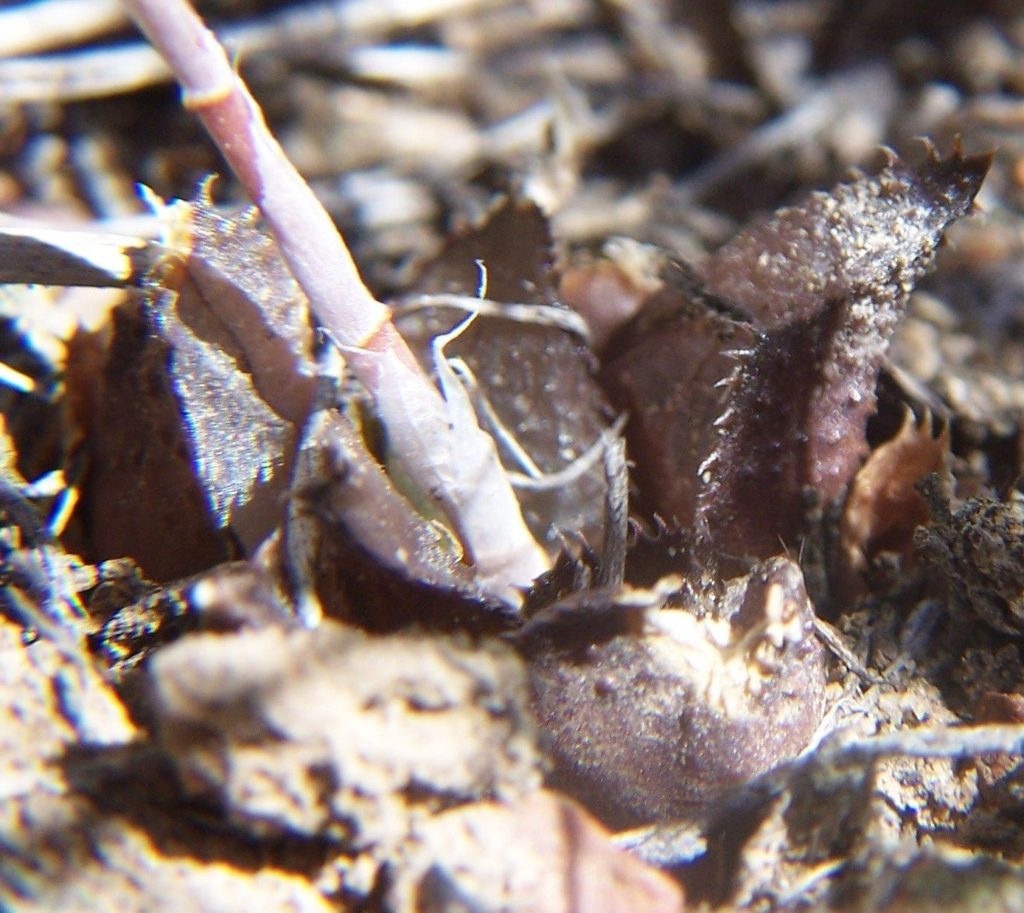

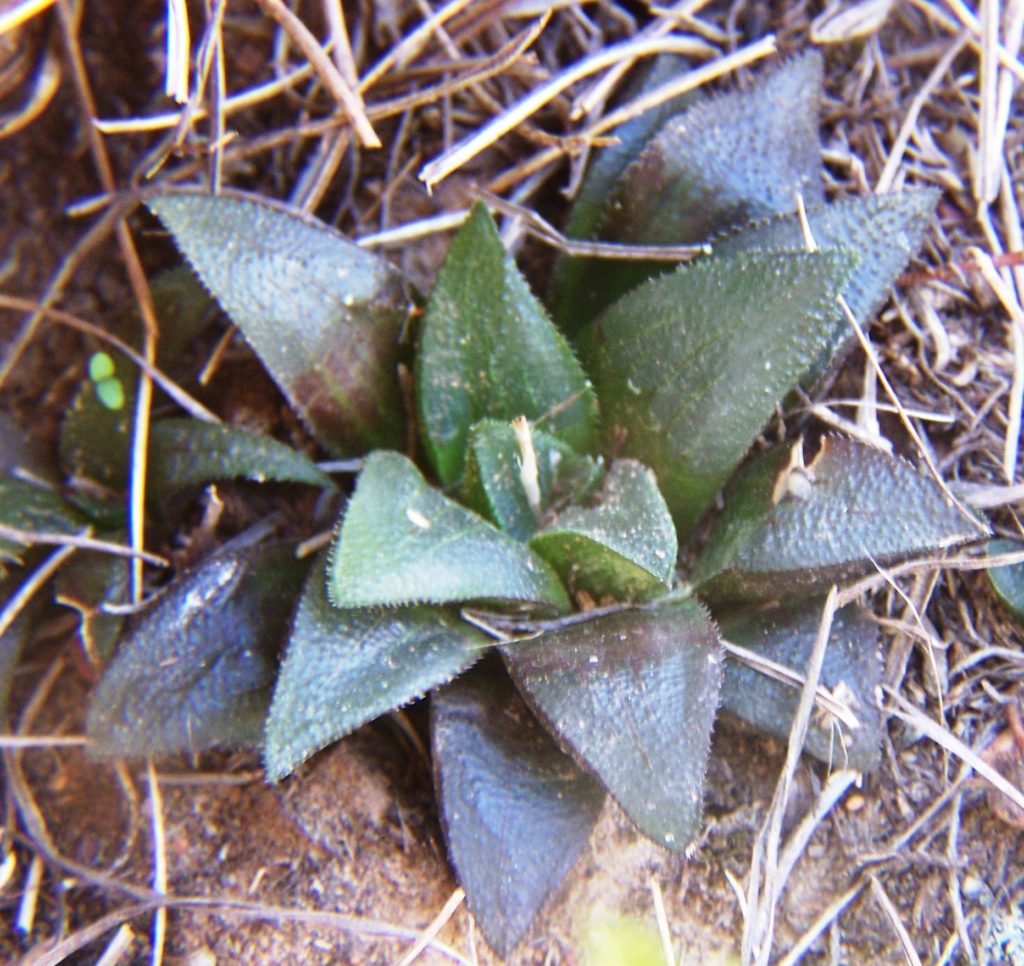

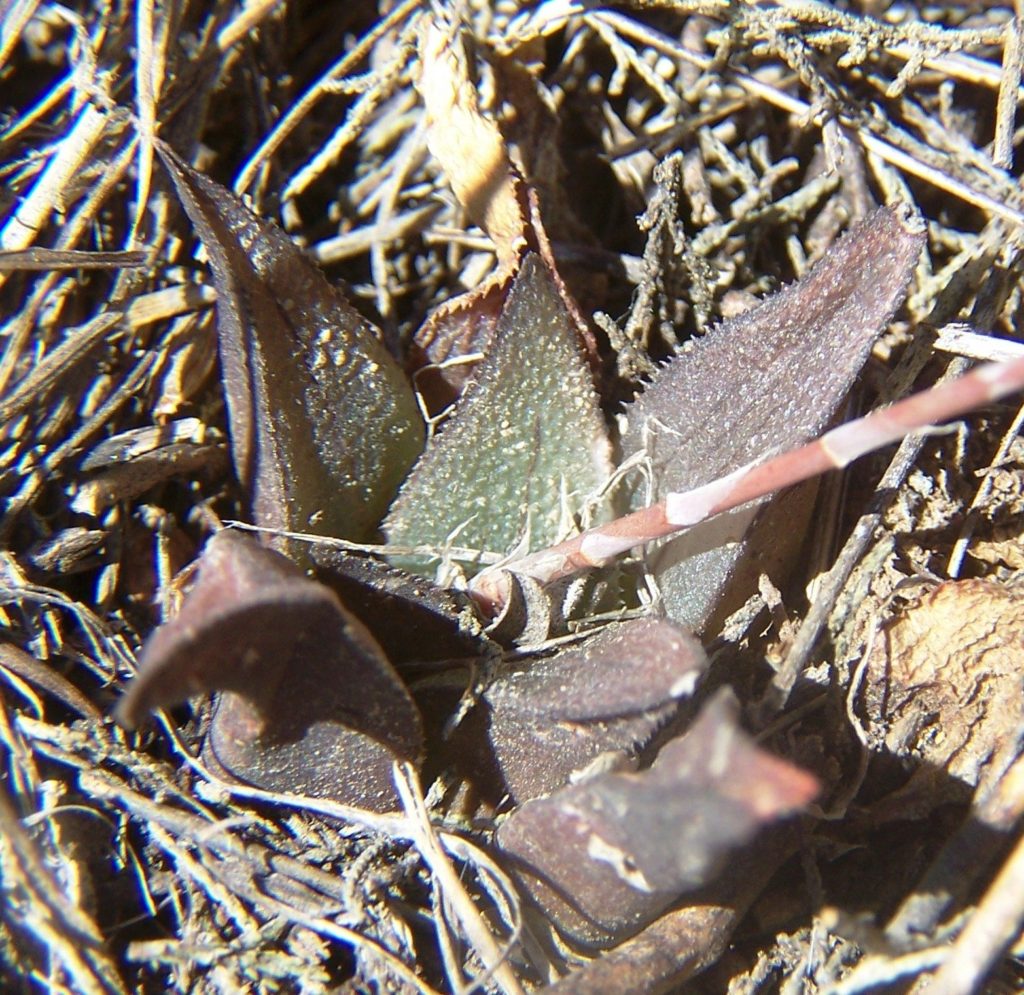
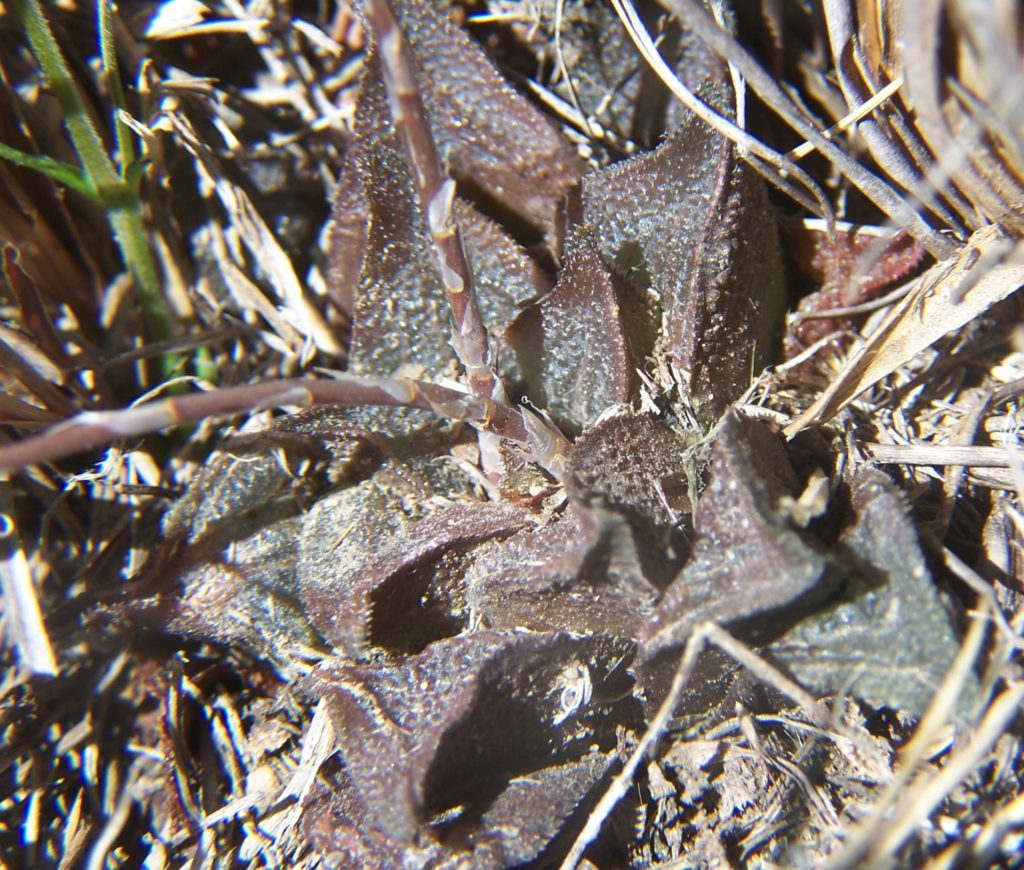
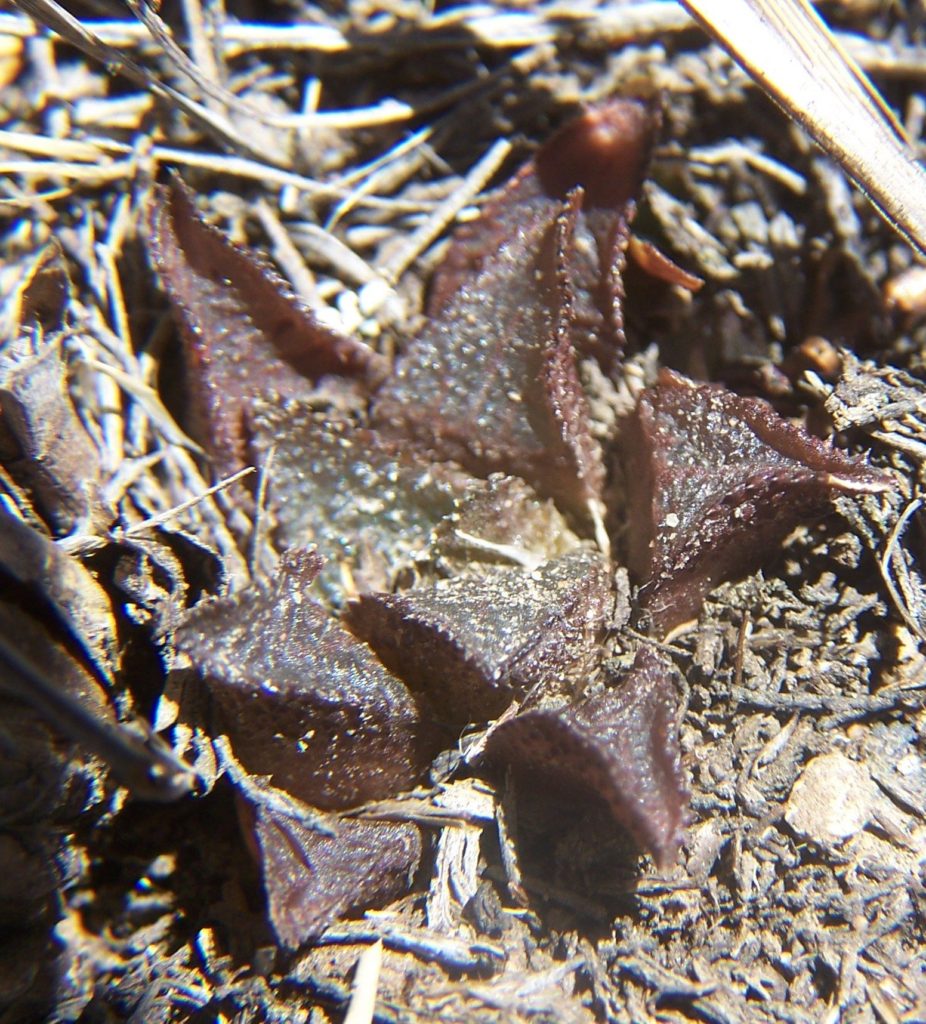
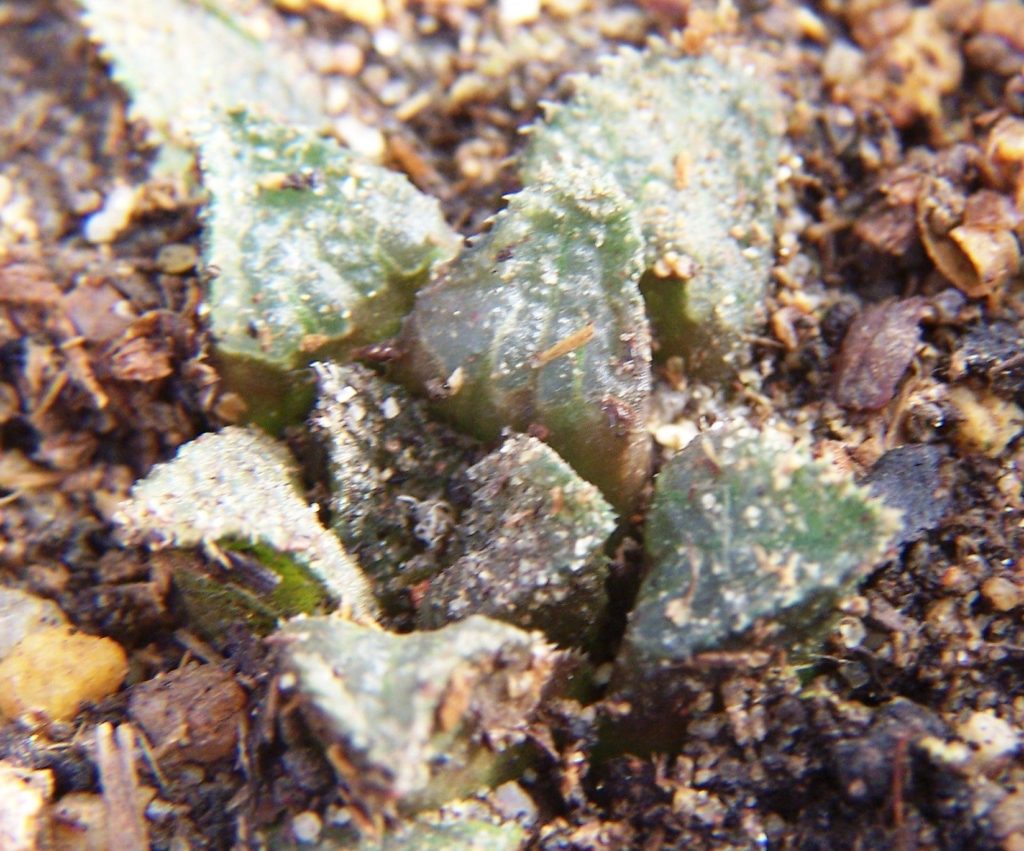

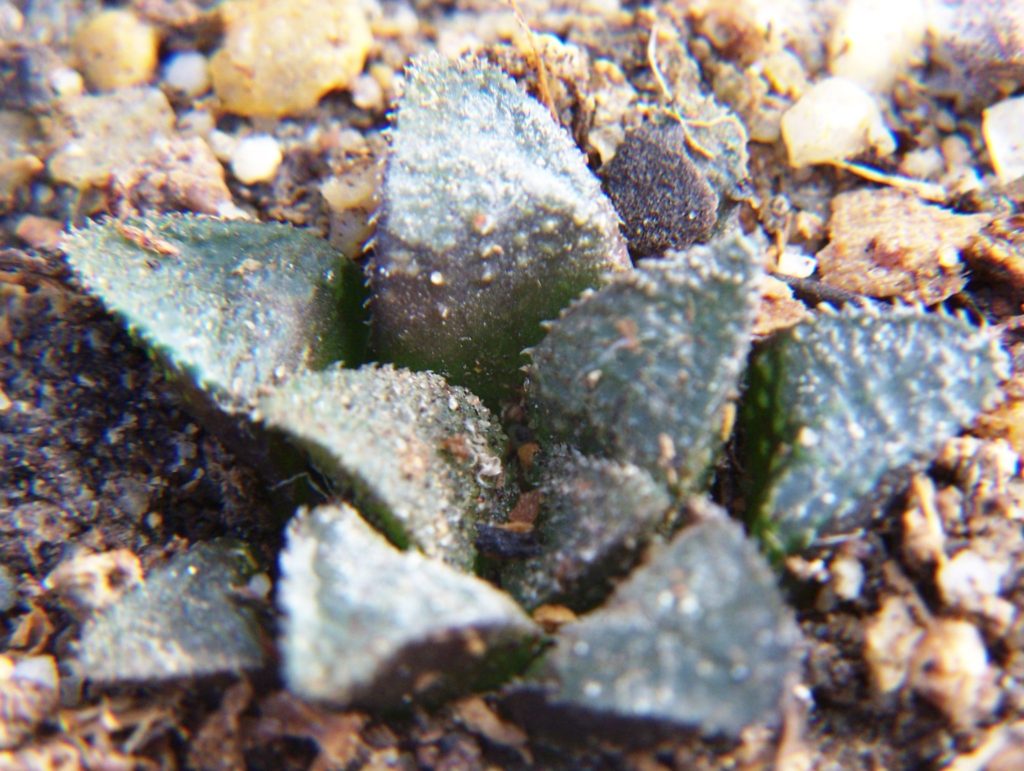

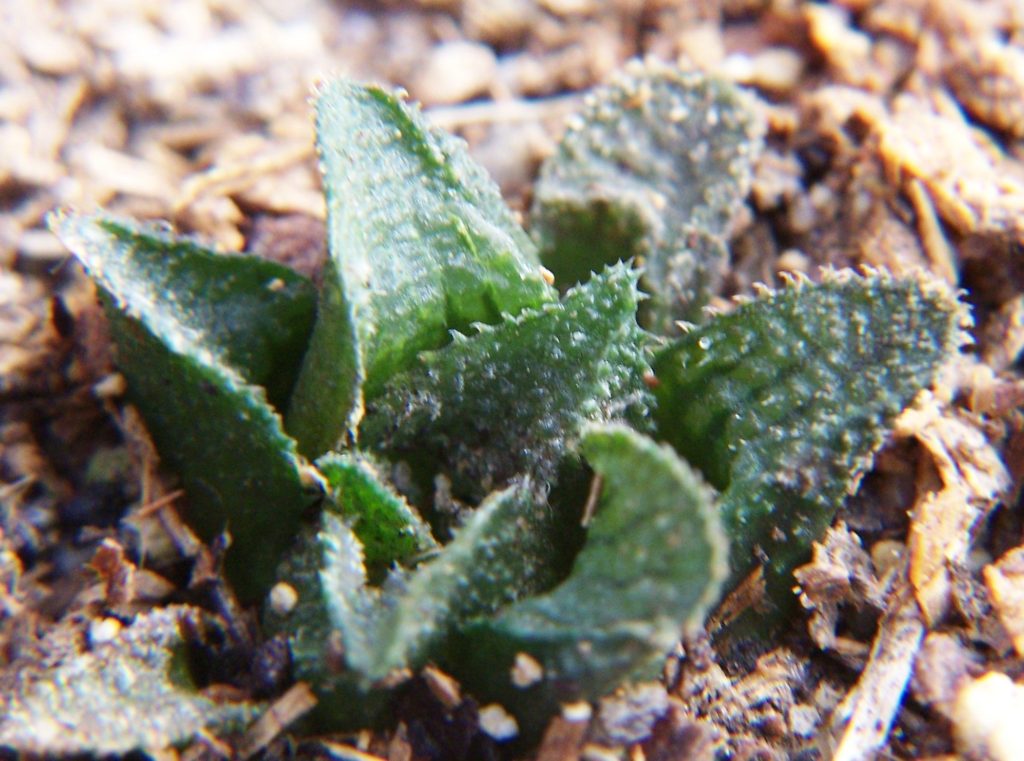
Eastwards the ‘heidelbergensis’ form extends half way to Riversdale where it merges with the atrofuscoid/magnificoid versions of mirabilis. But this population is further south down the Duiwenhoks growing in close proximity to retusa ‘nigra’ and the putative parent for that viz H. turgida. There is now so much evidence for the unifying of formal names and especially considering Essie’s exhaustive exploration and opinion, independently validating what I have to say.
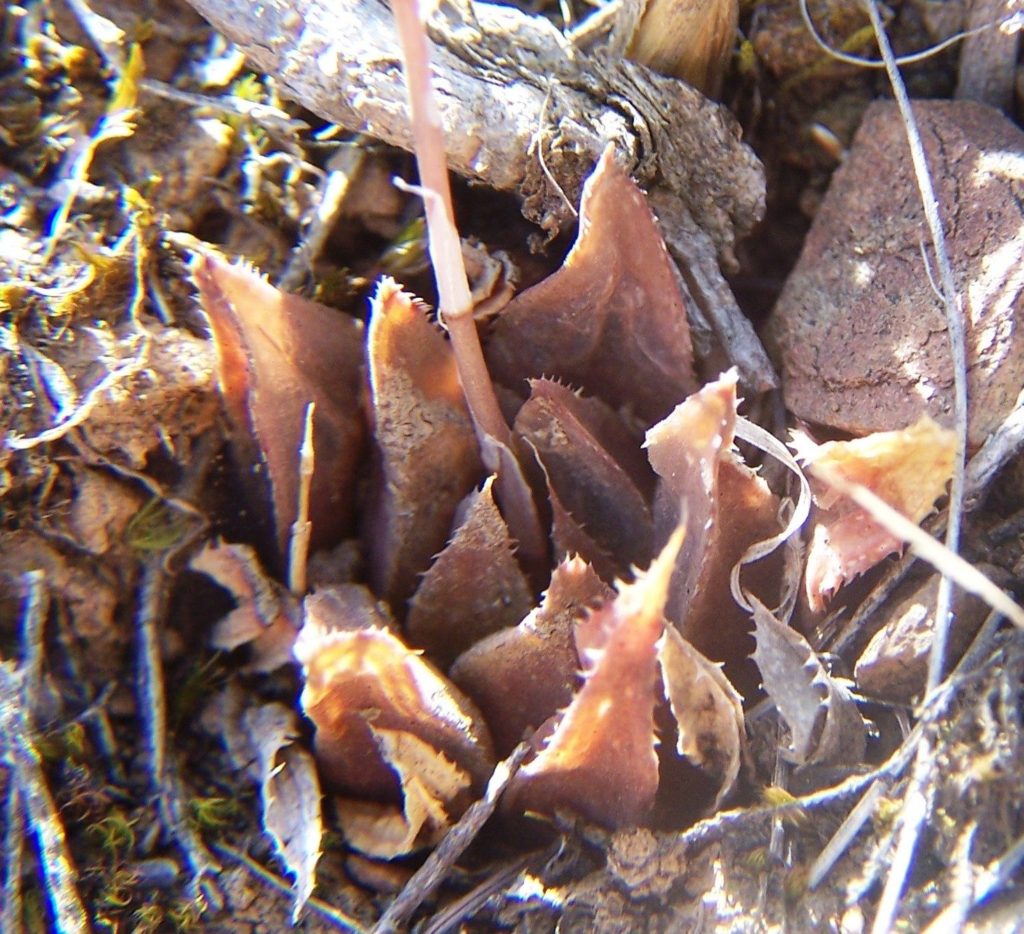
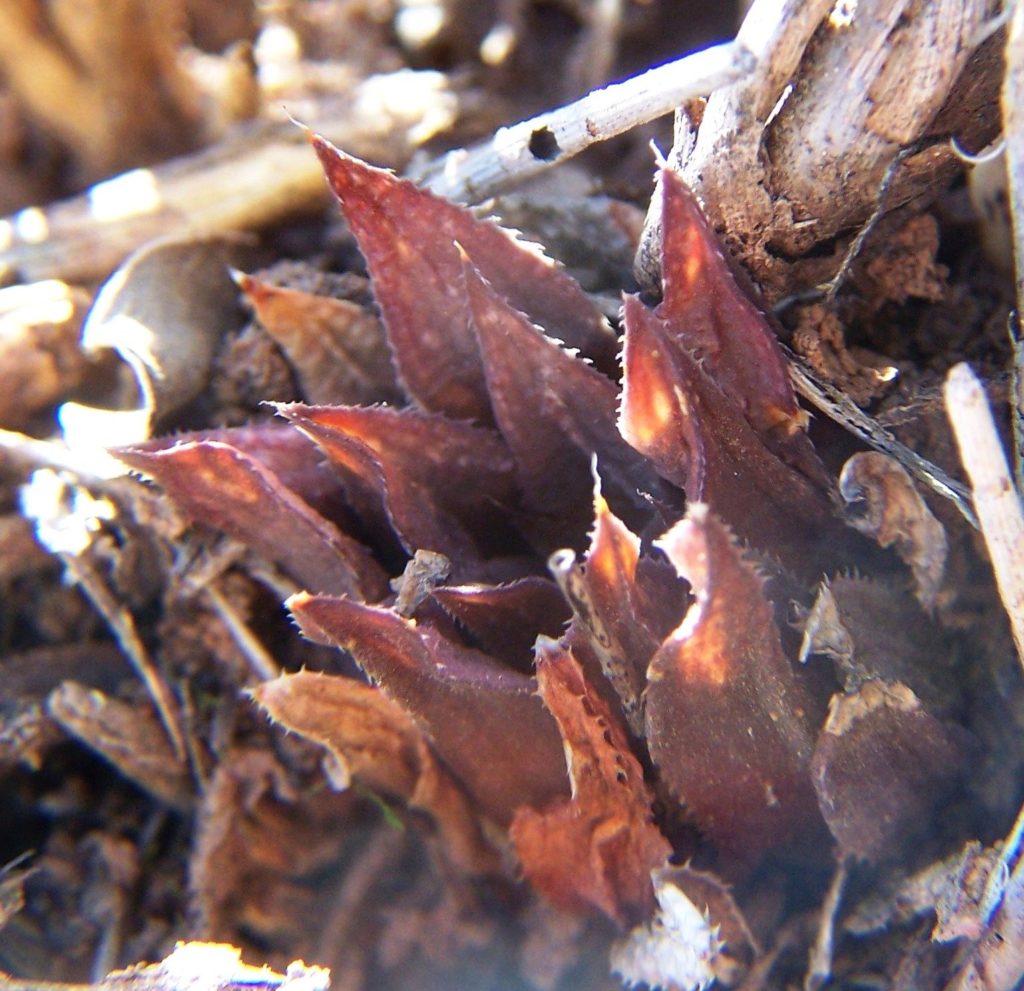
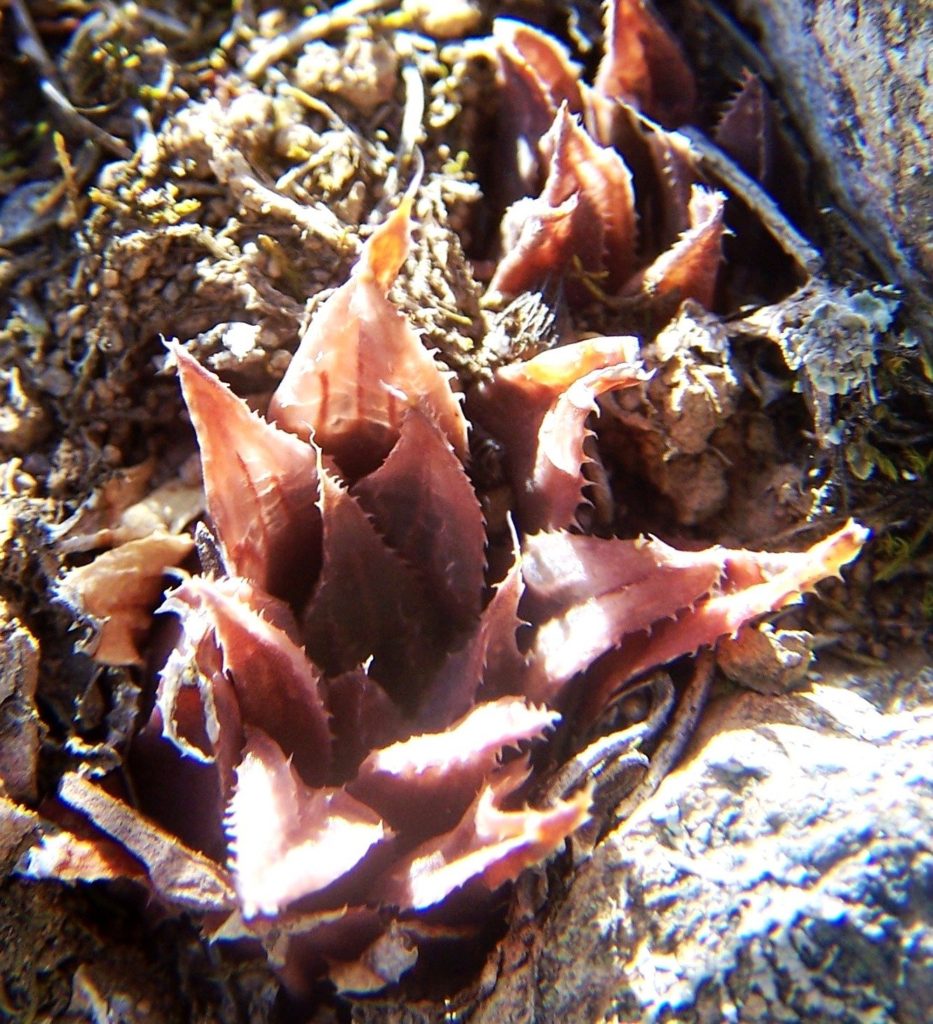
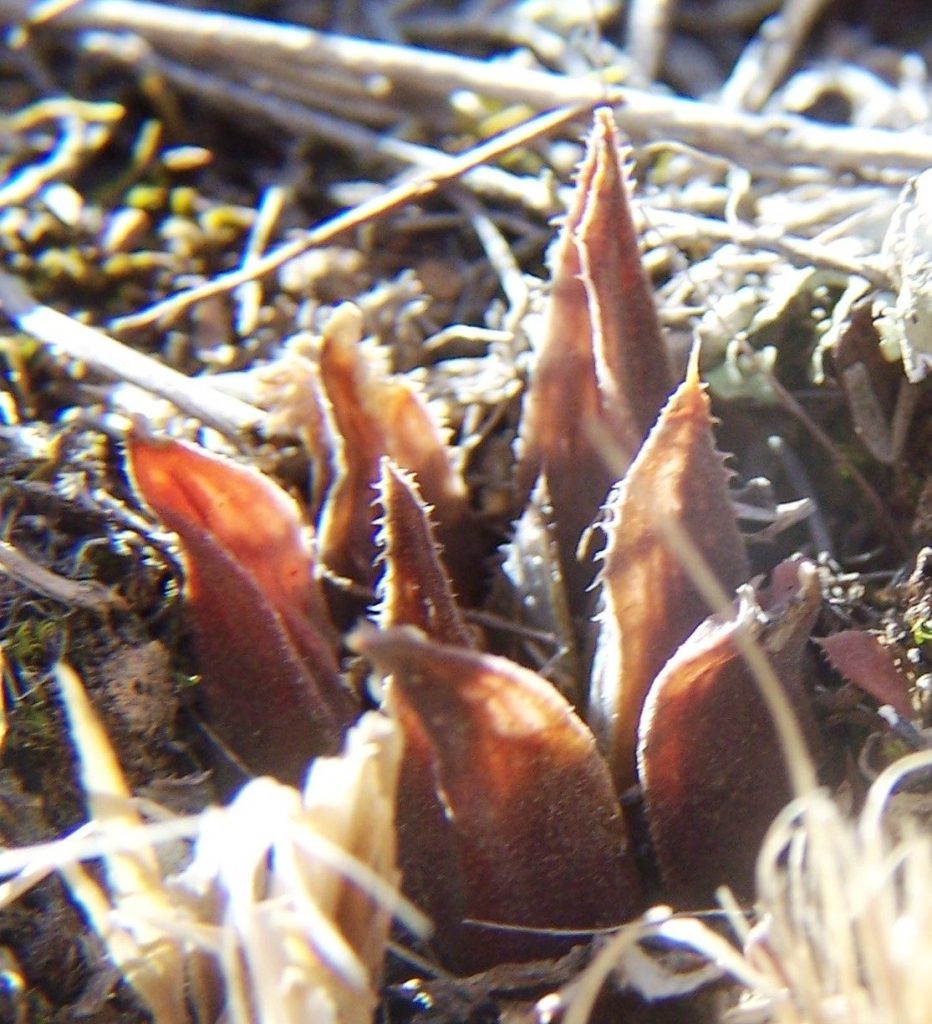
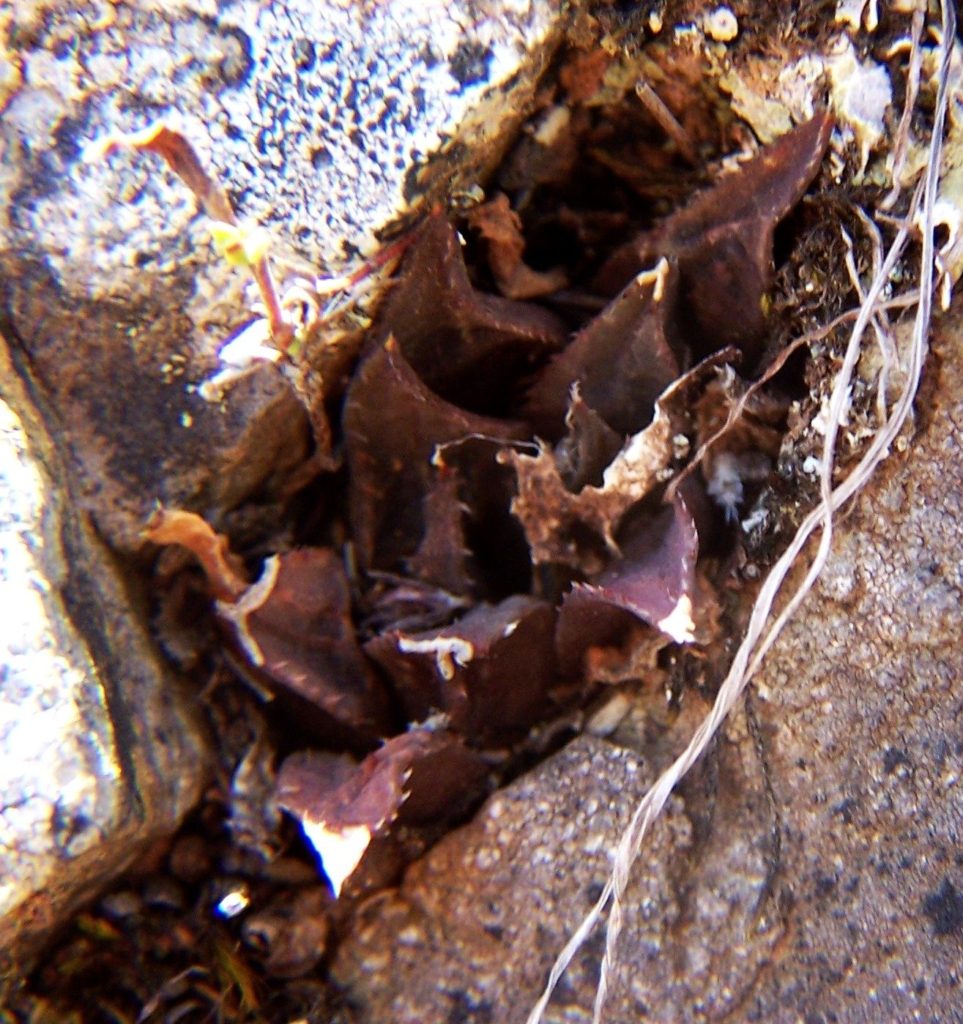
Still further down the Duiwenhoks are these two populations for which there are sadly not enough pictures to remotely demonstrate the variation. What is perhaps worth noting is leaf shape, colour and translucency. Still further down the river is a major conundrum in the form of a population of dark unvariegated could be variegate. This is a problem of distribution because along the coast there are no haworthia between Stilbay in the east and the Duiwenhoks and then to Infanta in the east, apart from paradoxa. It is a major issue as there is no continuum as for the inland strip.
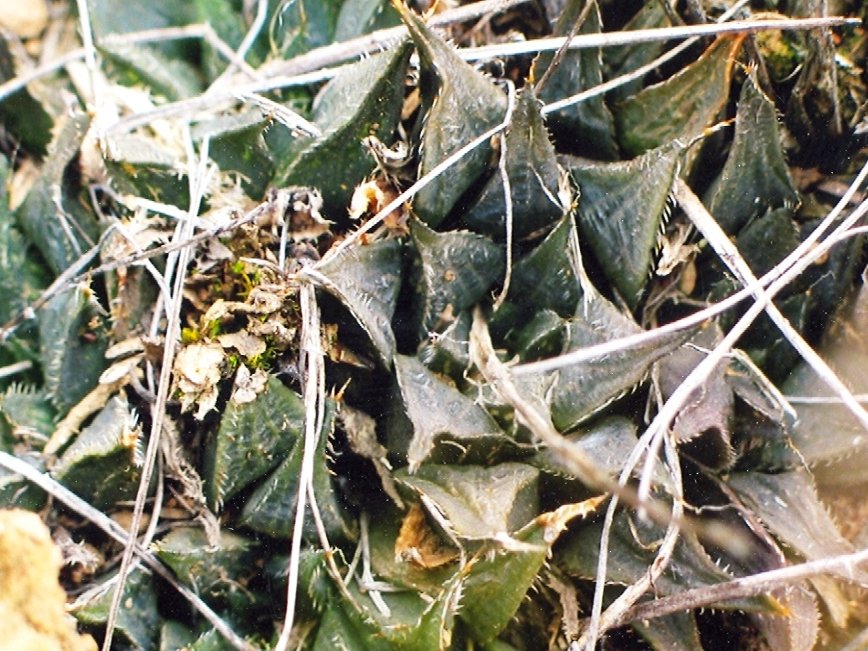
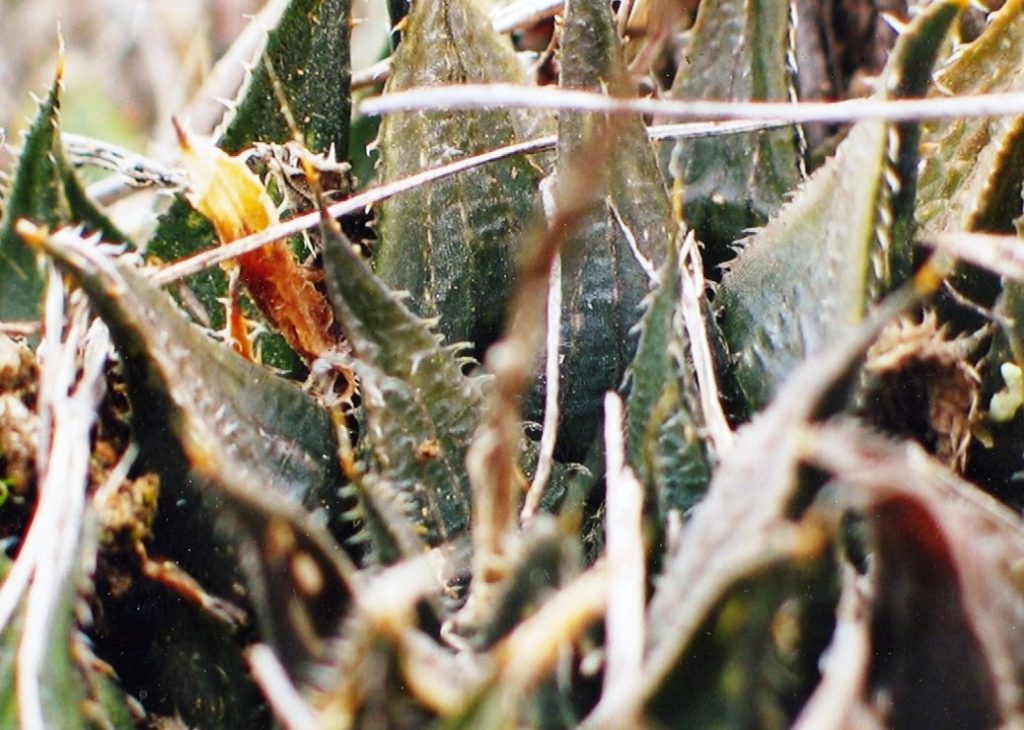
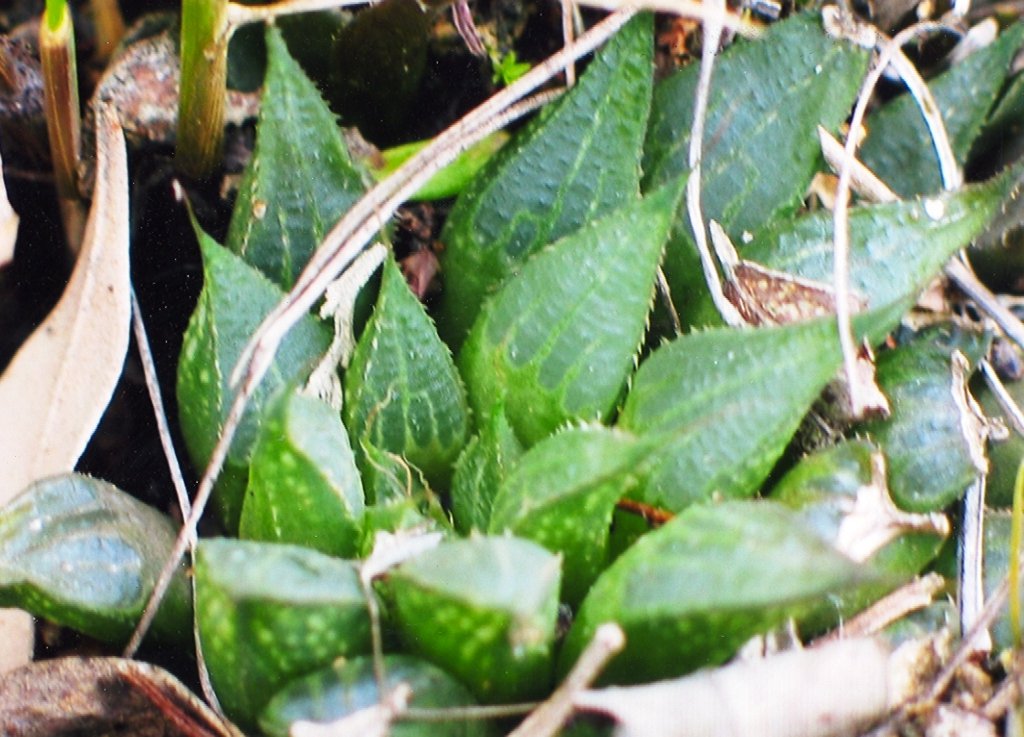
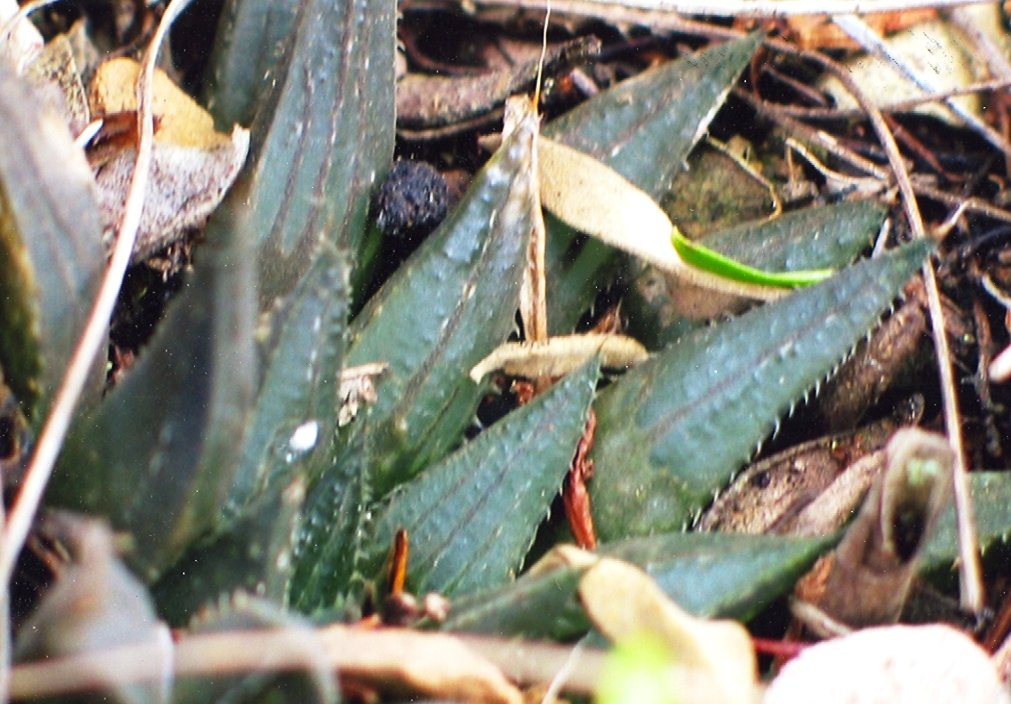
A few kilometers SE Heidelberg is this population of ‘heidelbergensis’ and I will follow with a further one nearby that demonstrates the transitions from retusoid to mirabiloid. This population is nevertheless already mirabiloid as is evident by the darker colours and the summer flowering time. In the last post I mentioned an aberrant population of presumably variegata. While trying to explain the complexity of species generally, I have avoided some serious issues with populations that simply do not fit anywhere, while they, only in their oddity. can they be claimed to fit a rational species definition. I hope to come to those.

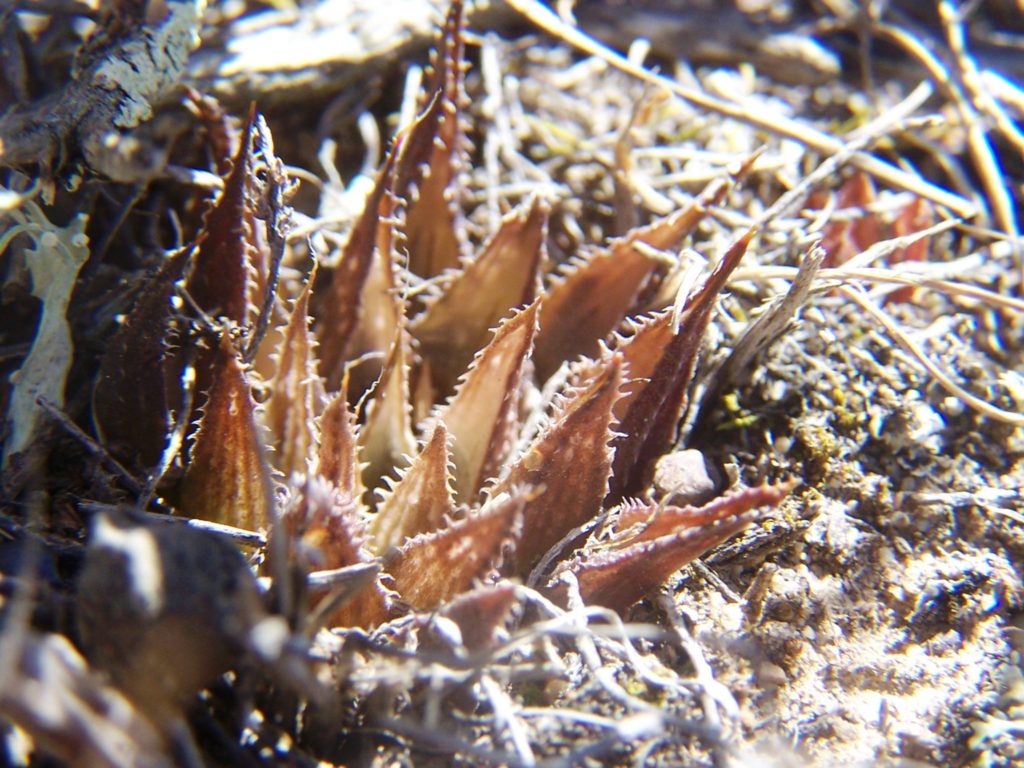
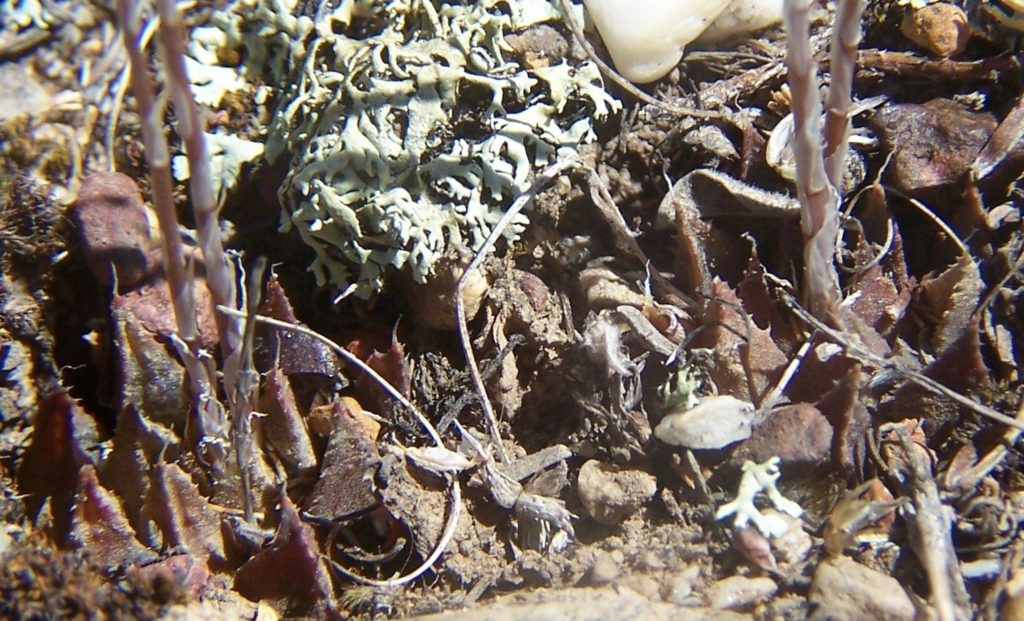
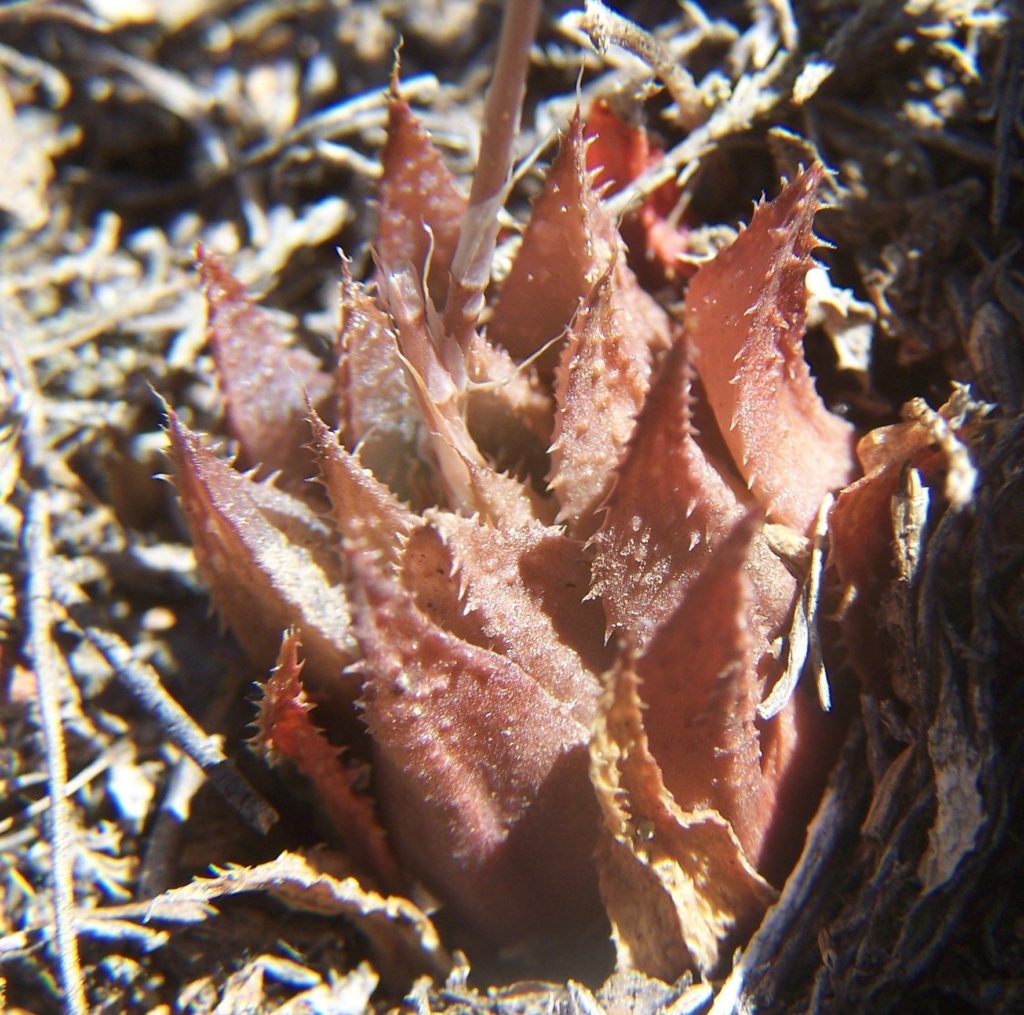

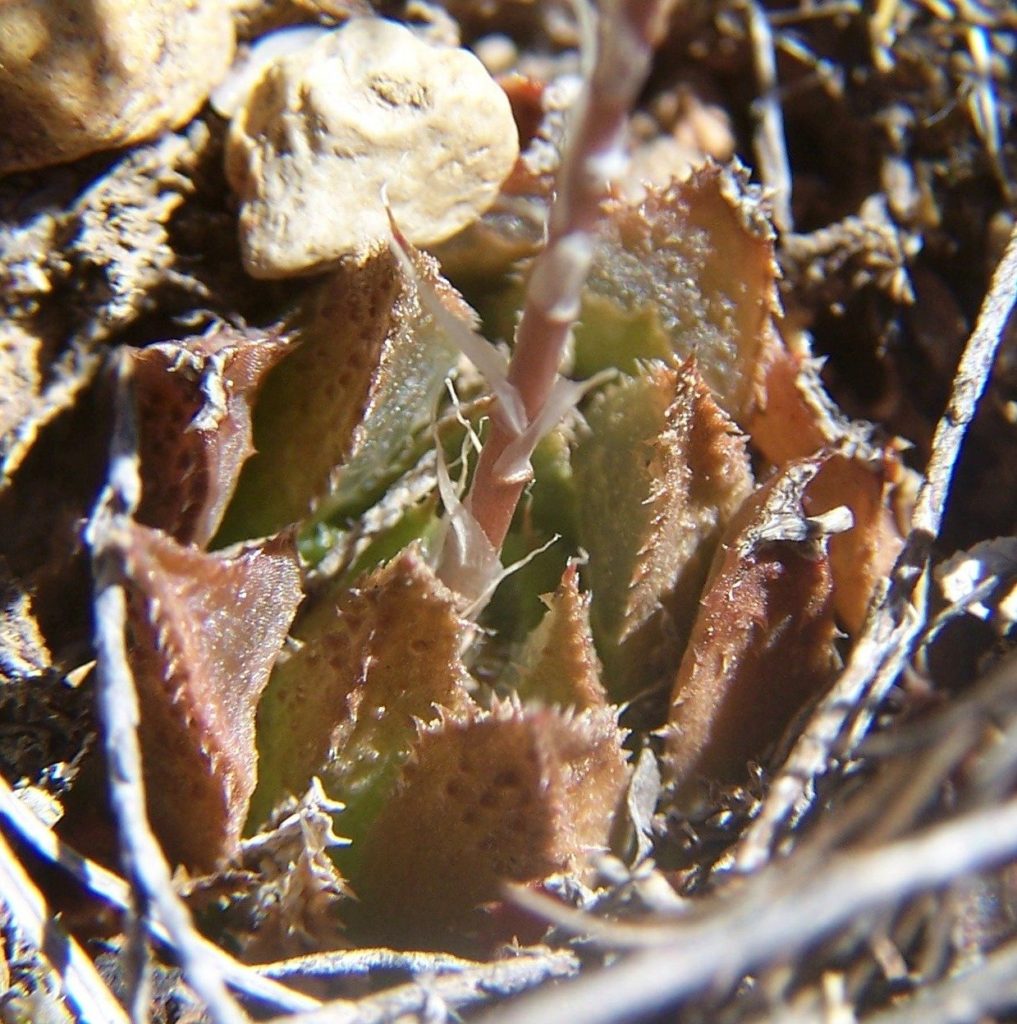
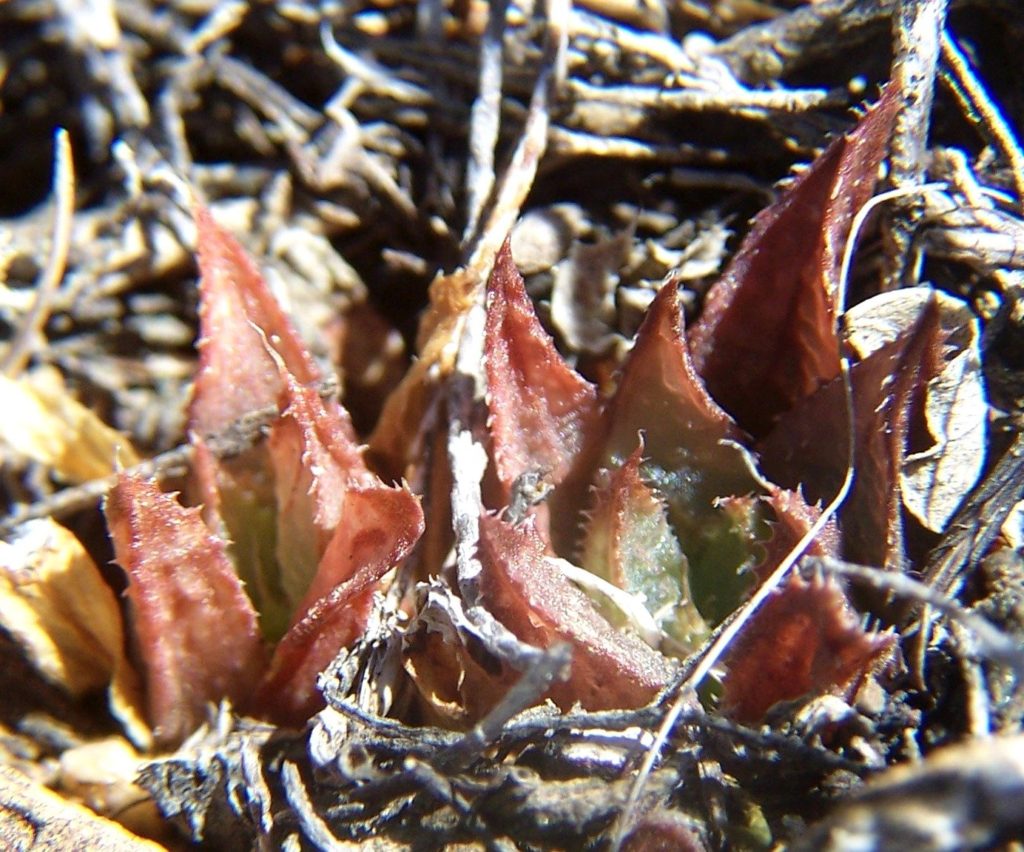
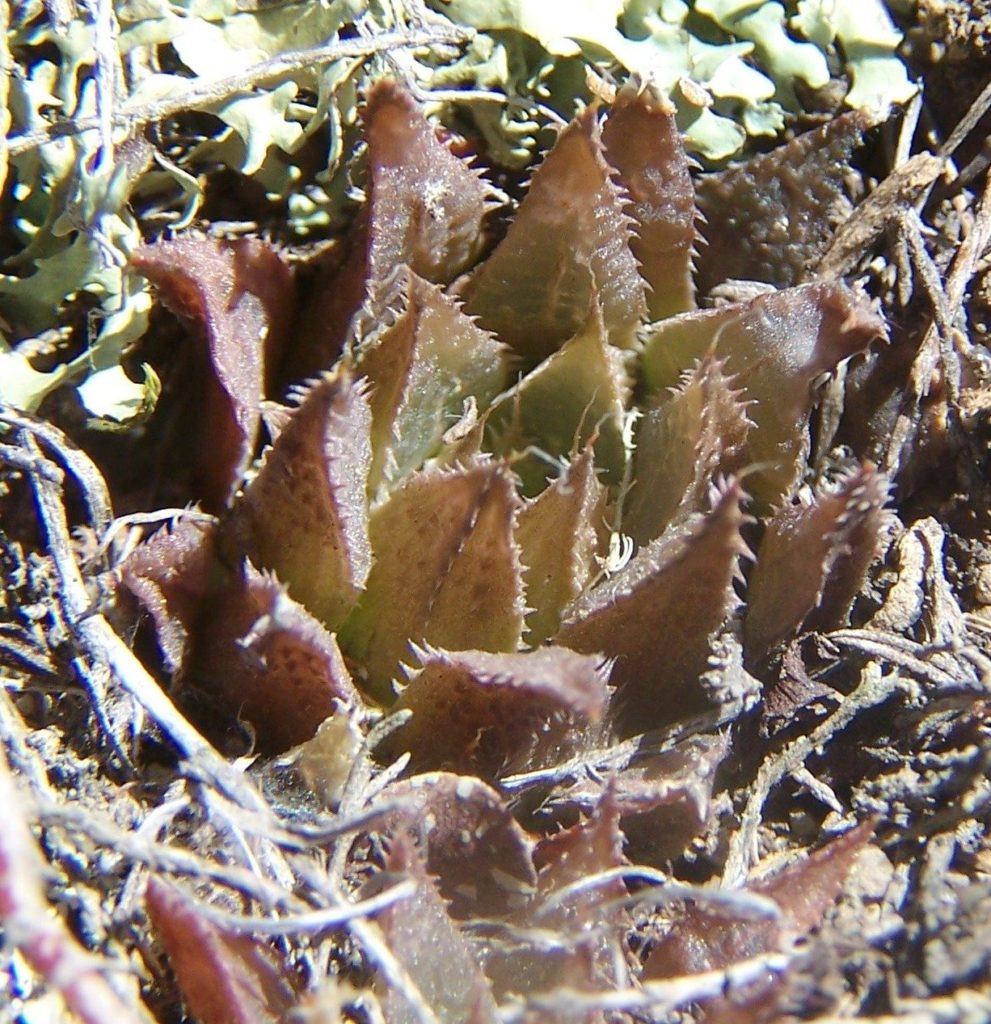
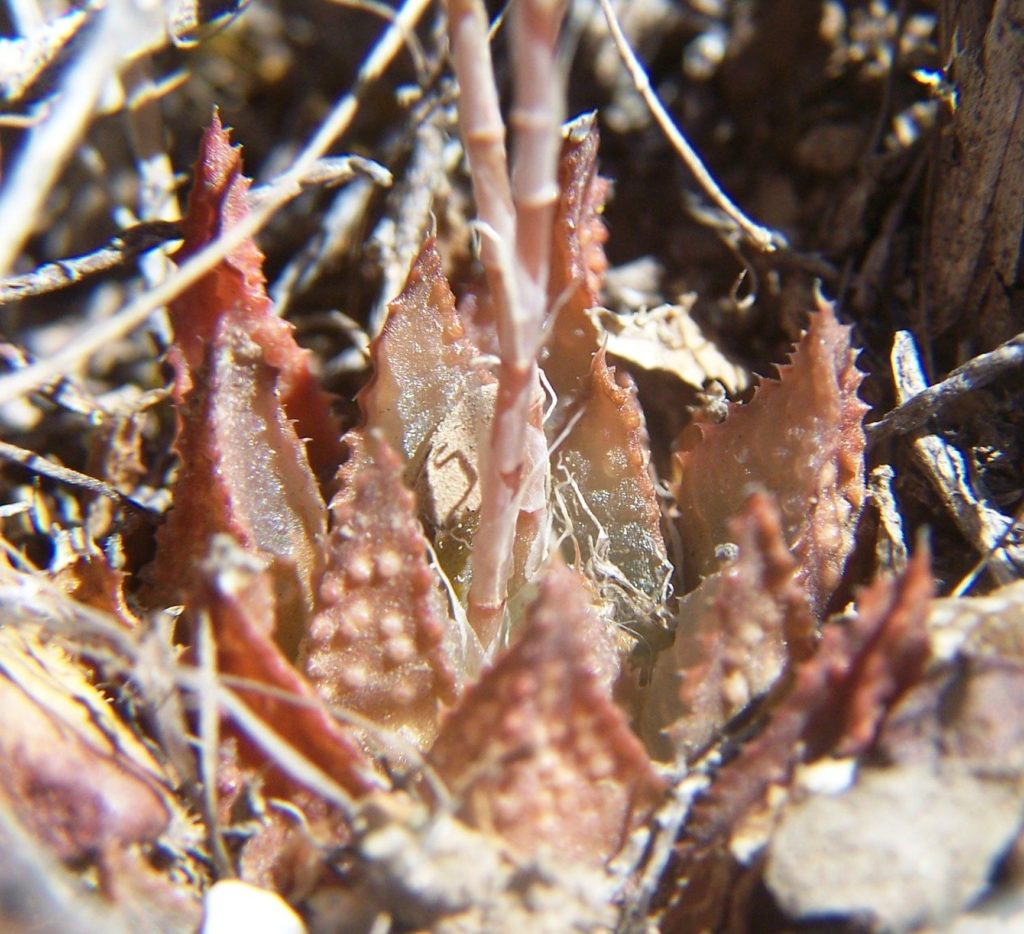


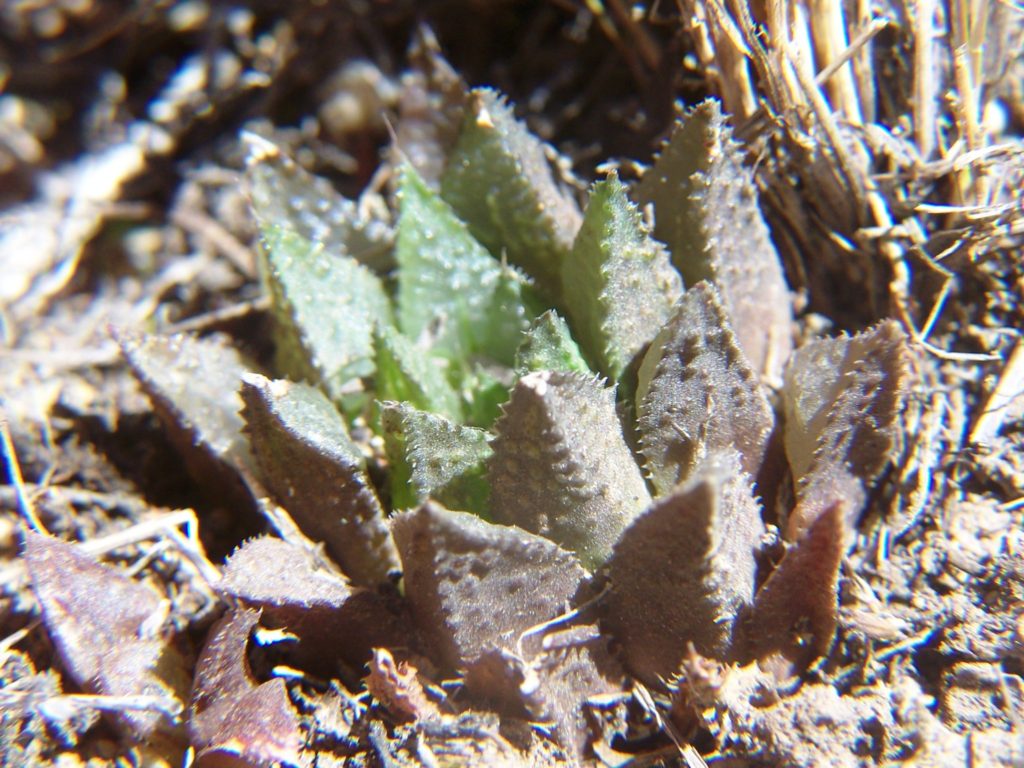
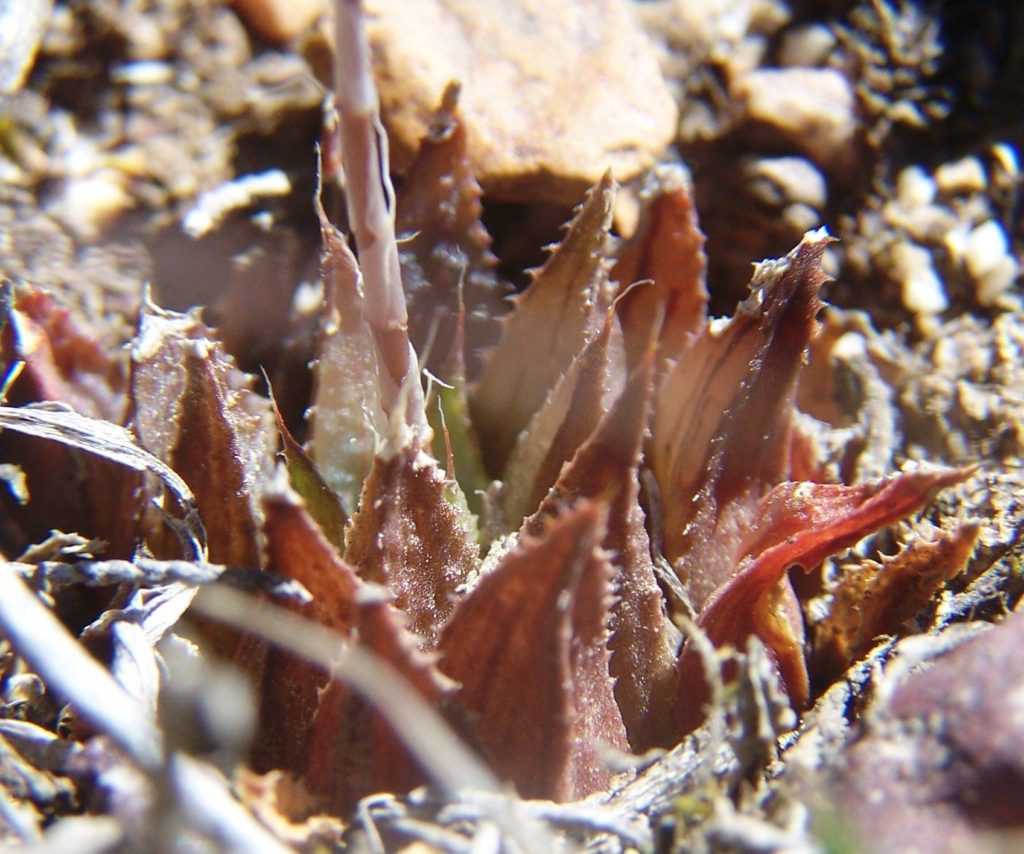

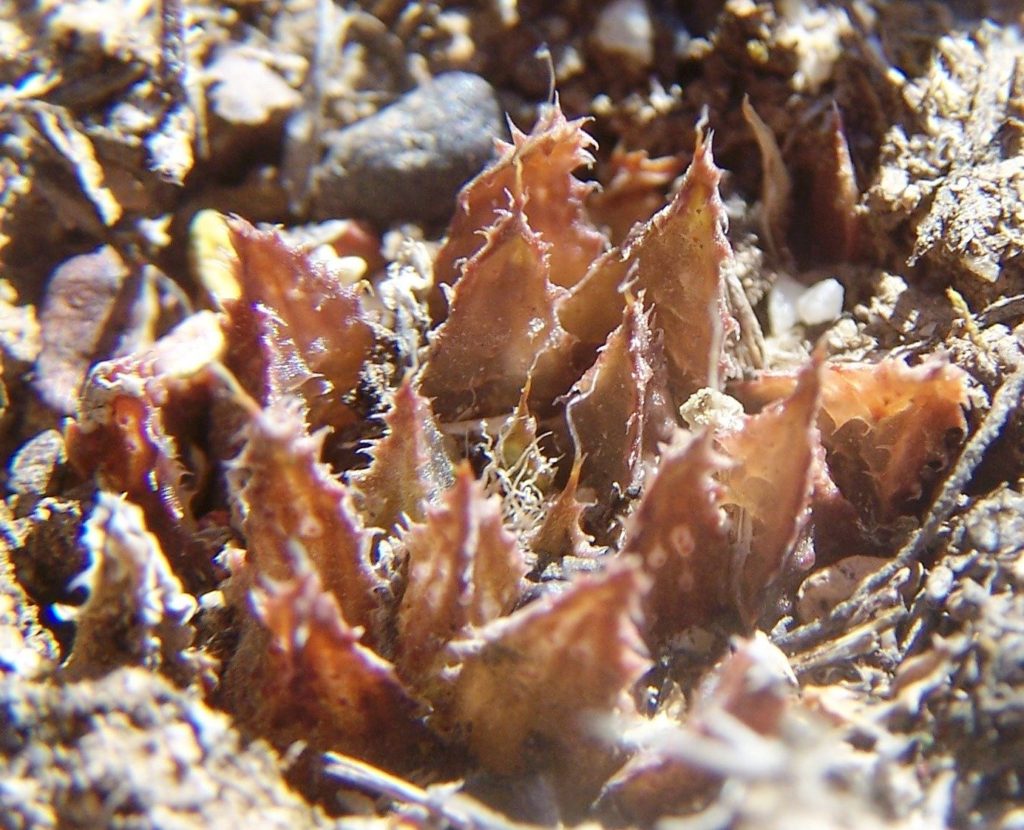
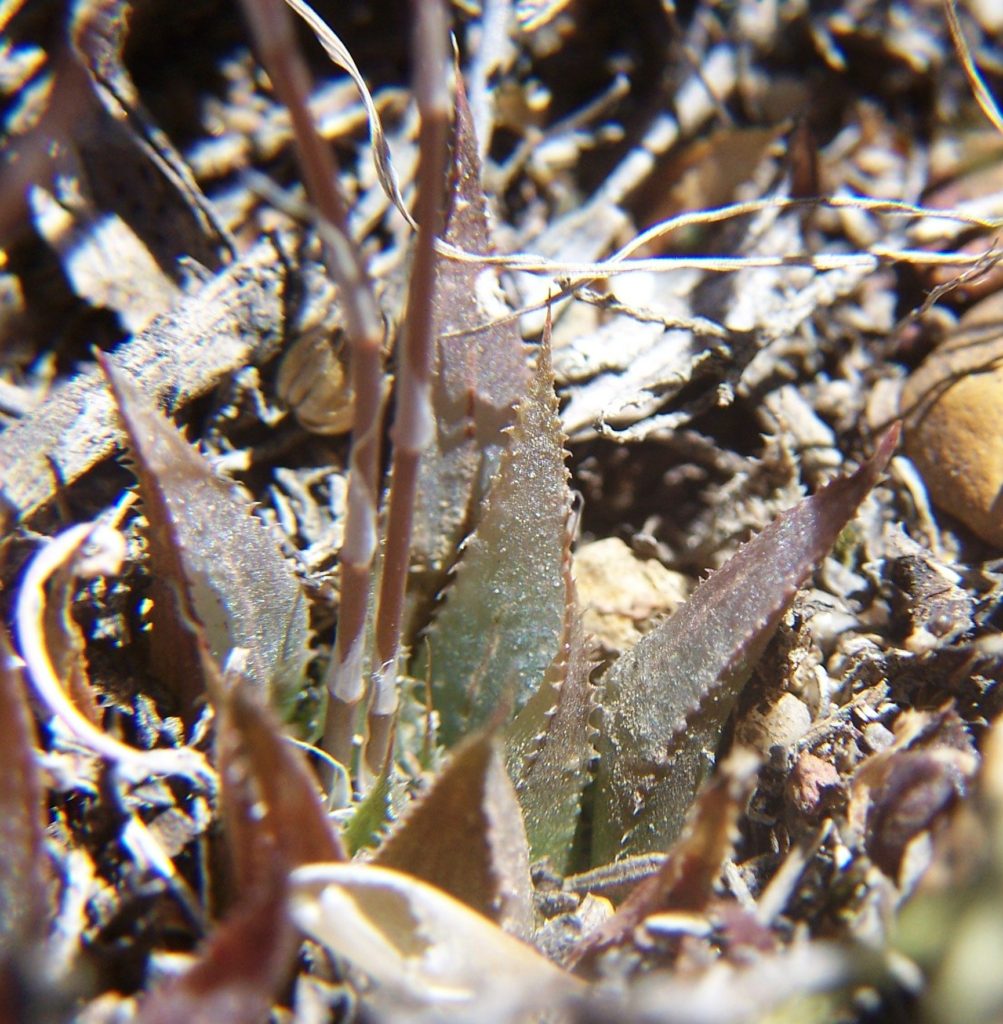



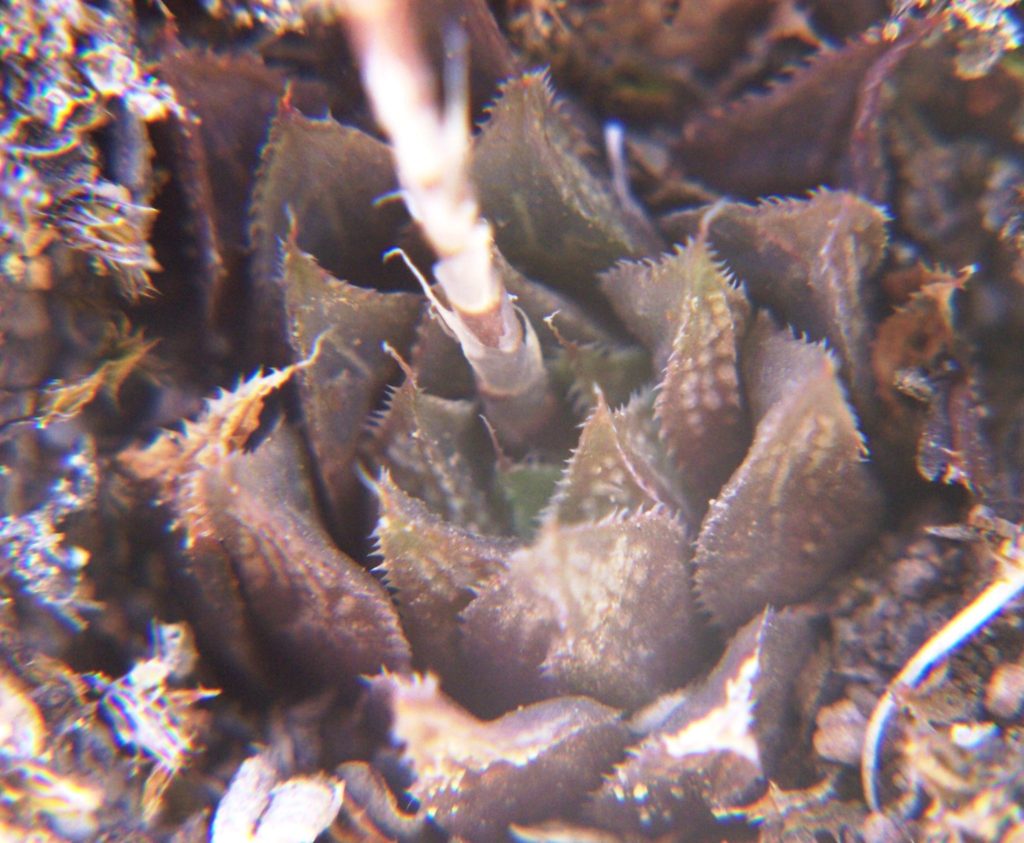
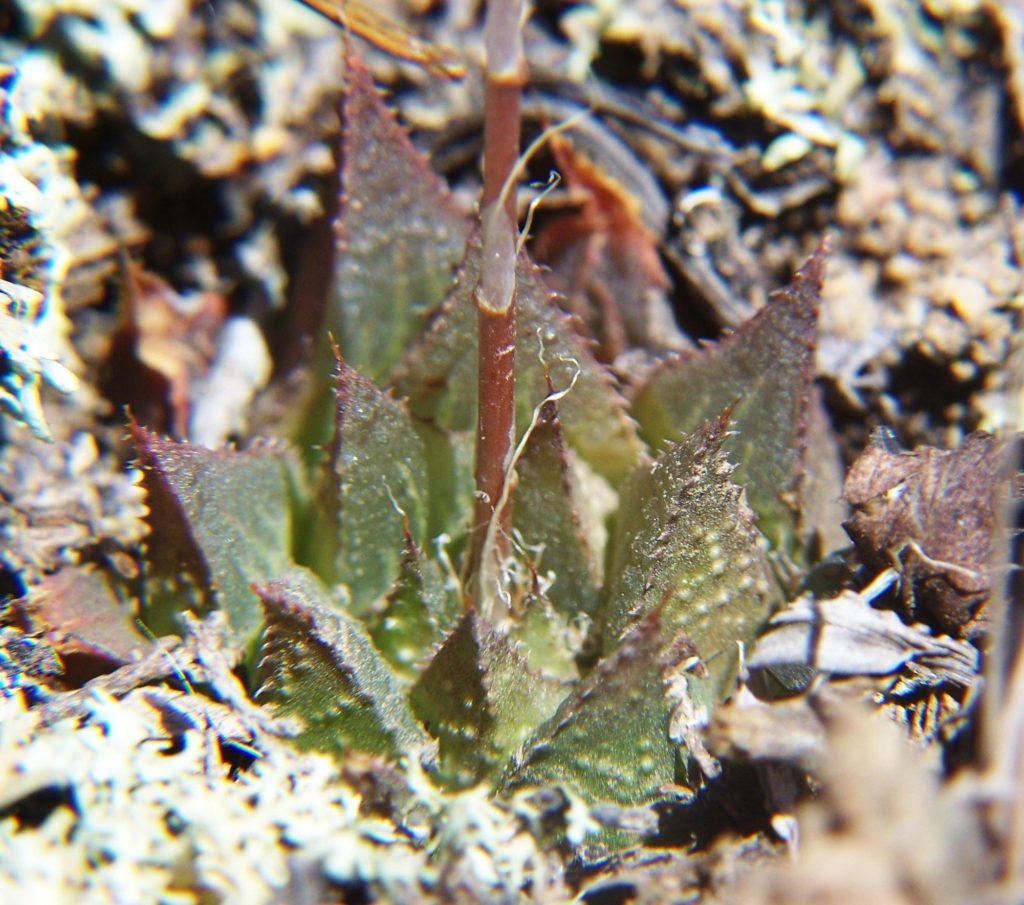
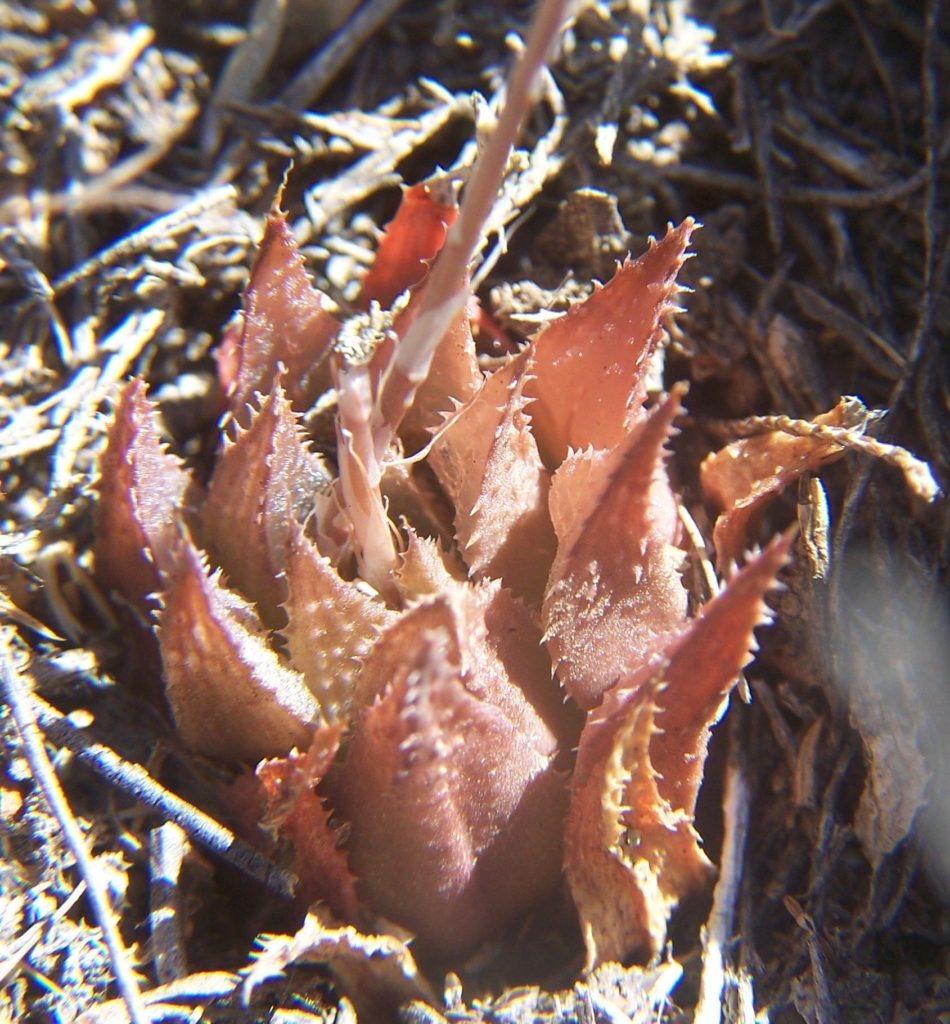
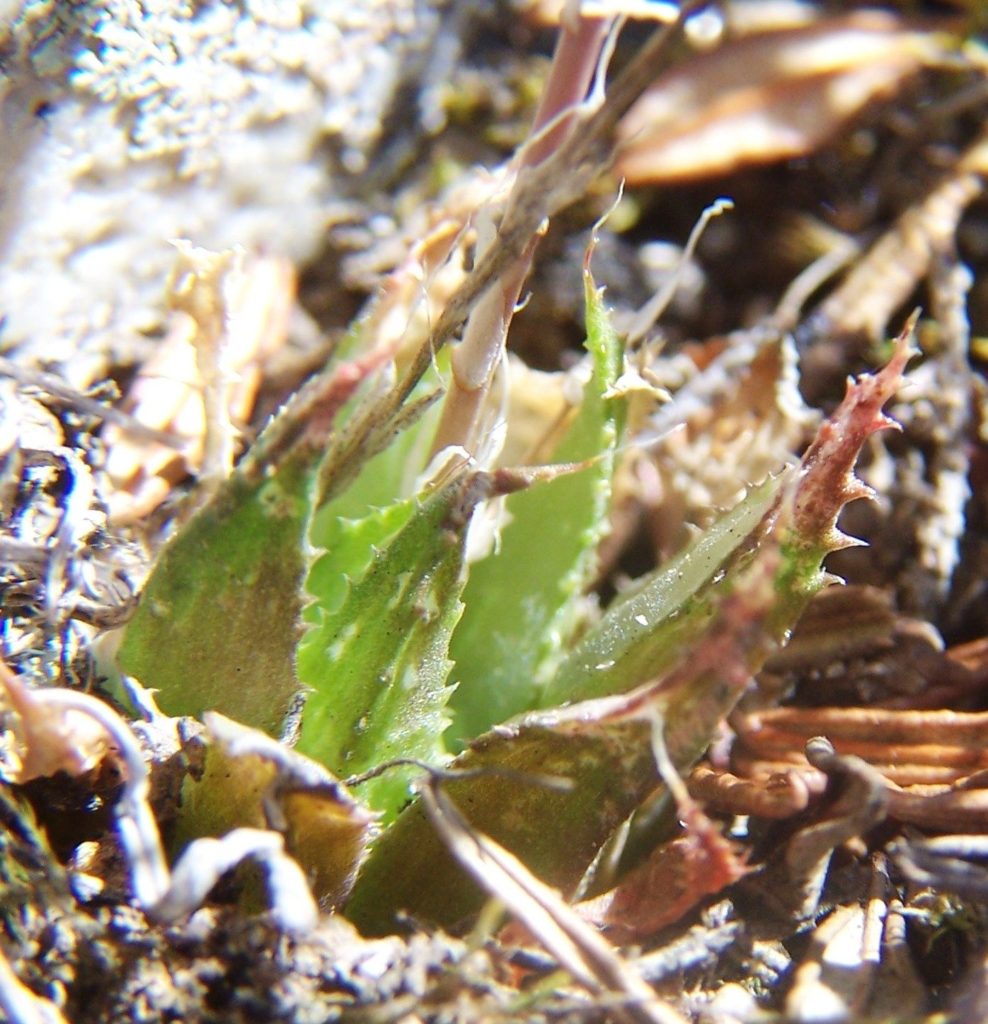
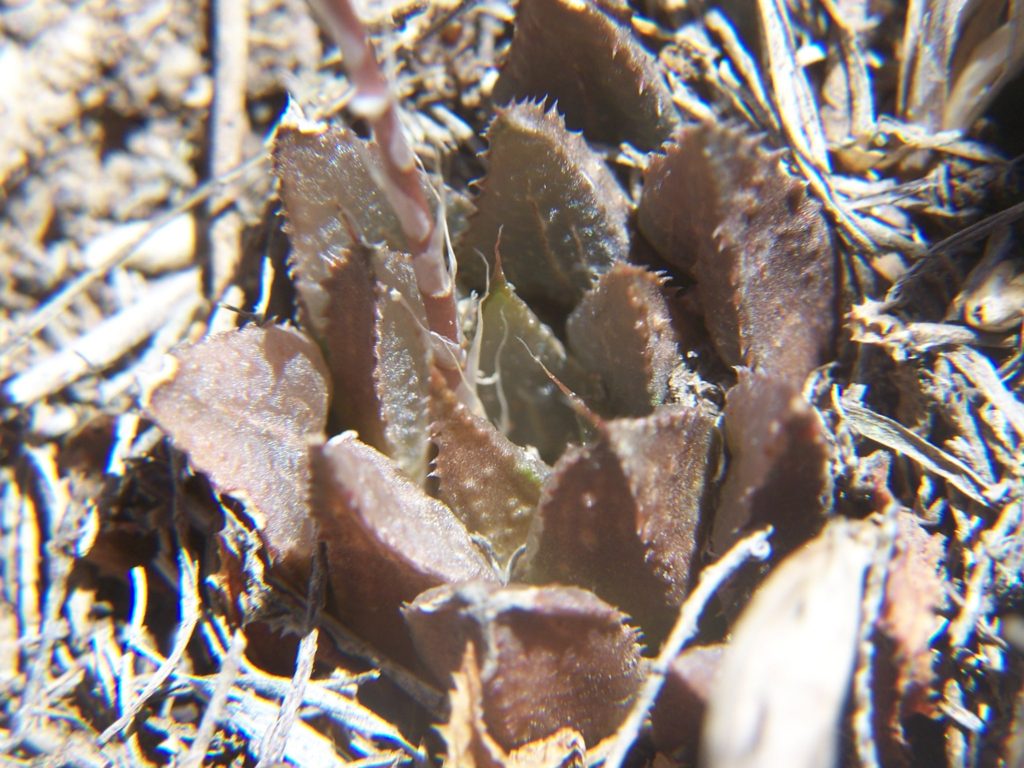
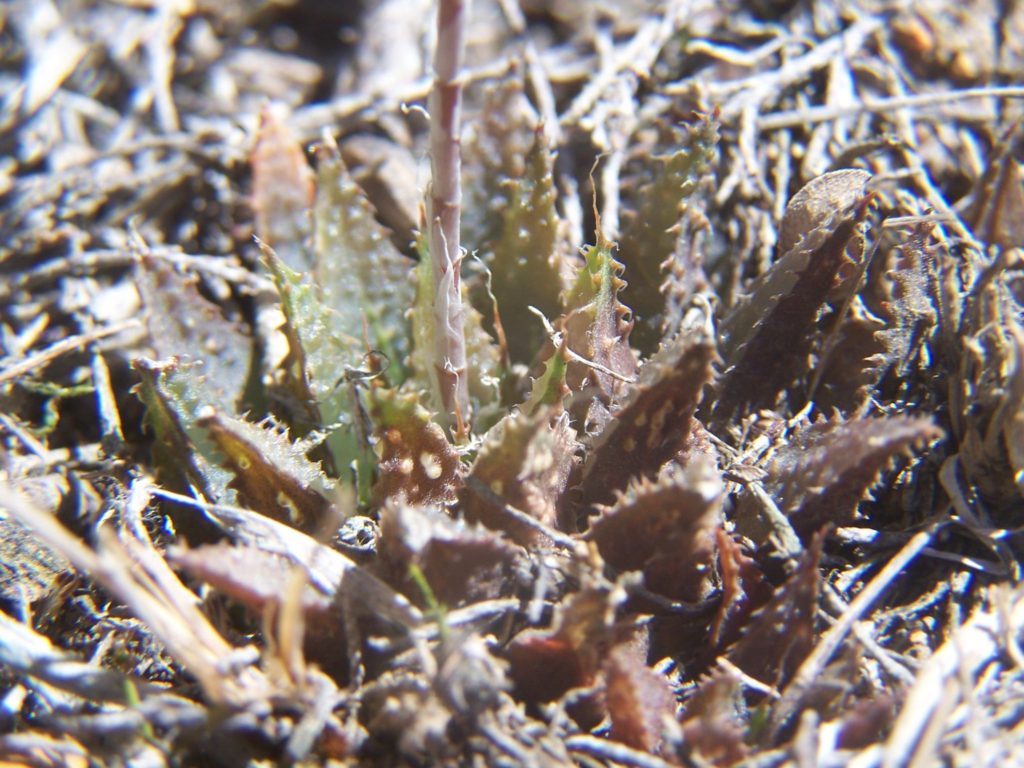
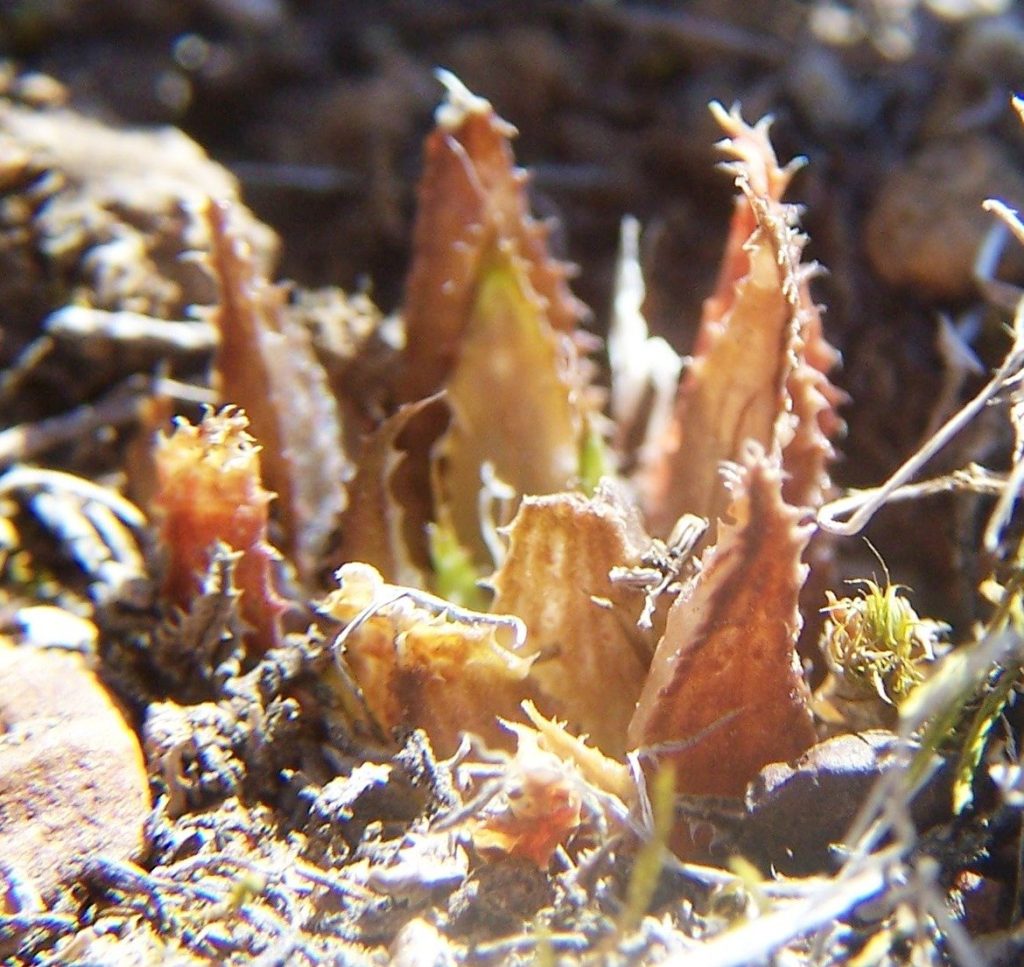
Moving about 1km further SE is this population that also demonstrates variability and the nature of population differences. This population is more magnificoid in that there is a tendency for retusion of the leaf, for more textured surfaces and for less translucency coupled with more blackish-green coloration.
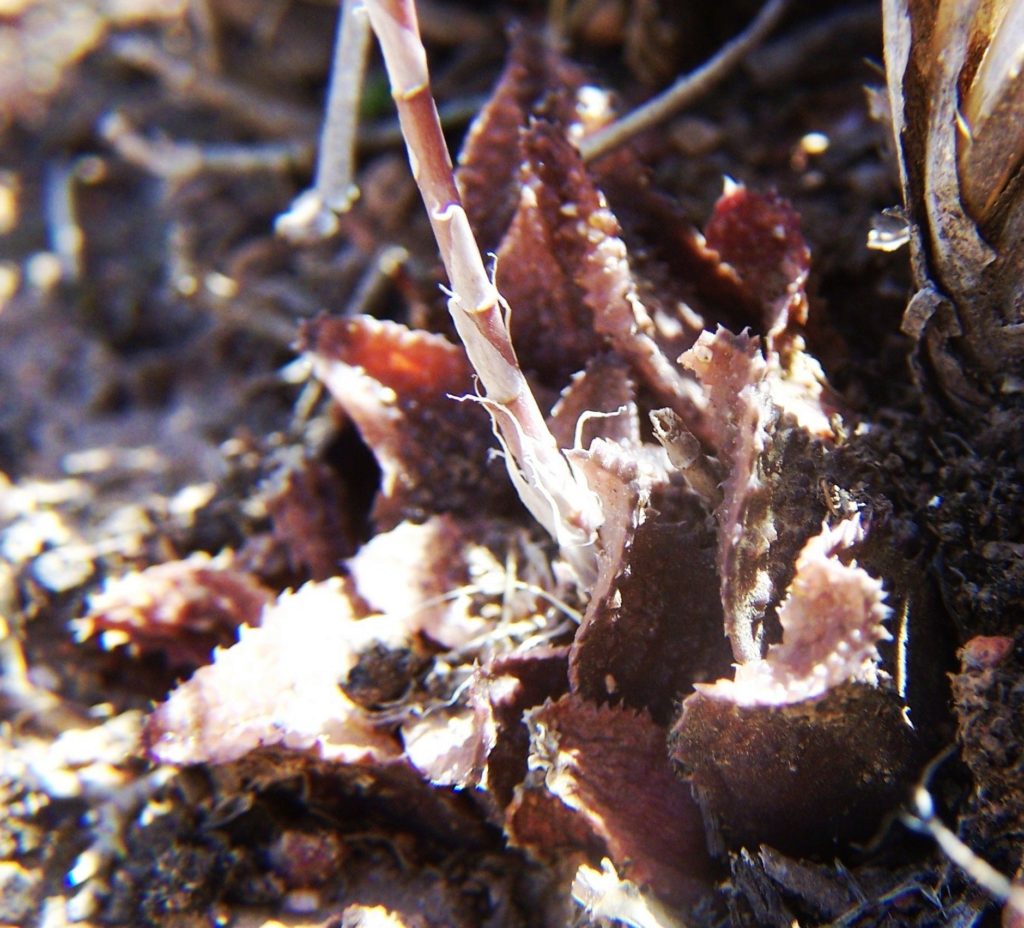
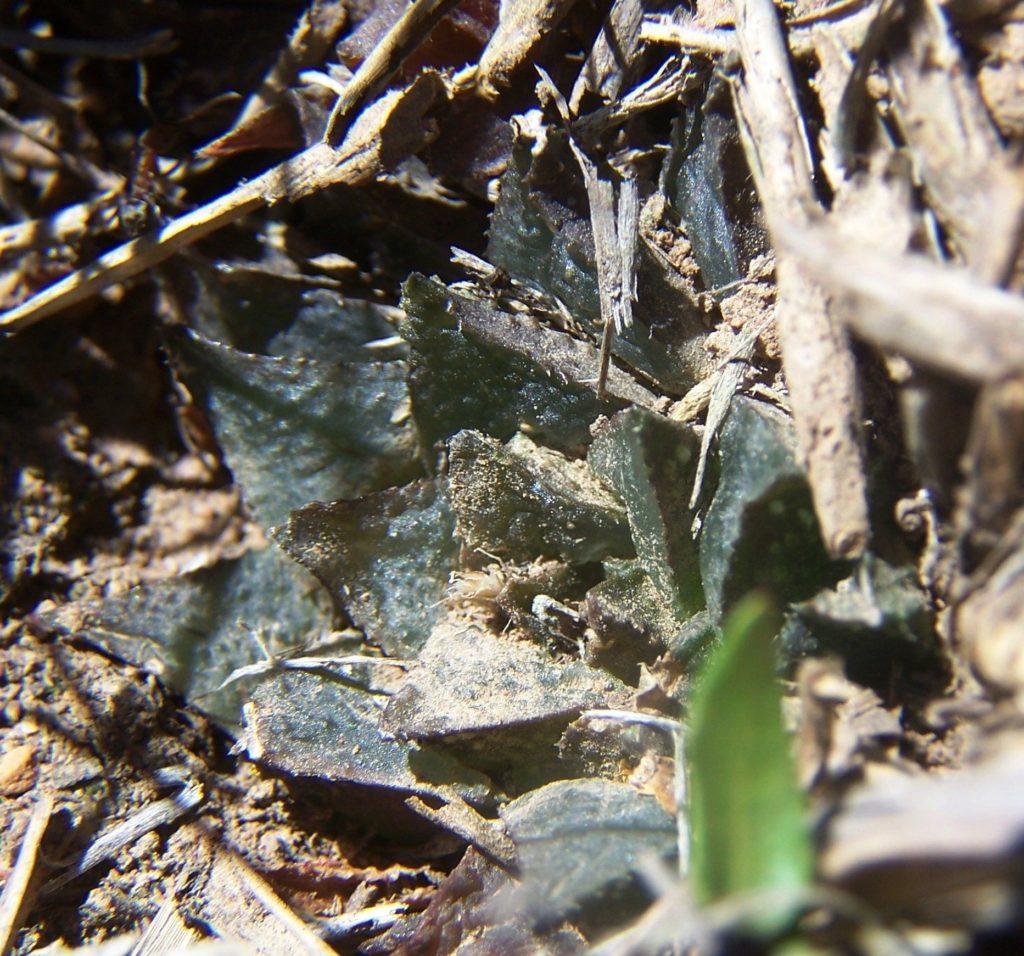
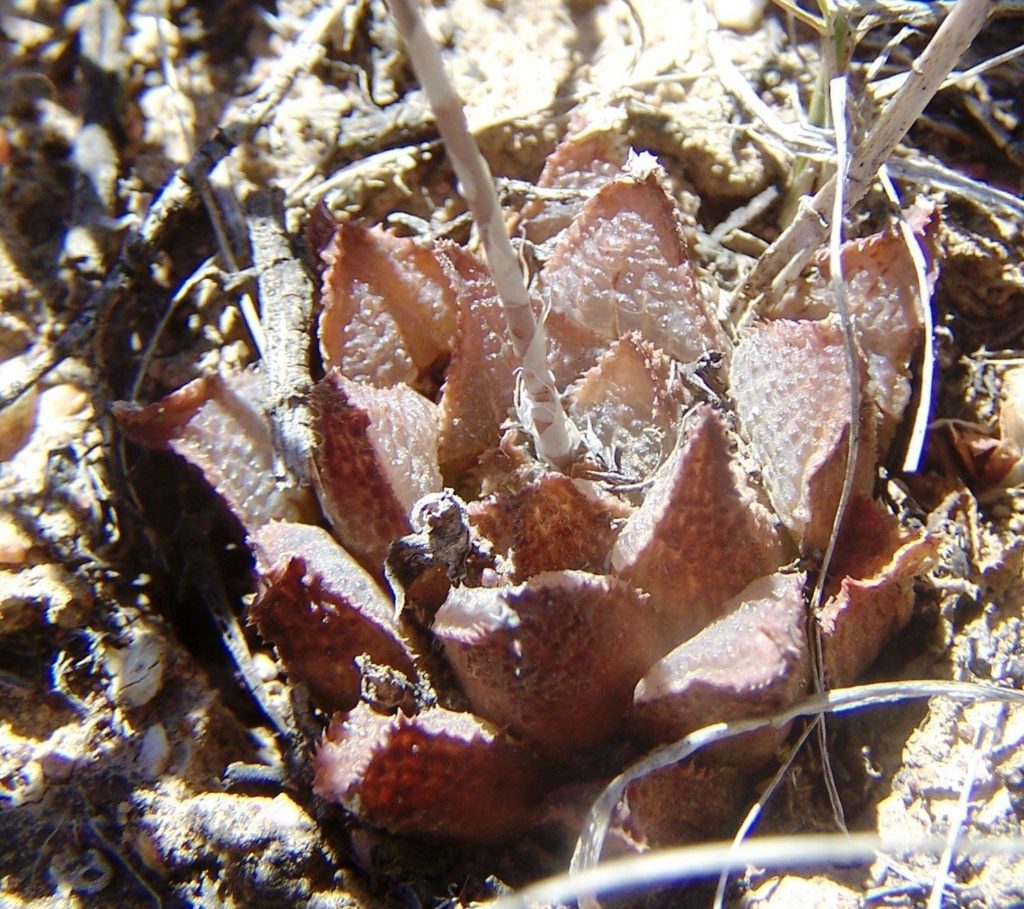
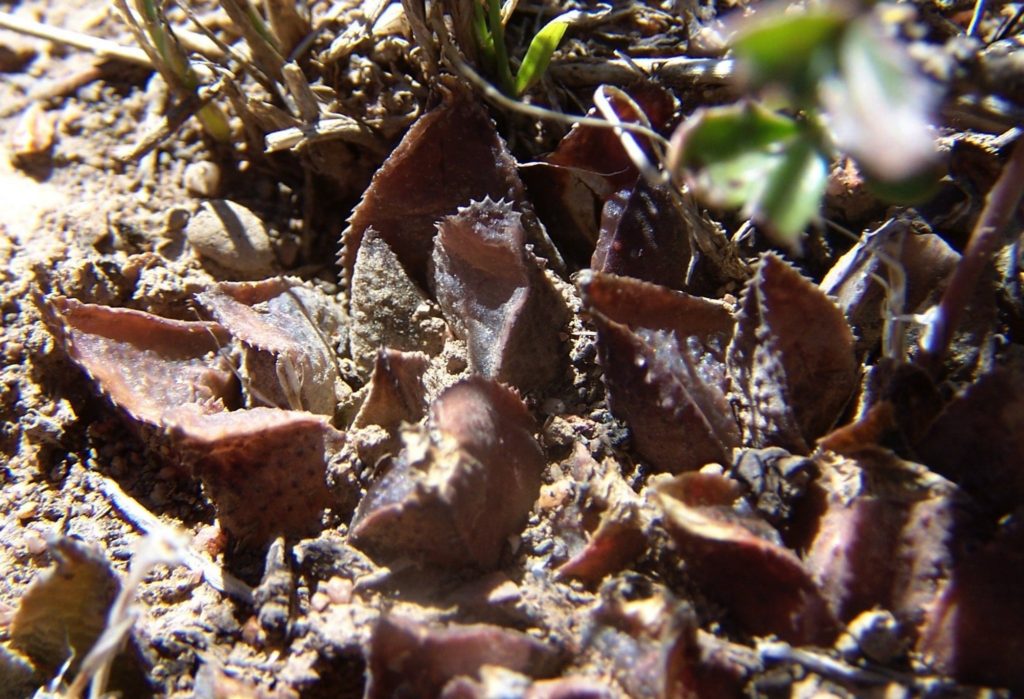

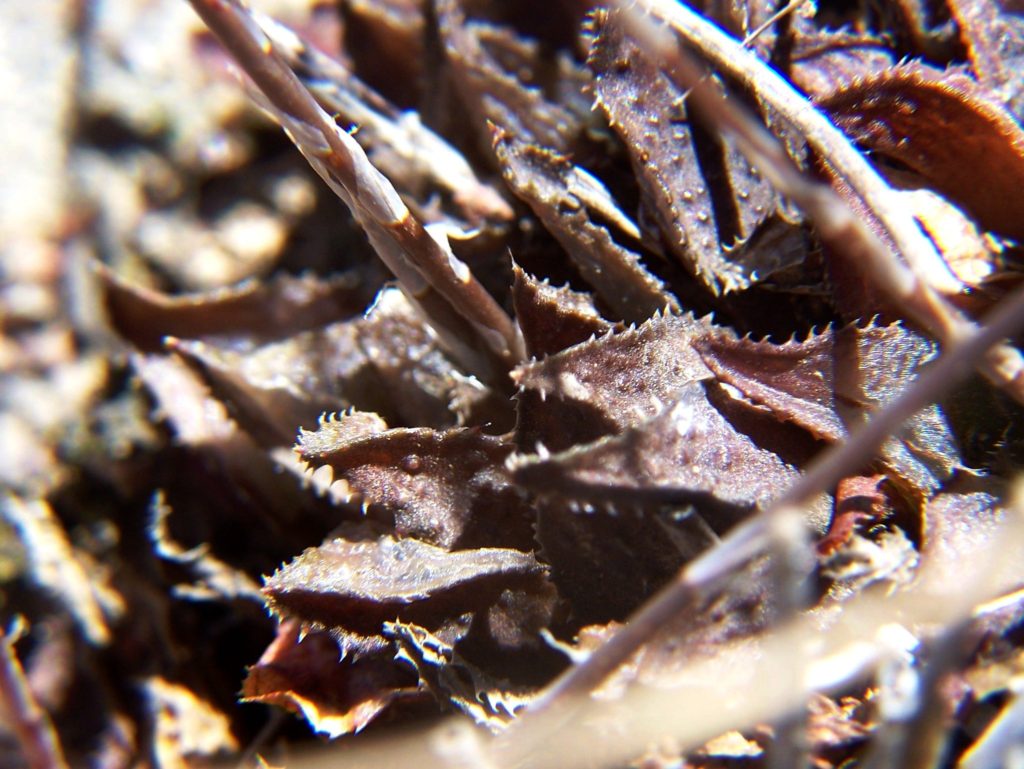
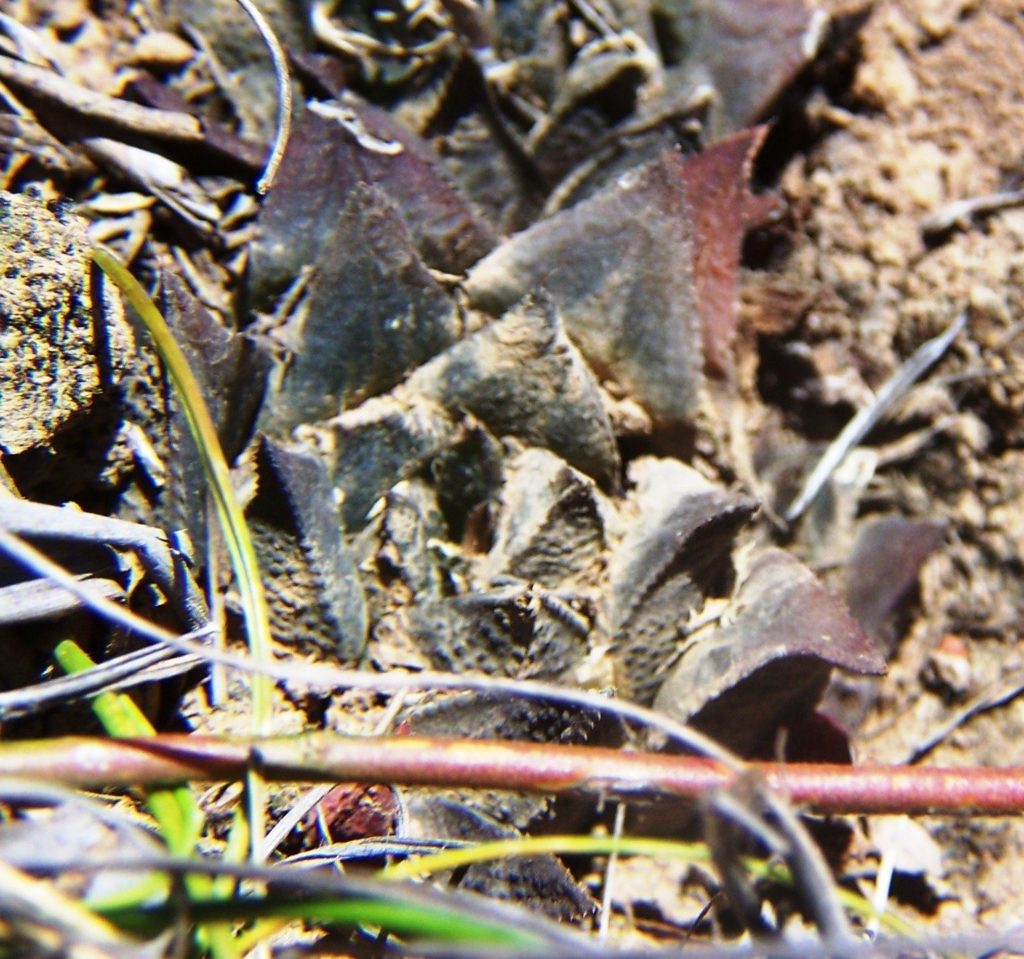
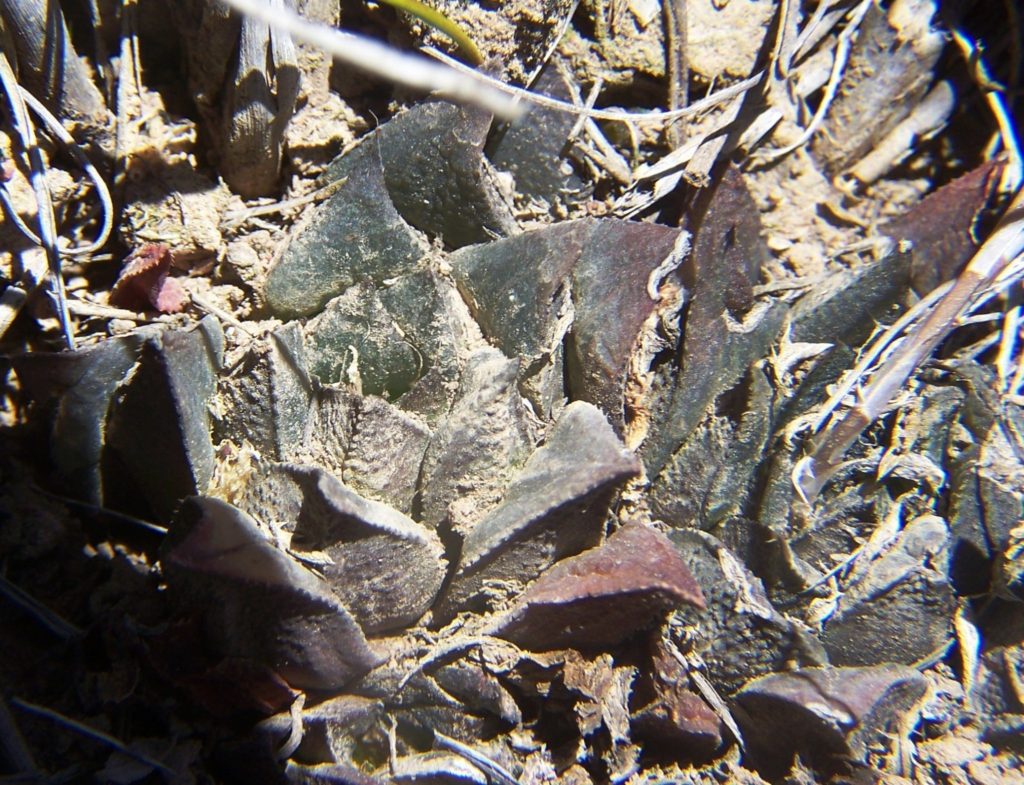
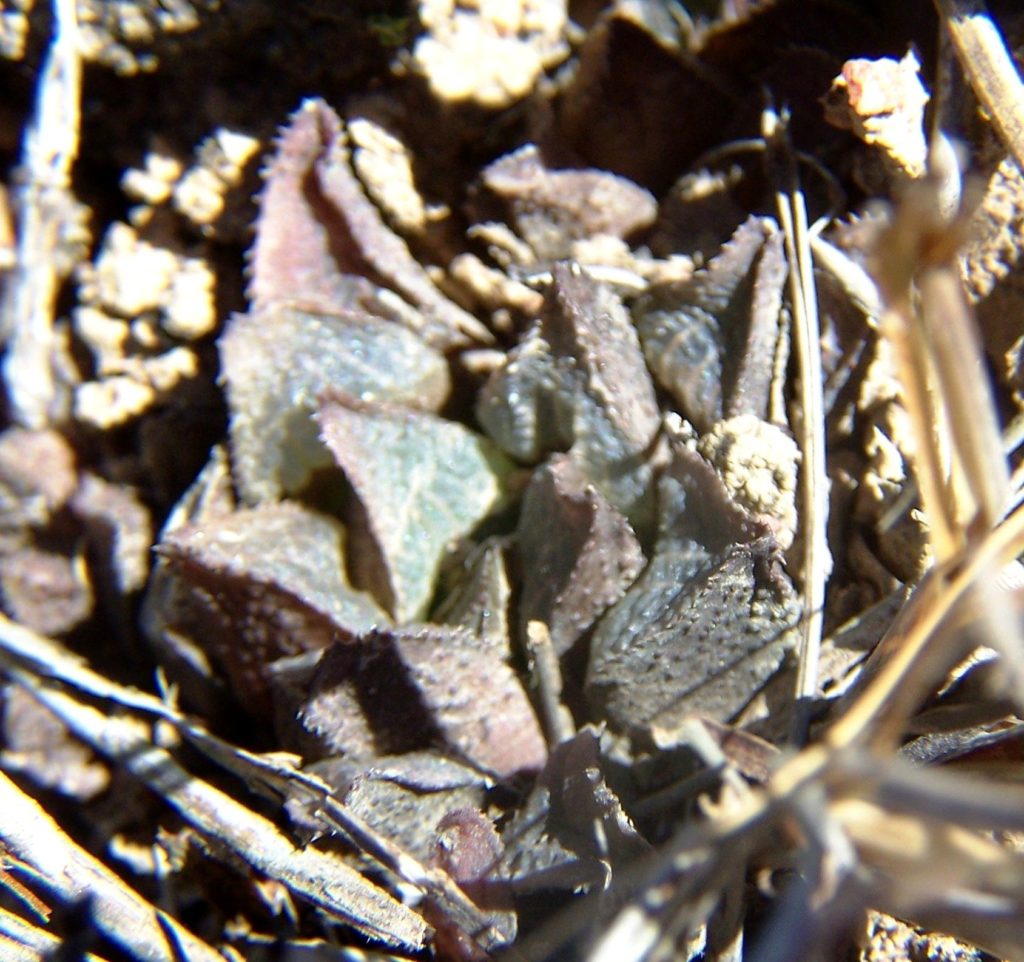
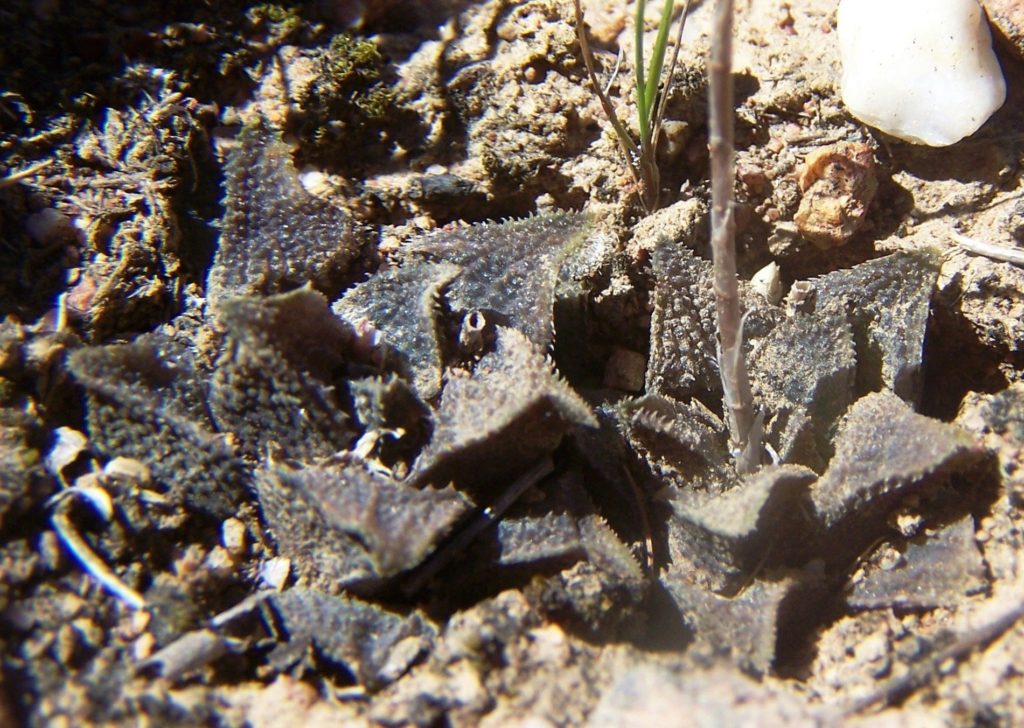
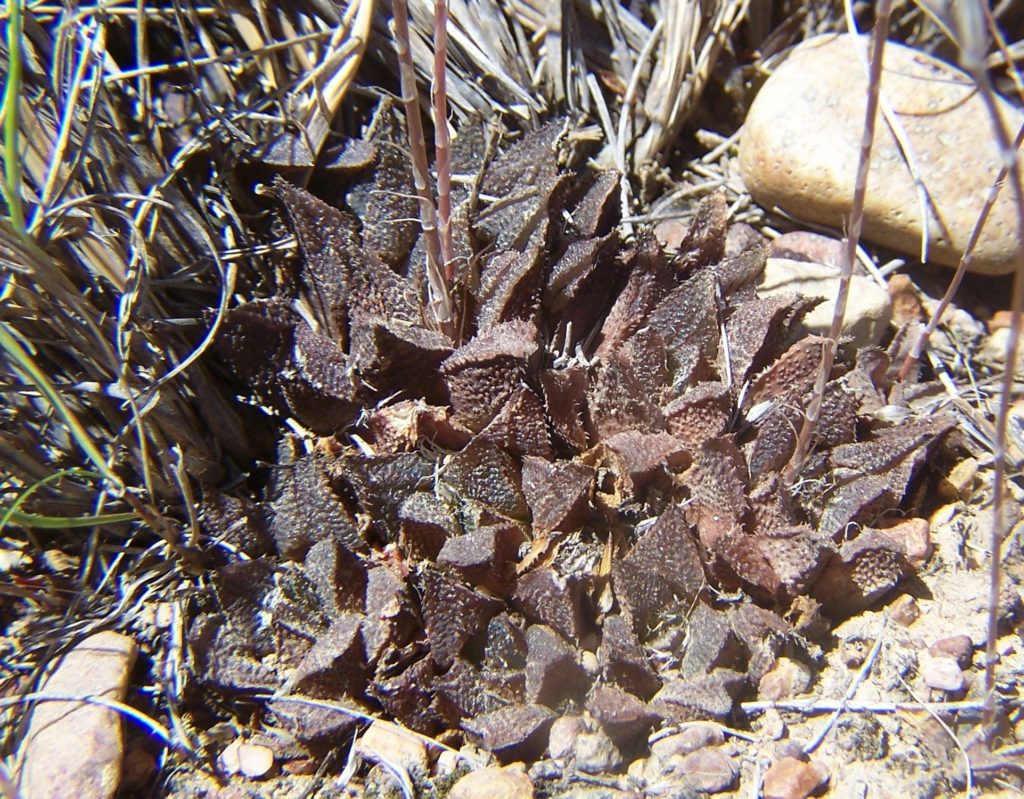

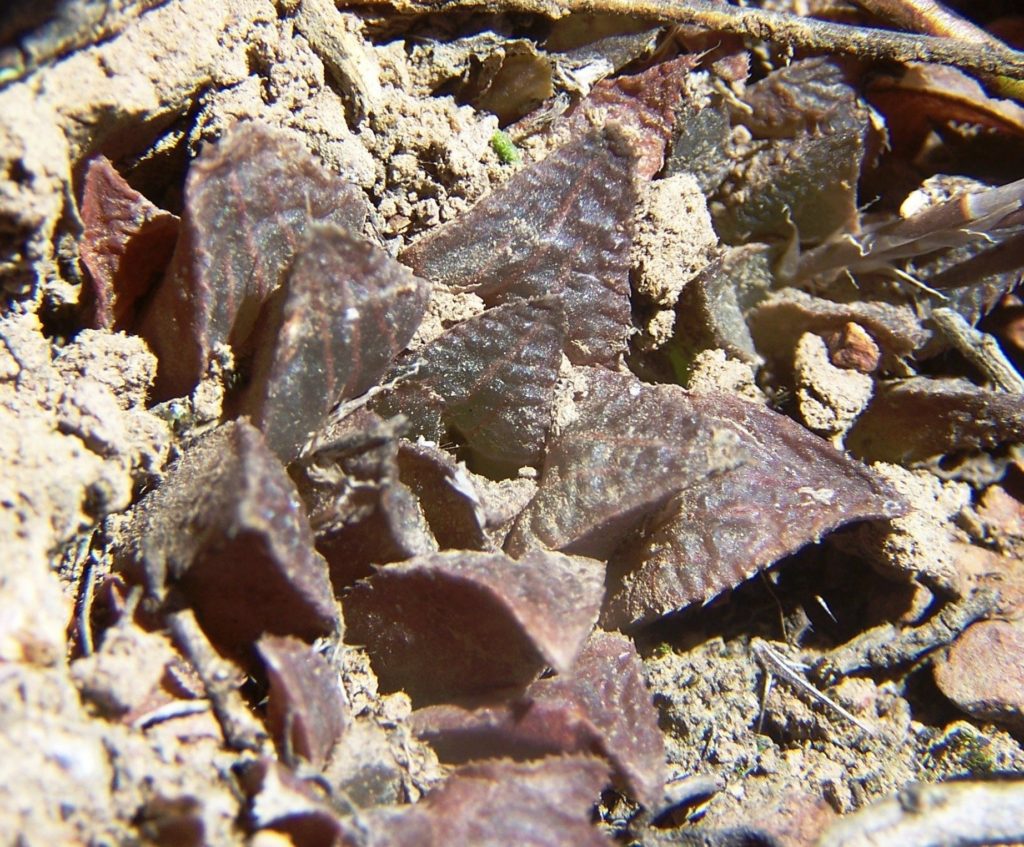
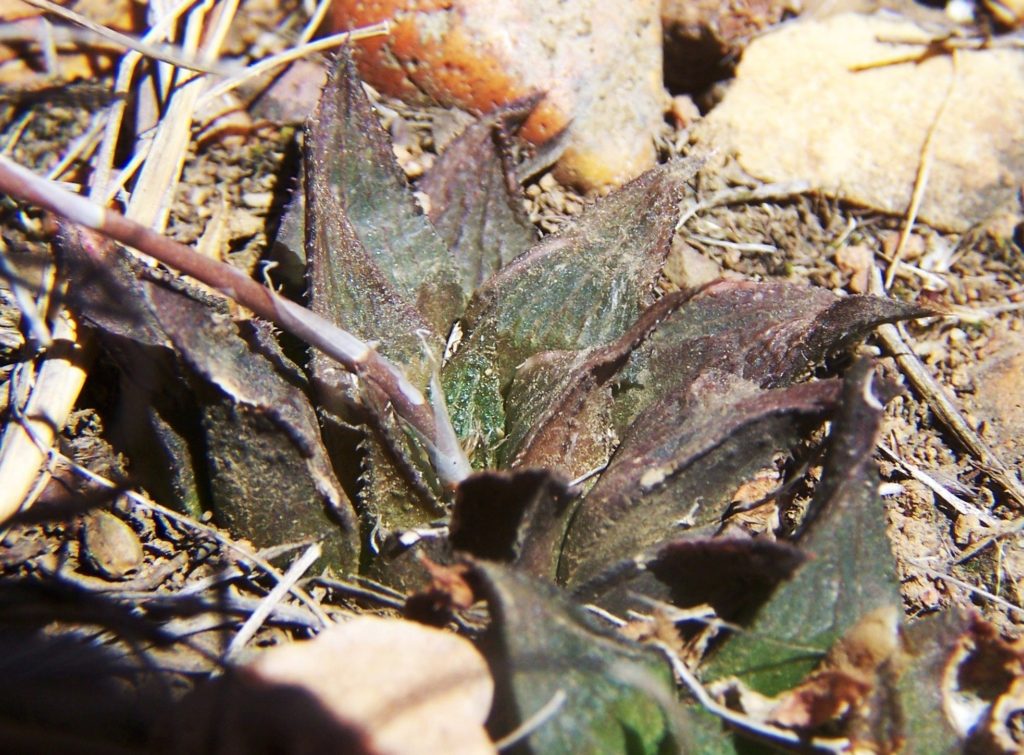
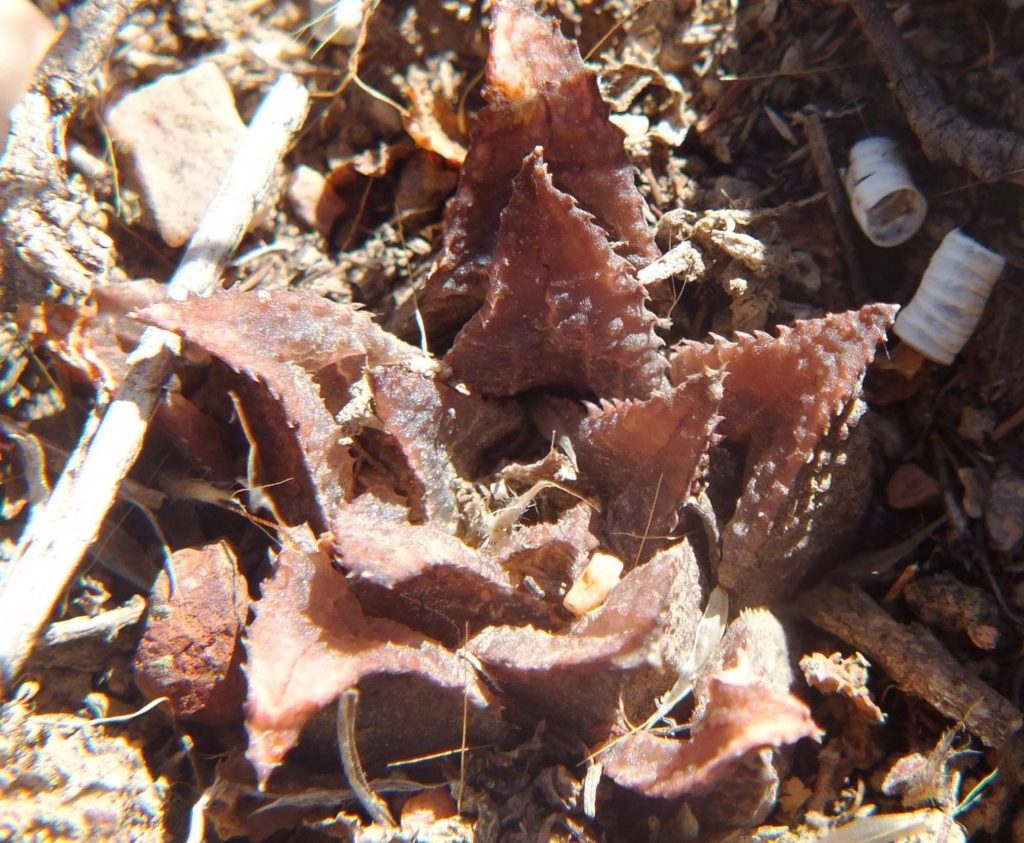

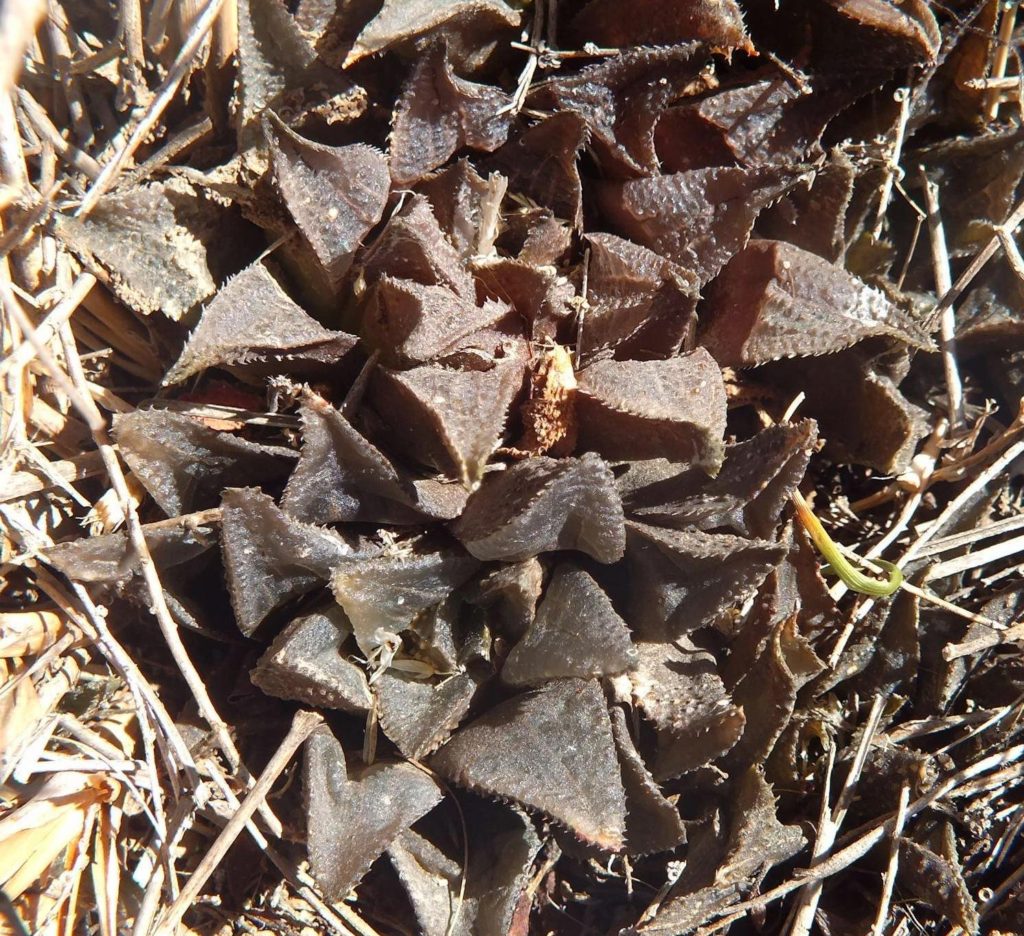
Before continuing with ‘heidelbergensis‘ just look at these magnifcoid/atrofuscoids from west of Riversdale where there is no turgida. Different habitats and also it is the retusoid version that does occur just here but infrequently.

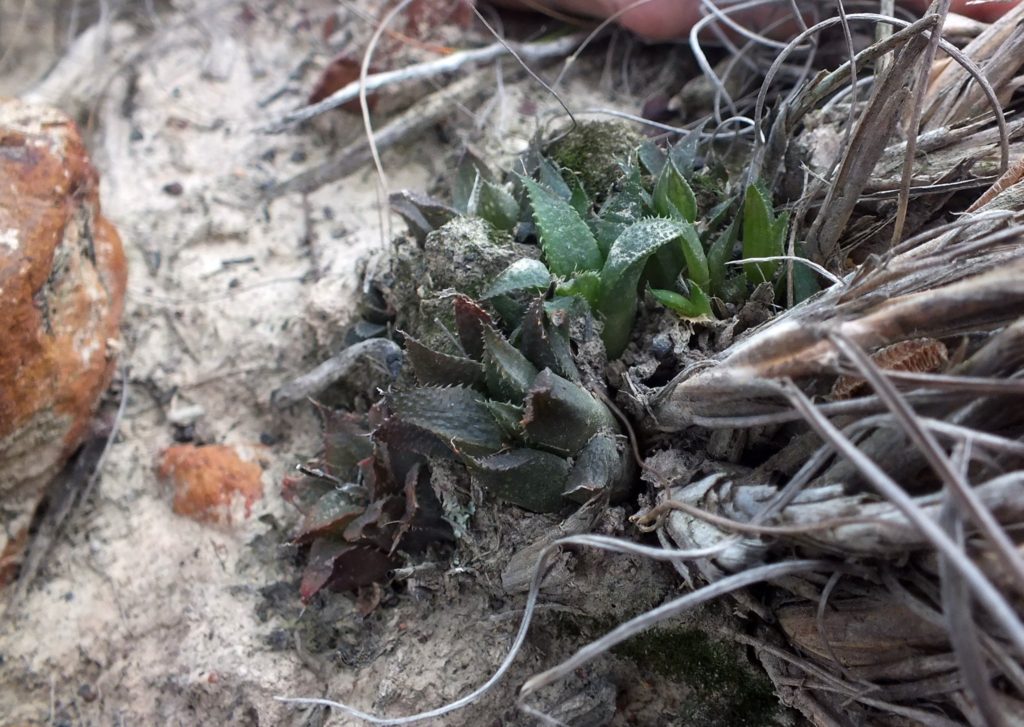
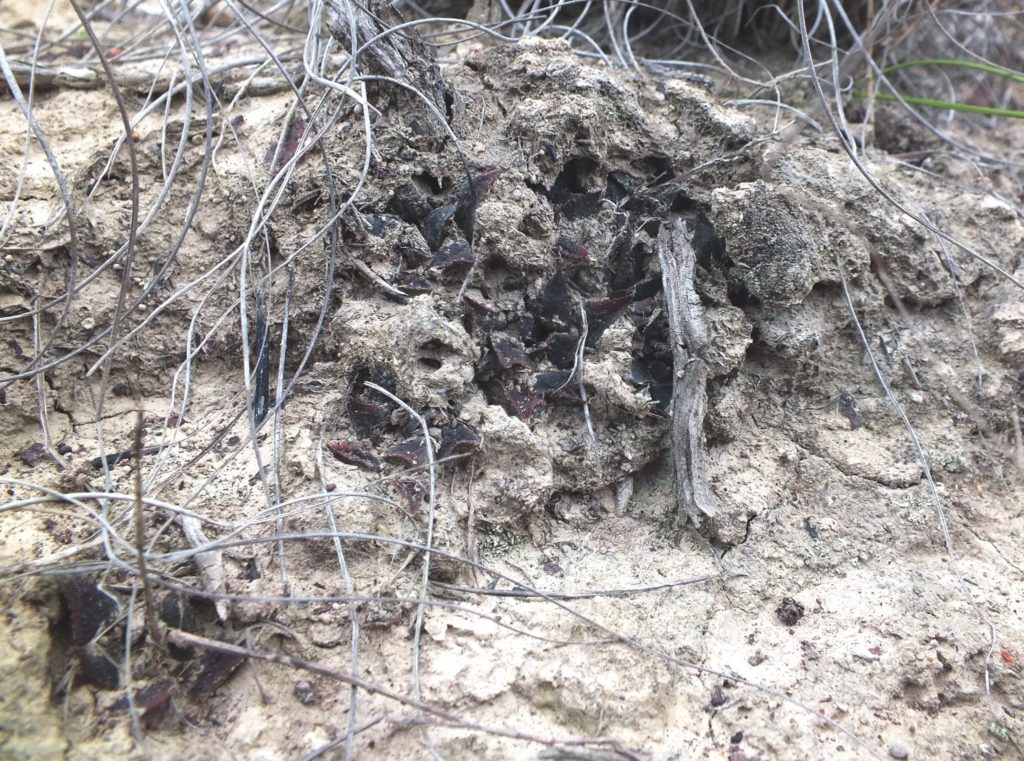
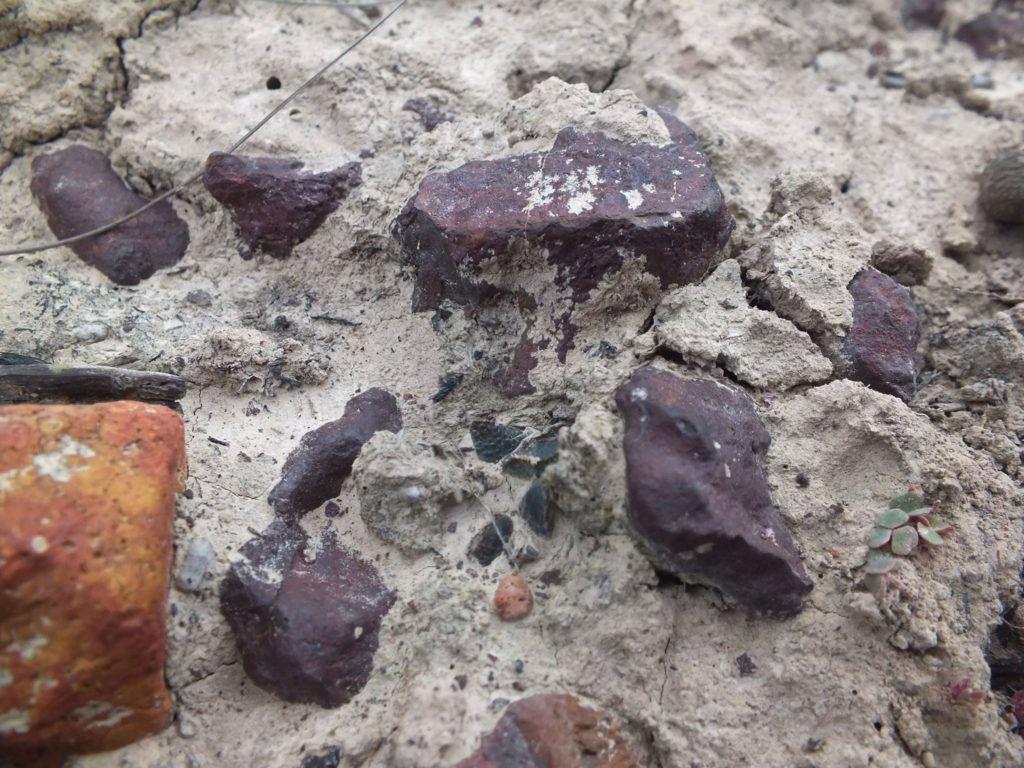
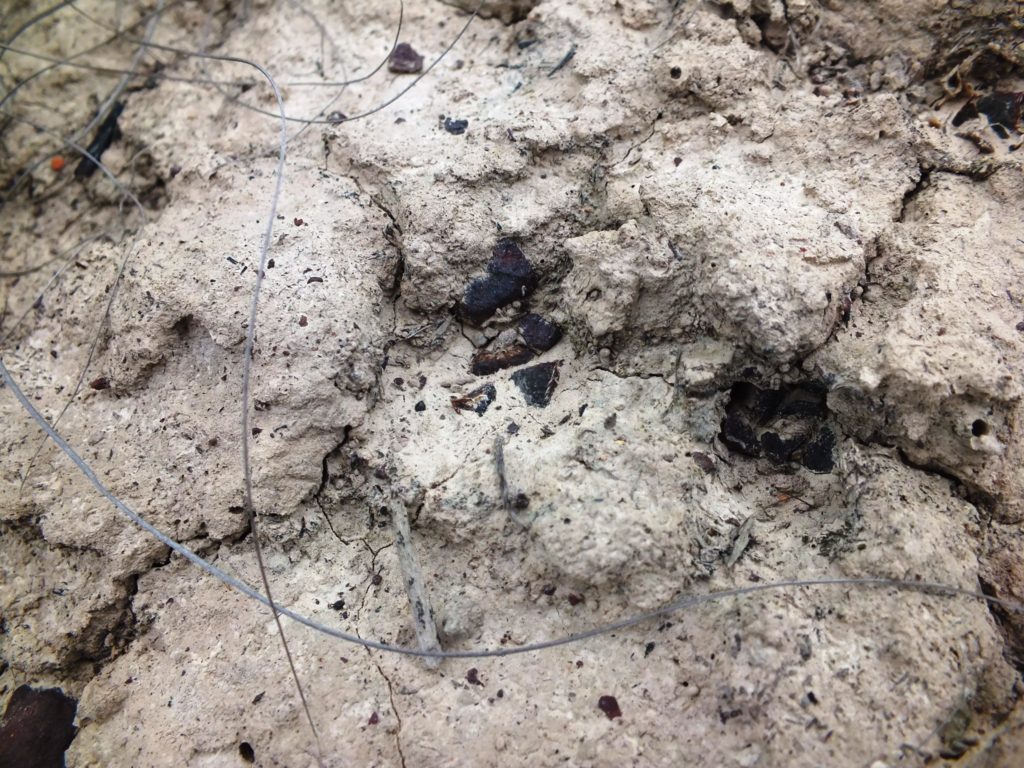
These non-descript mirabiloids also from west of Riversdale can only roughly be distinguished from what I refer to as Heidelbergensoids. They occur from well east of Riversdale all the way to north of the Potberg, Bredasdorp, Riviersonderend, into the Worcester/Robertson area to south of Worcester, to Ashton, Robertson and then into the Little Karoo at Montagu and Barrydale. If you scrambled different quantities of varied colour thick paints on a board and scratched them around with a stick, heidelbergensis would appear as a thin web within the middle of the outcome.
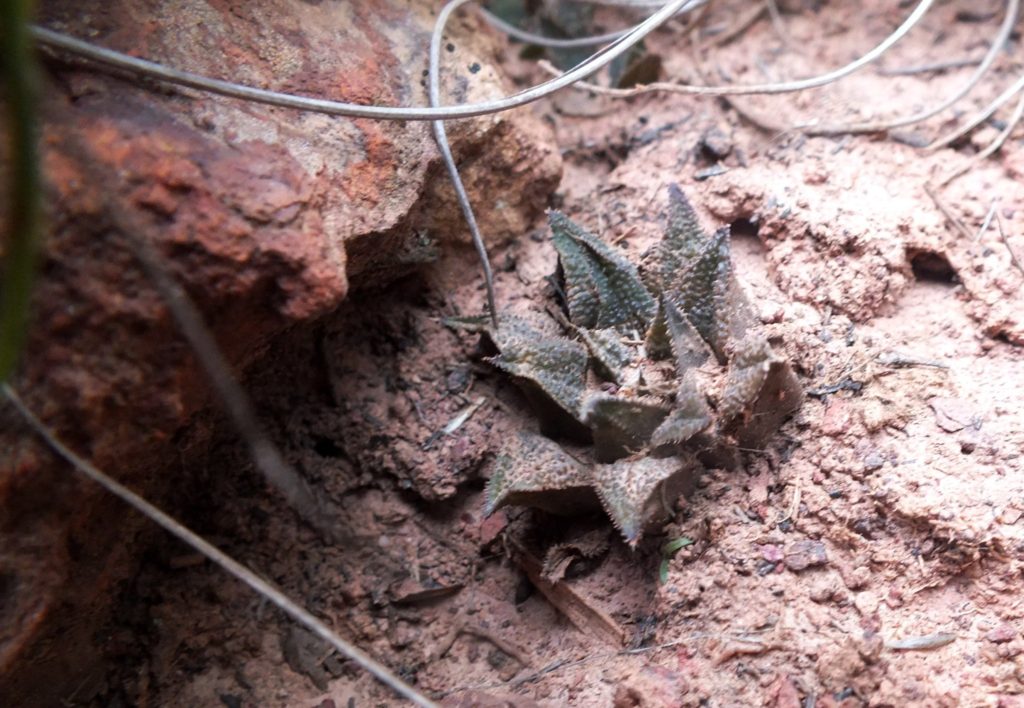

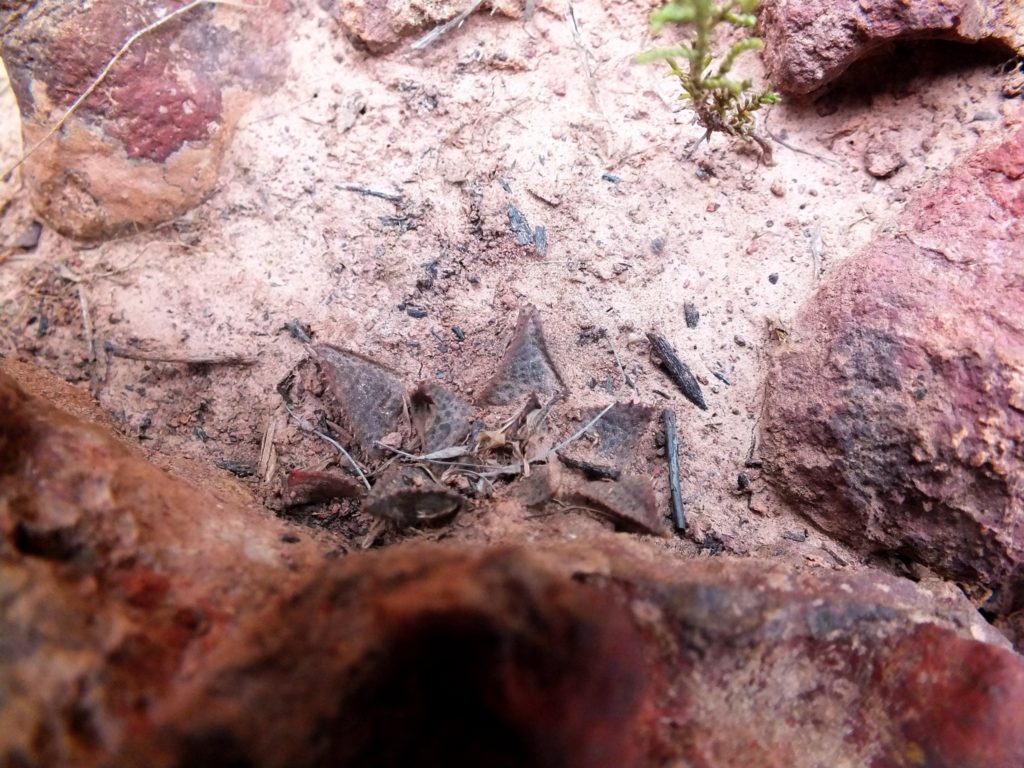




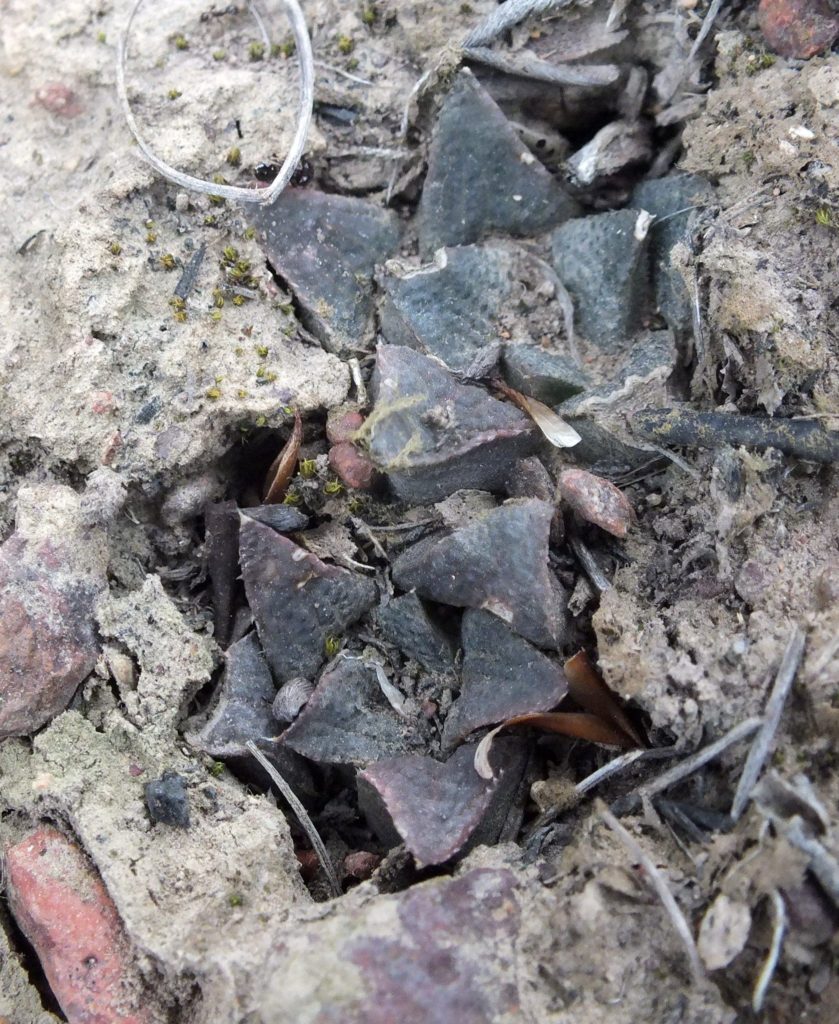
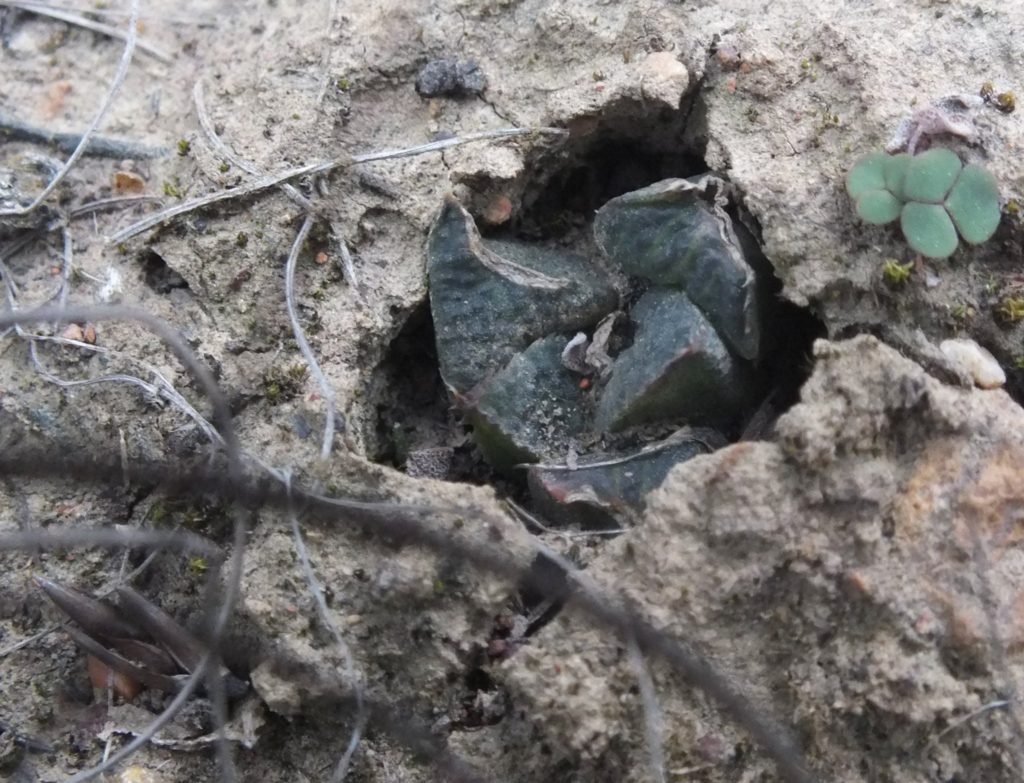
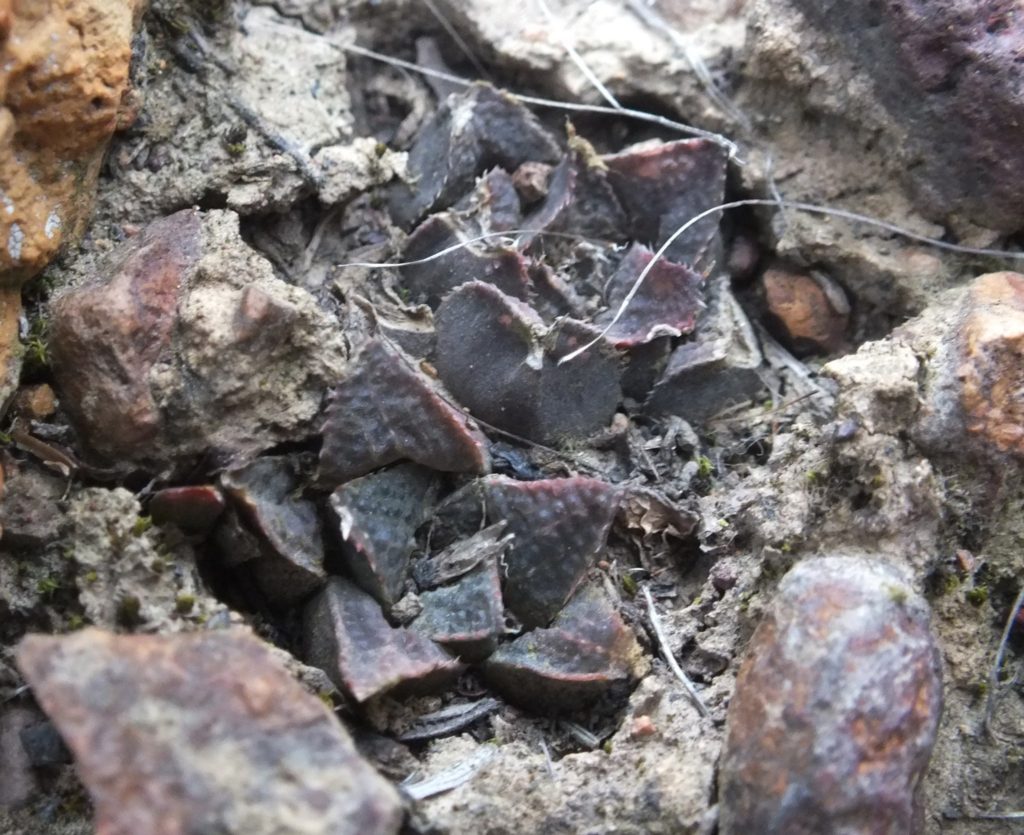
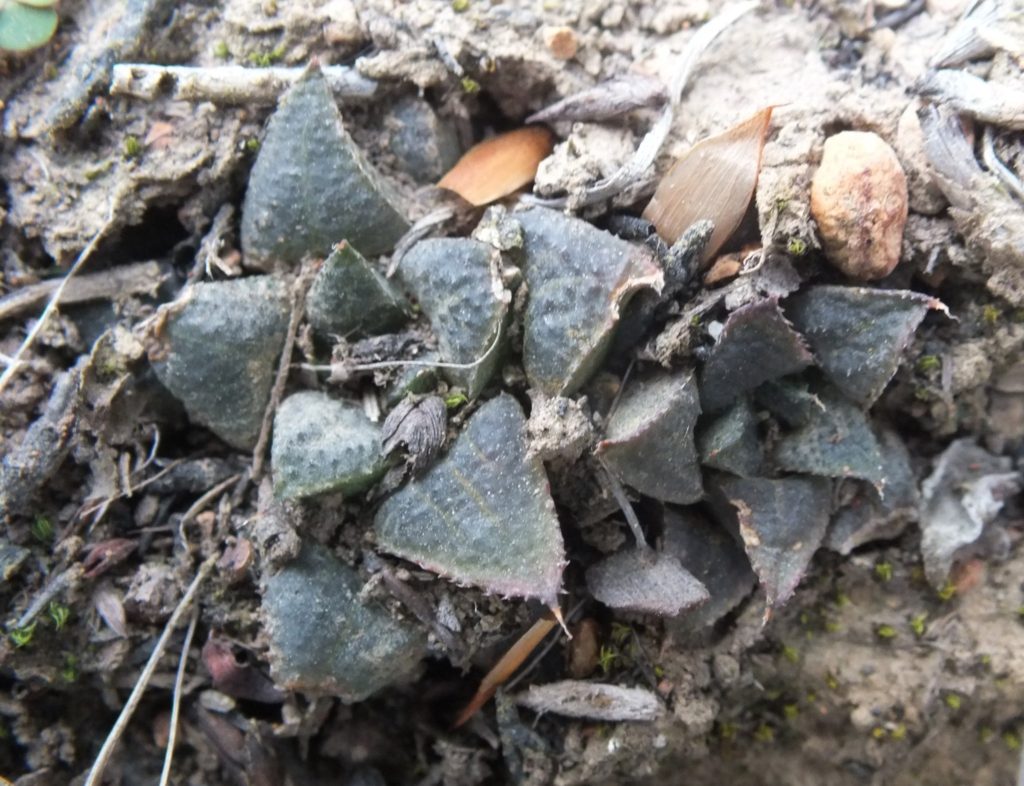
In my Revision I recognised 4 varieties of heidelbergensis and this was really because I did not know what to do with these troublesome variables. Twenty five years later and with a lot more information, I can only consider a sensible explanation to be that they are part and parcel of a single system viz. H. mirabilis (and of course intimately linked to retusa/turgida). Here are two pictures of my first var. toonensis from SW Heidelberg. Unfortunately only two cultivated specimens and no idea of variation, but there is a lot better to come. Essie may have more because these are down the Slangriver that he knows well. What is so valuable about Essies conclusions is that he has arrived there on the basis of a wholly different set of populations and individual plants – and without herbarium support or influence.
